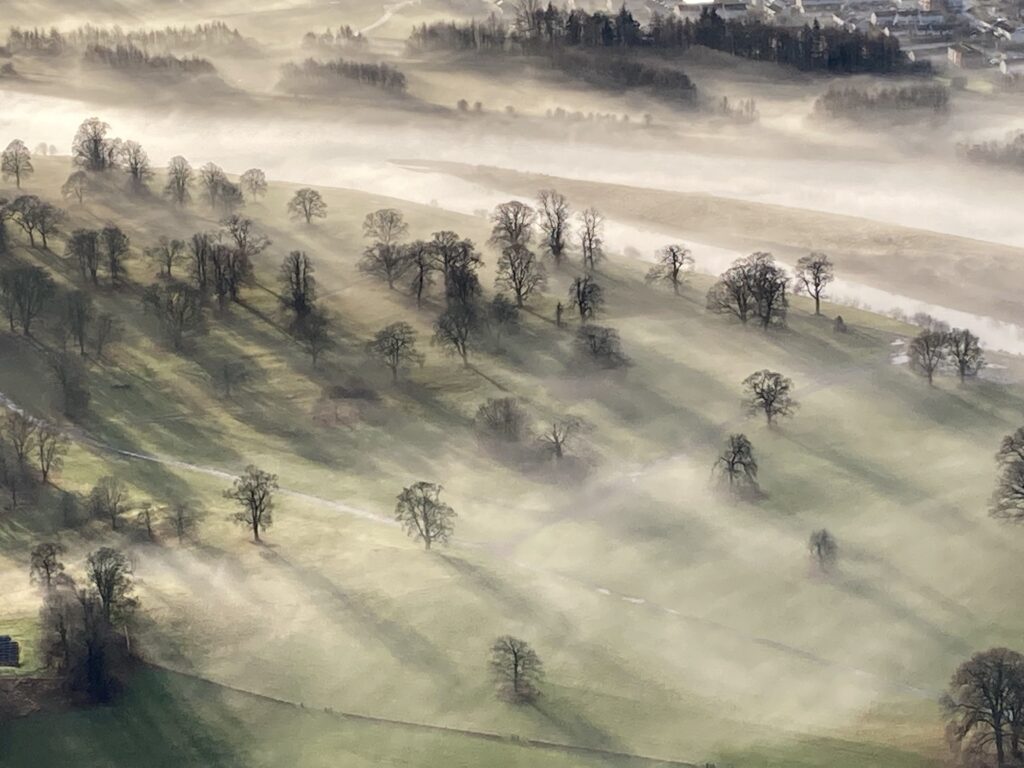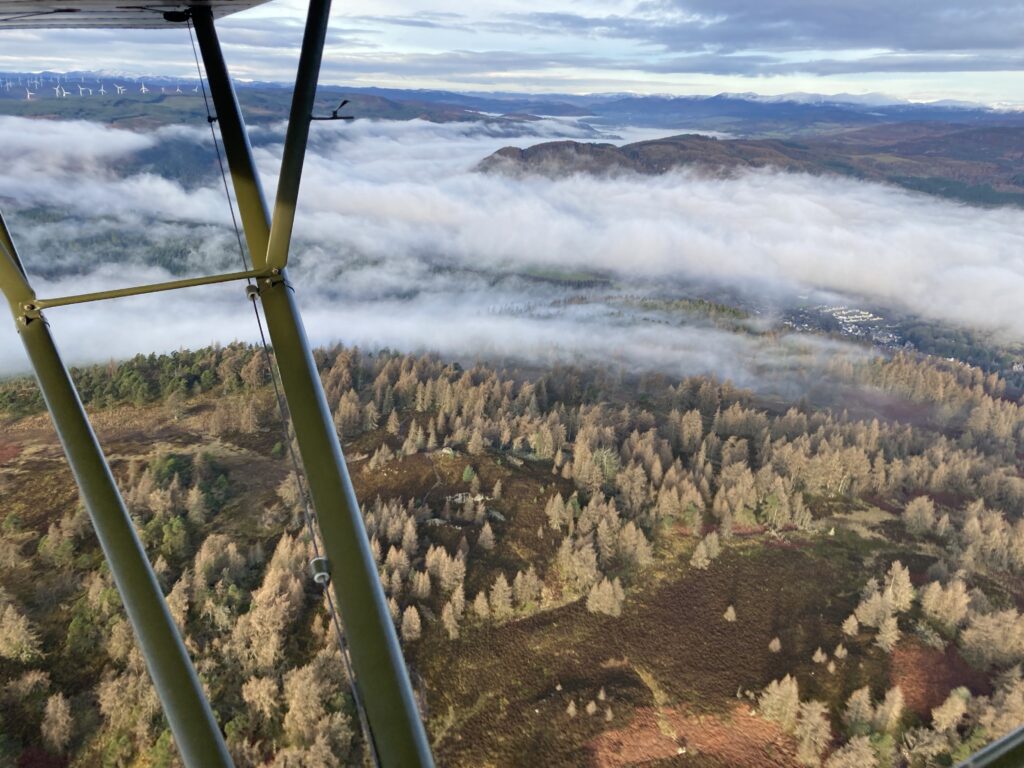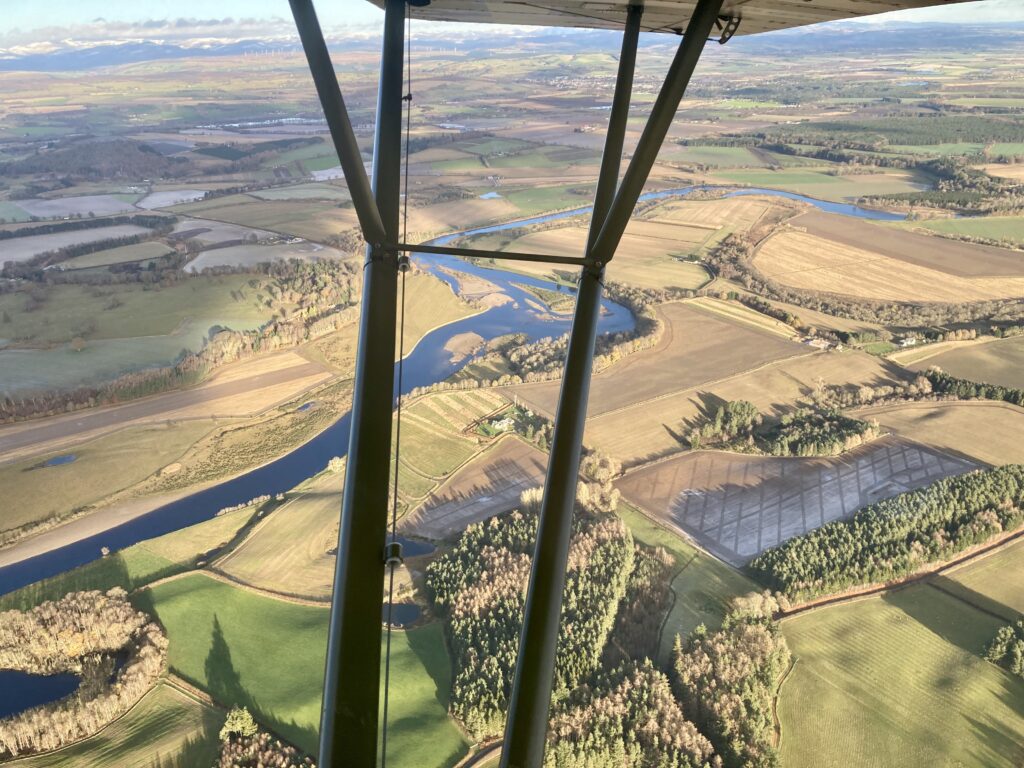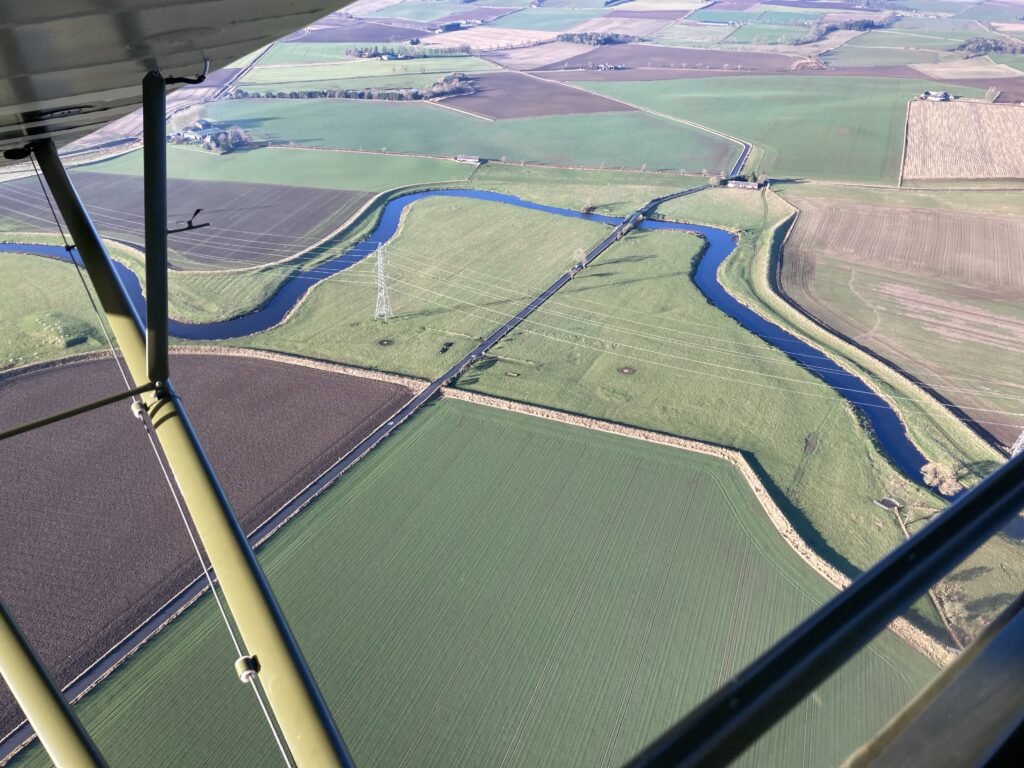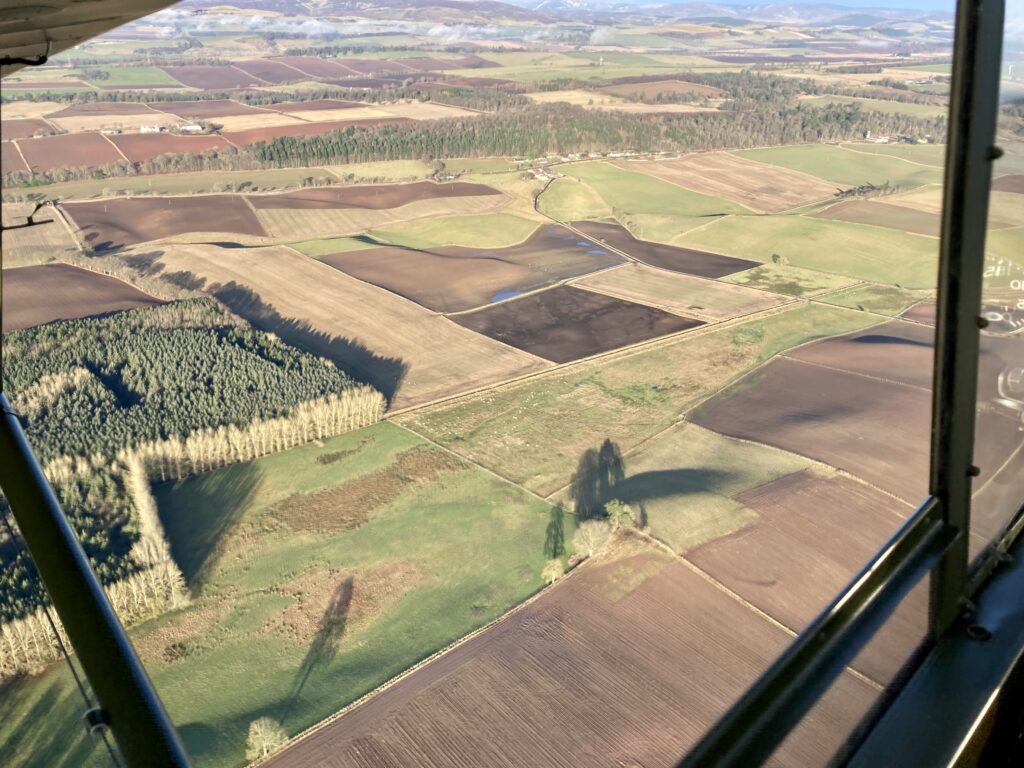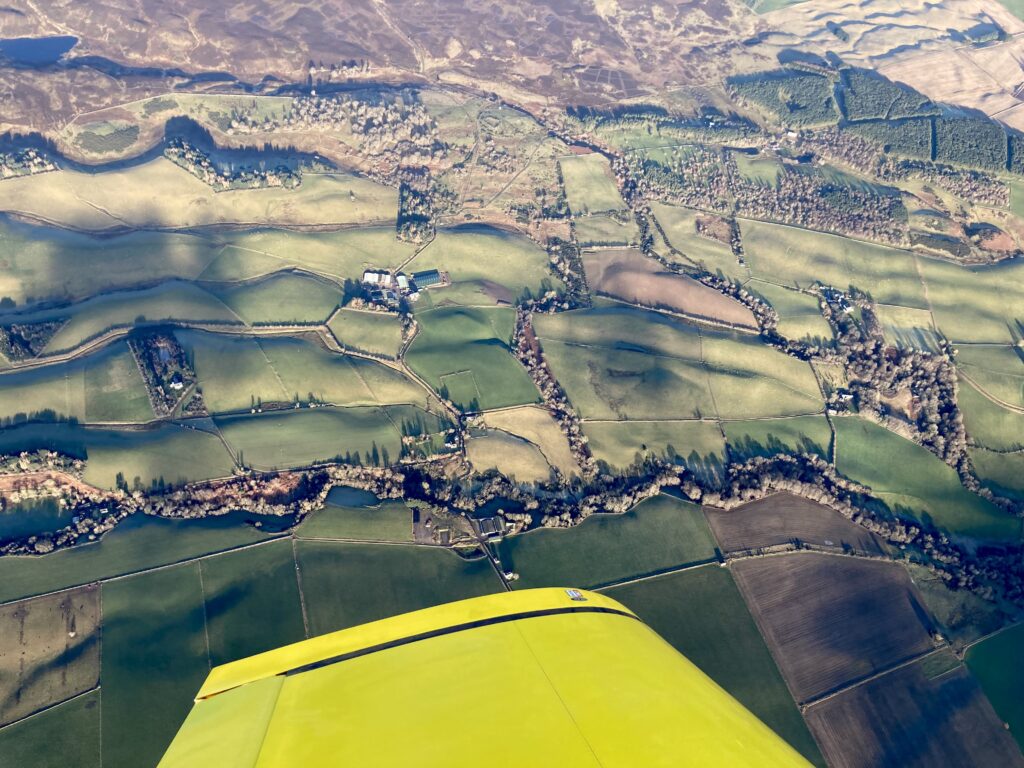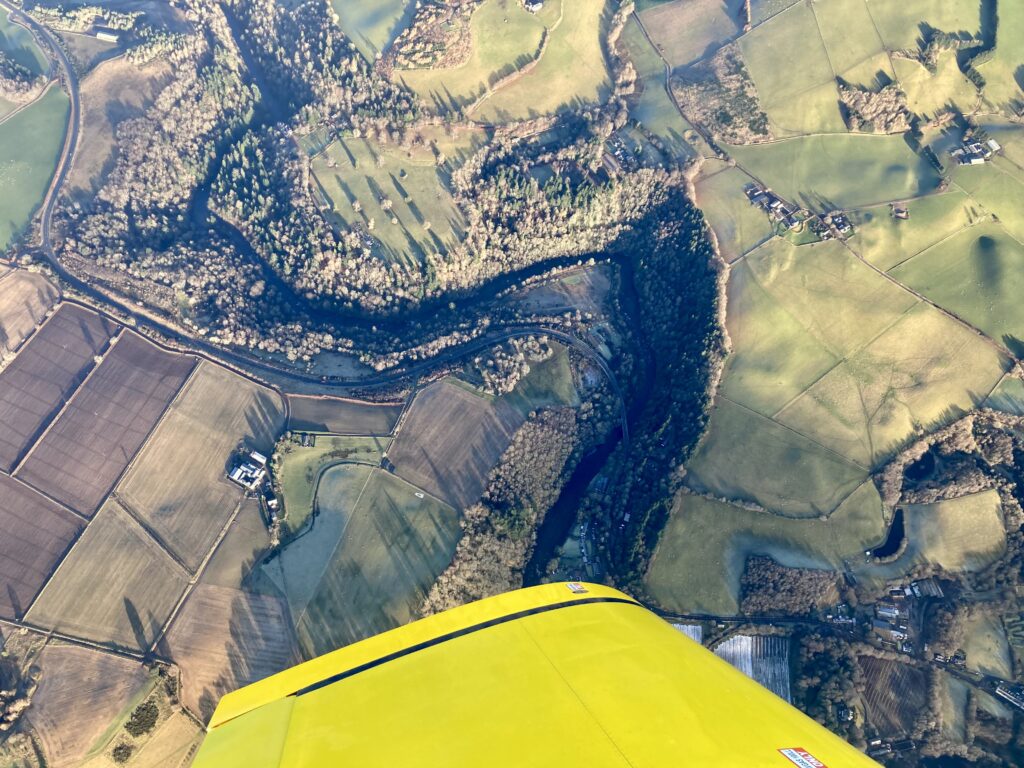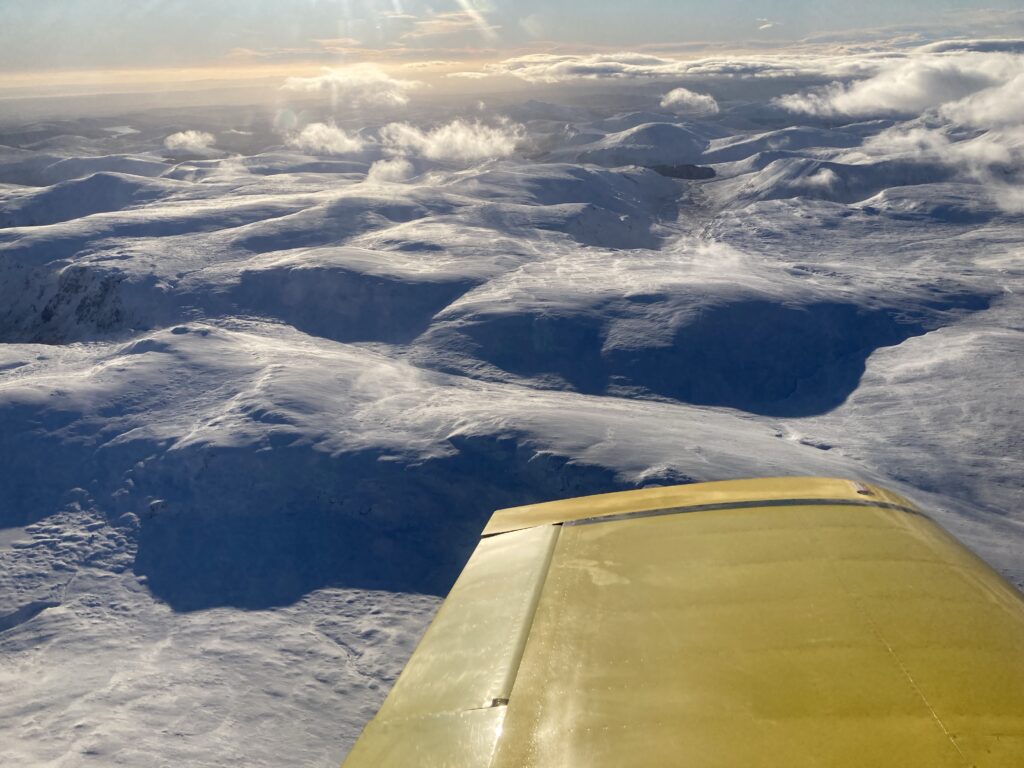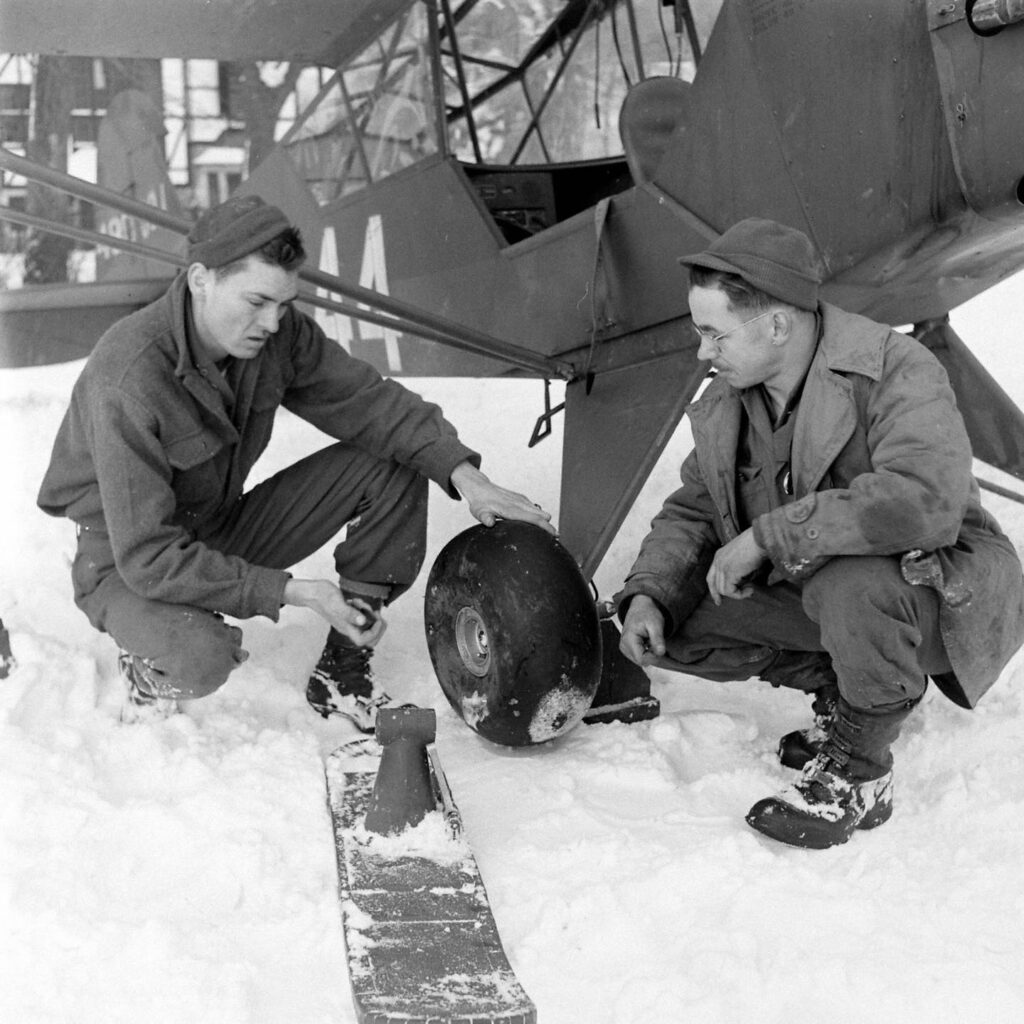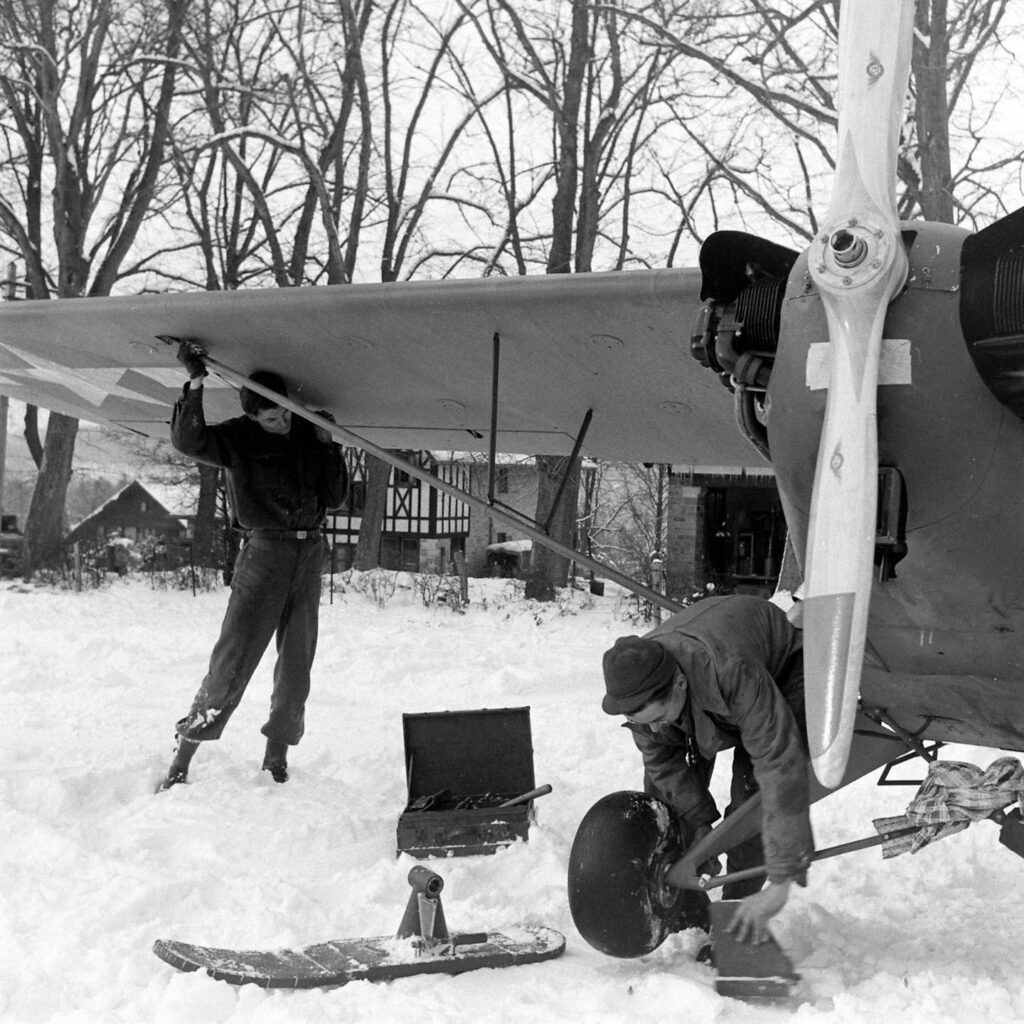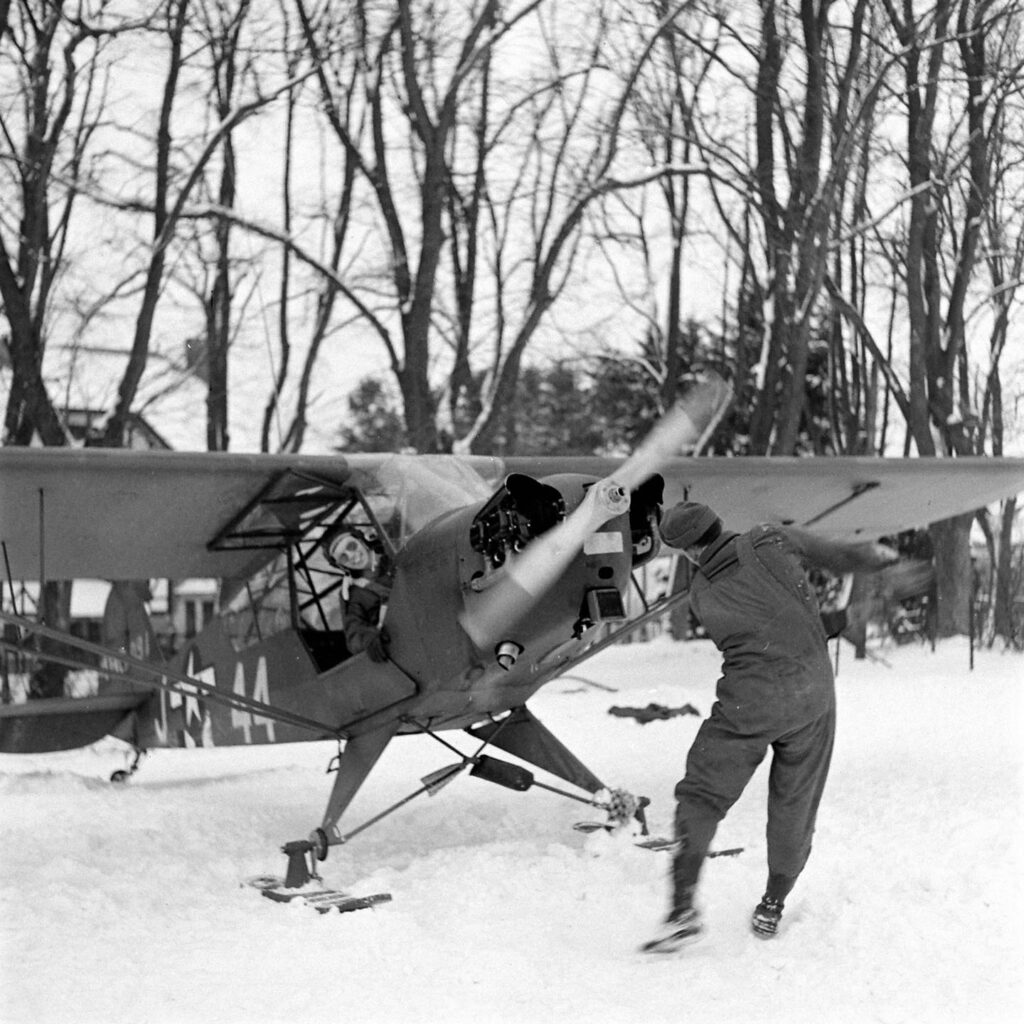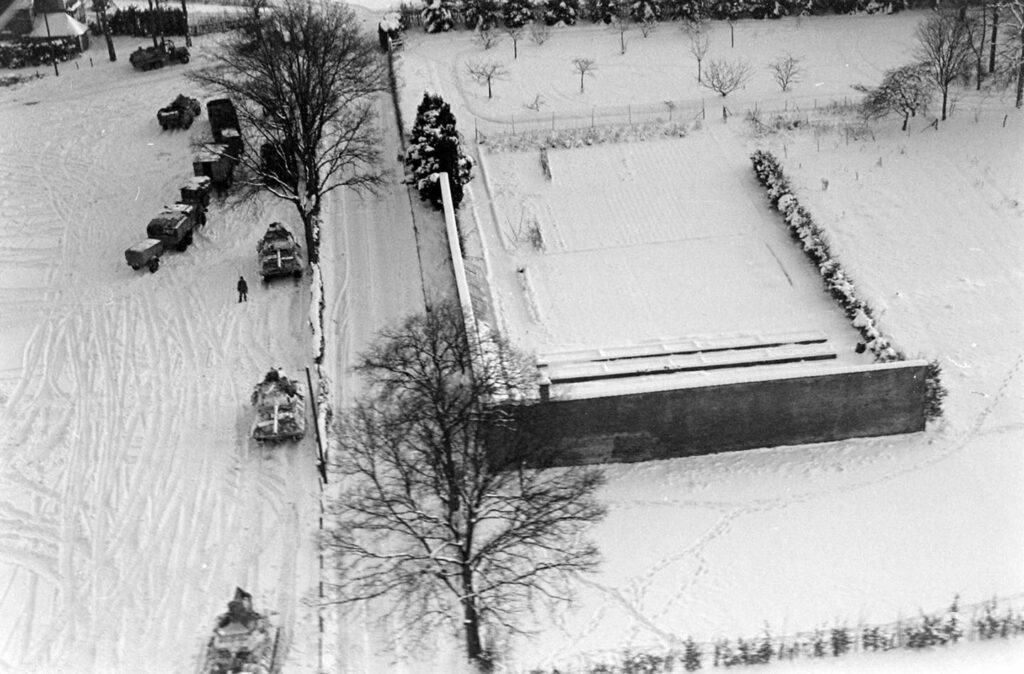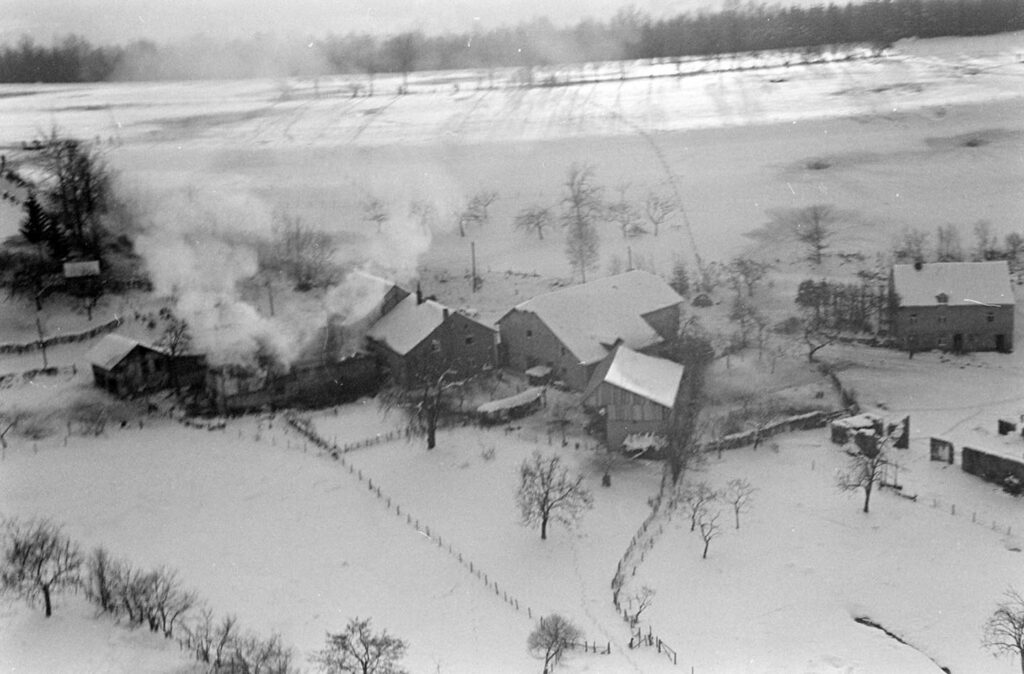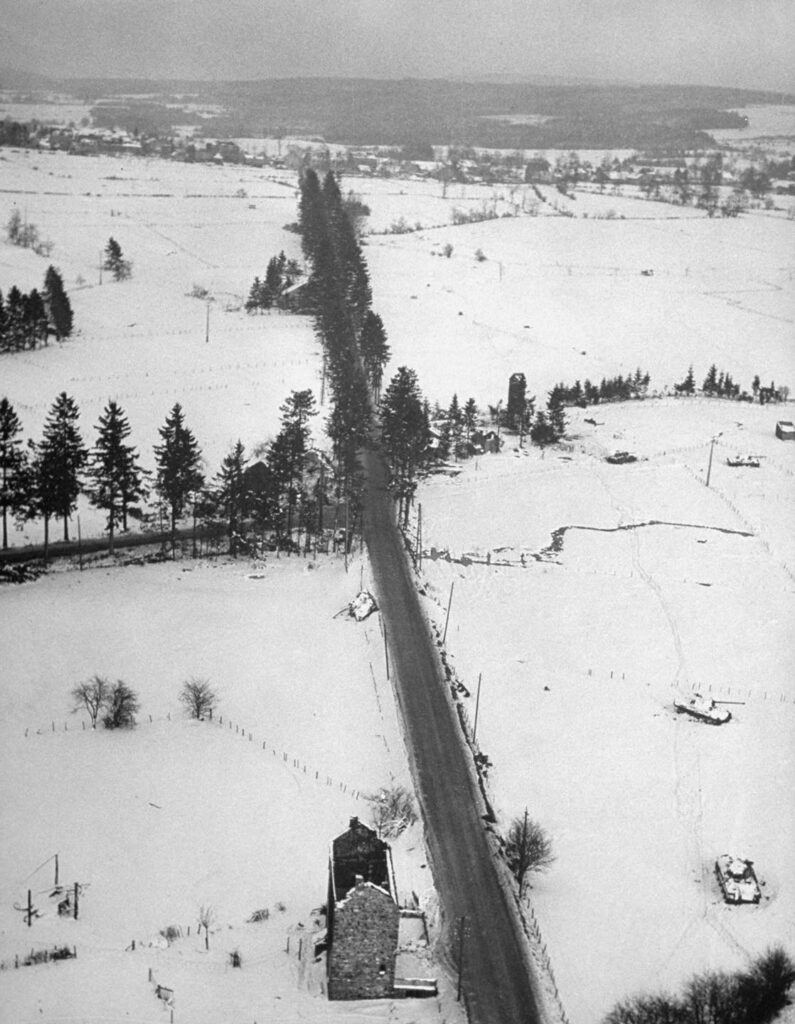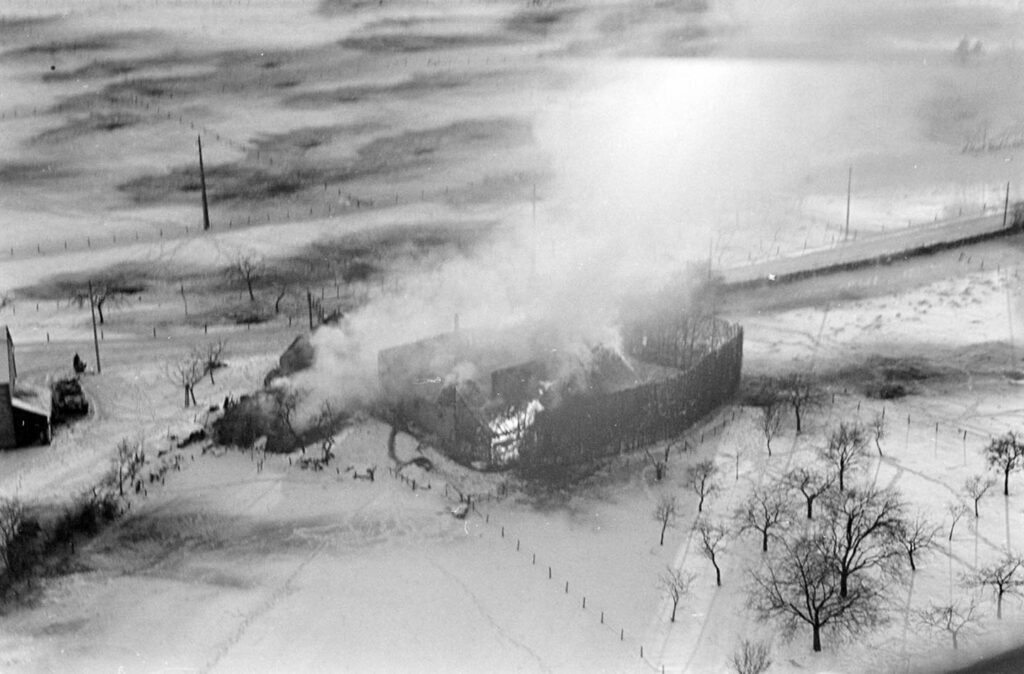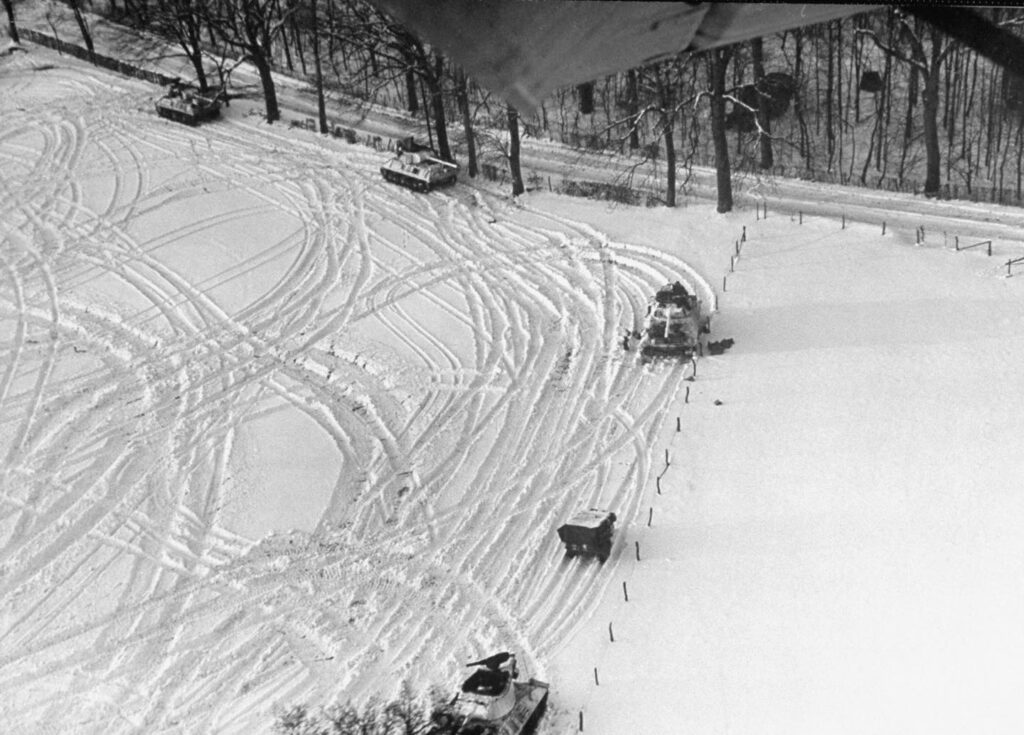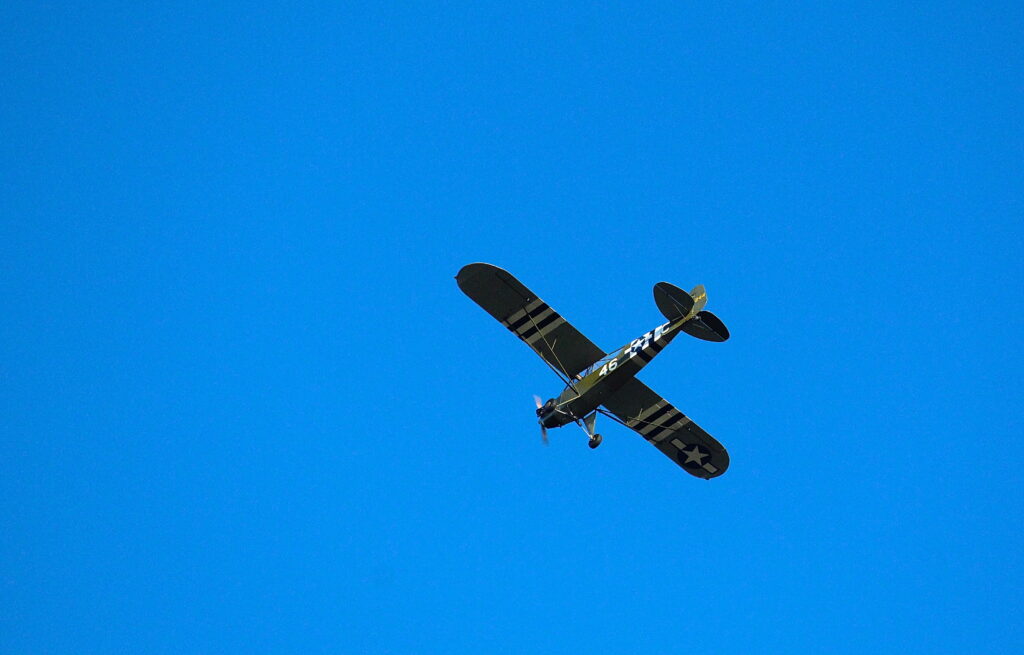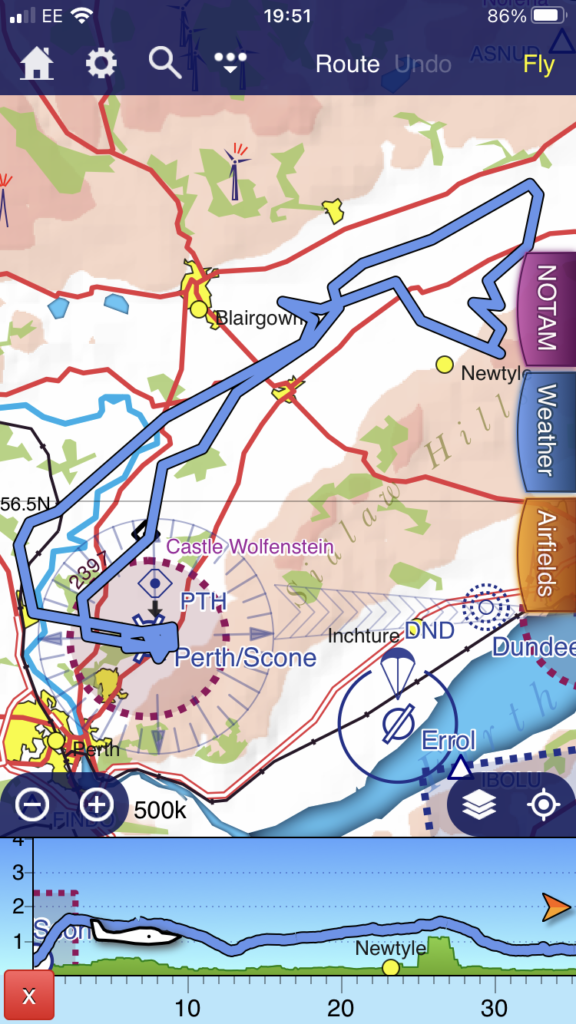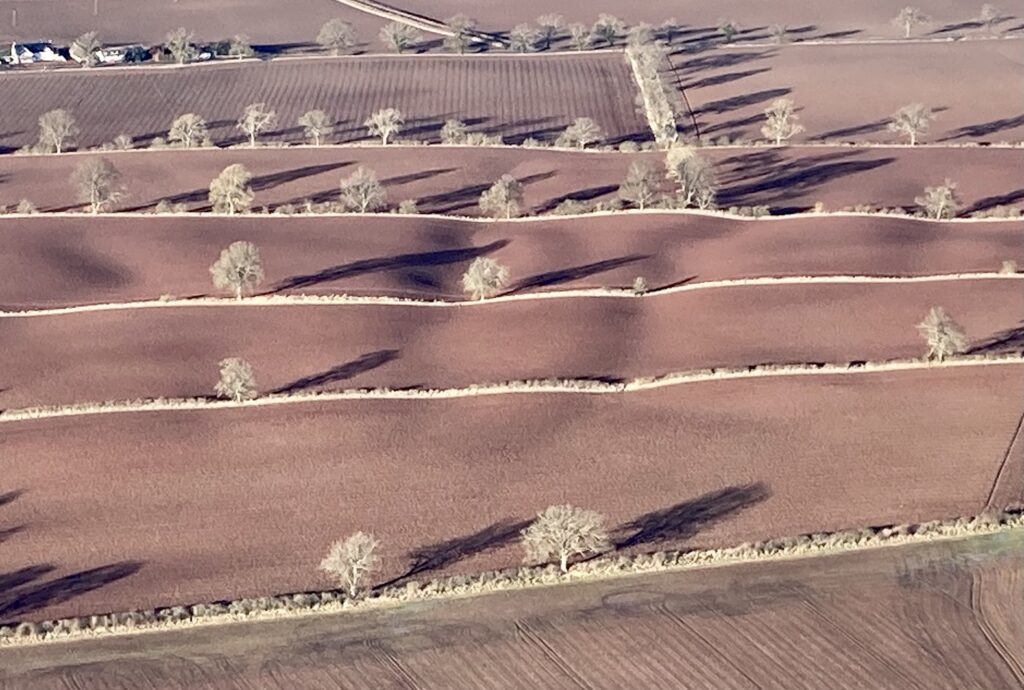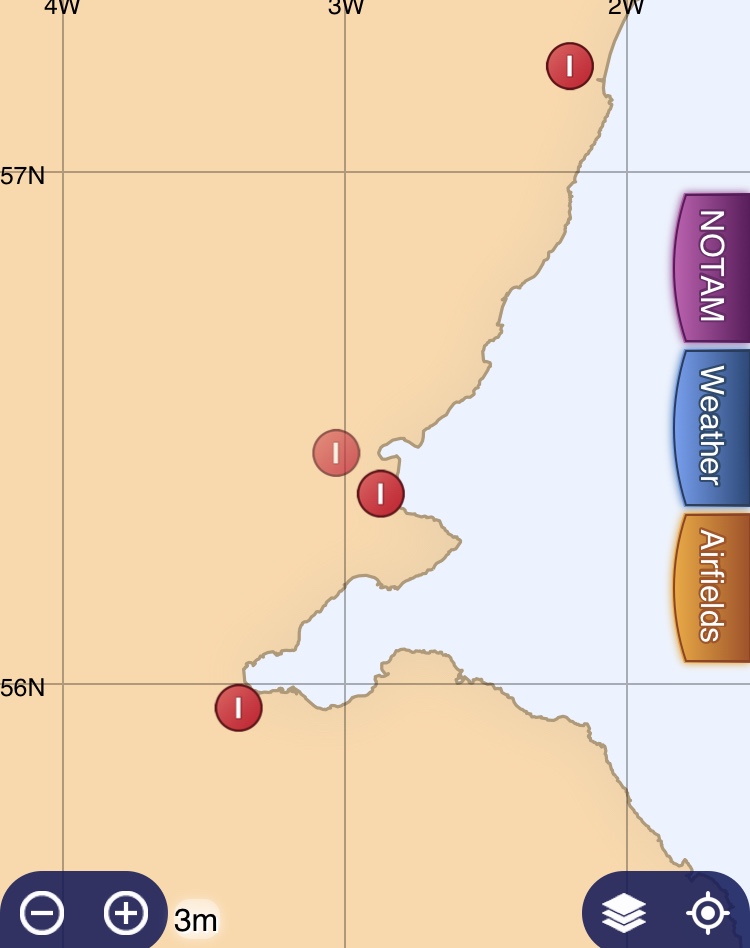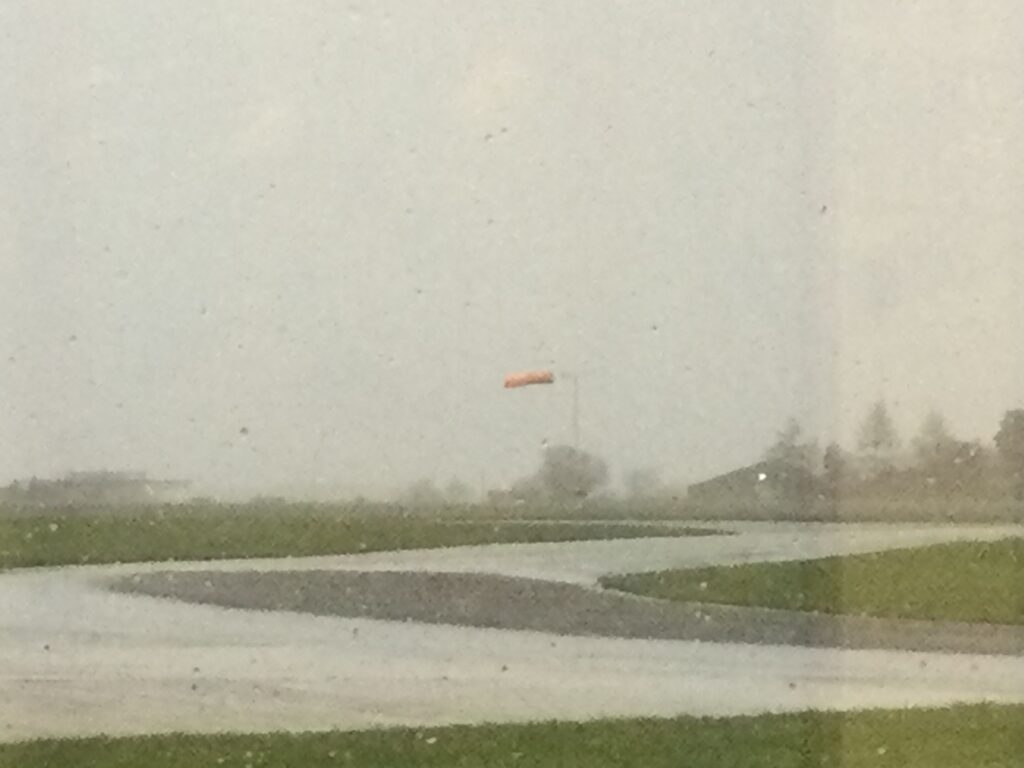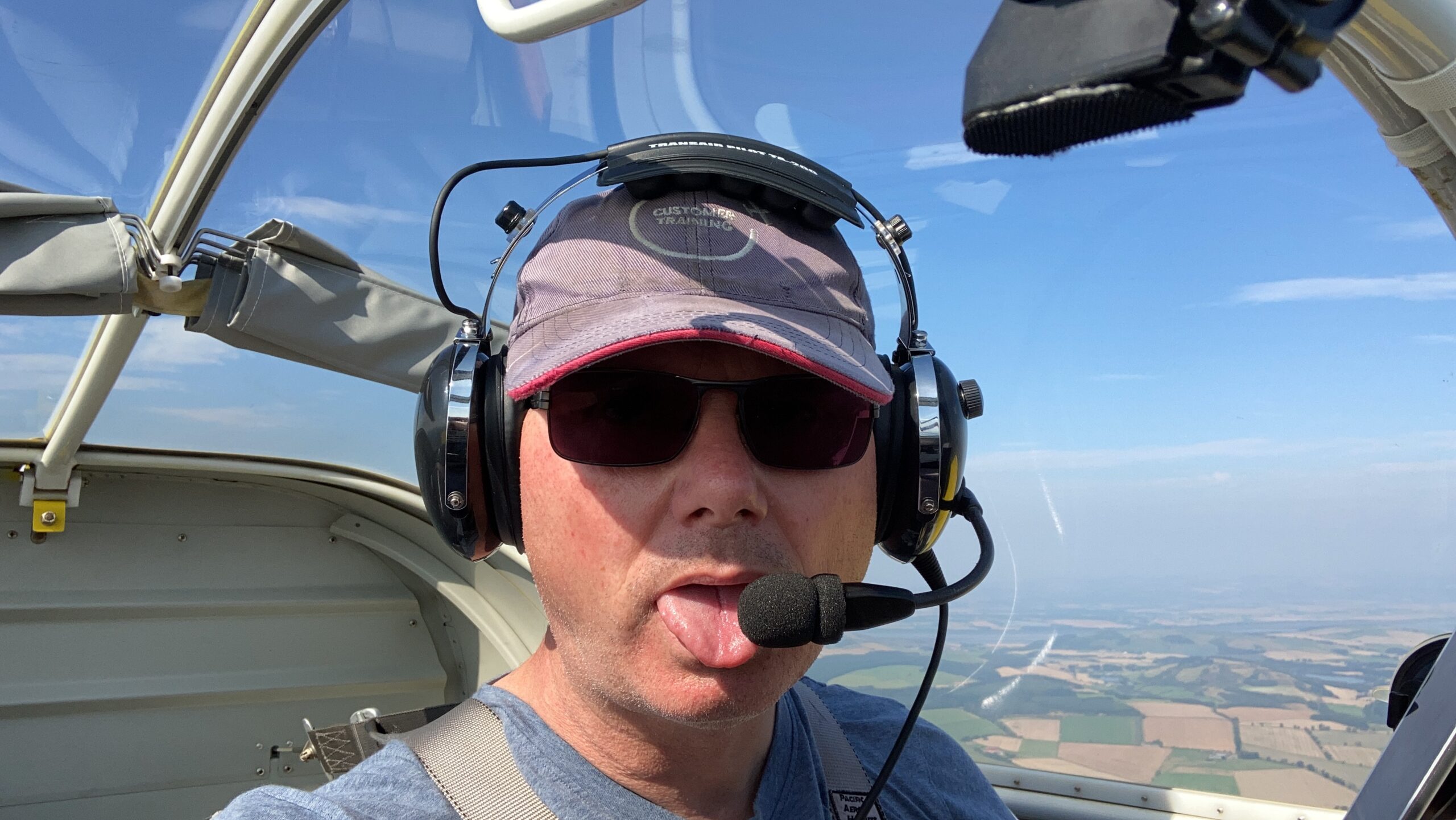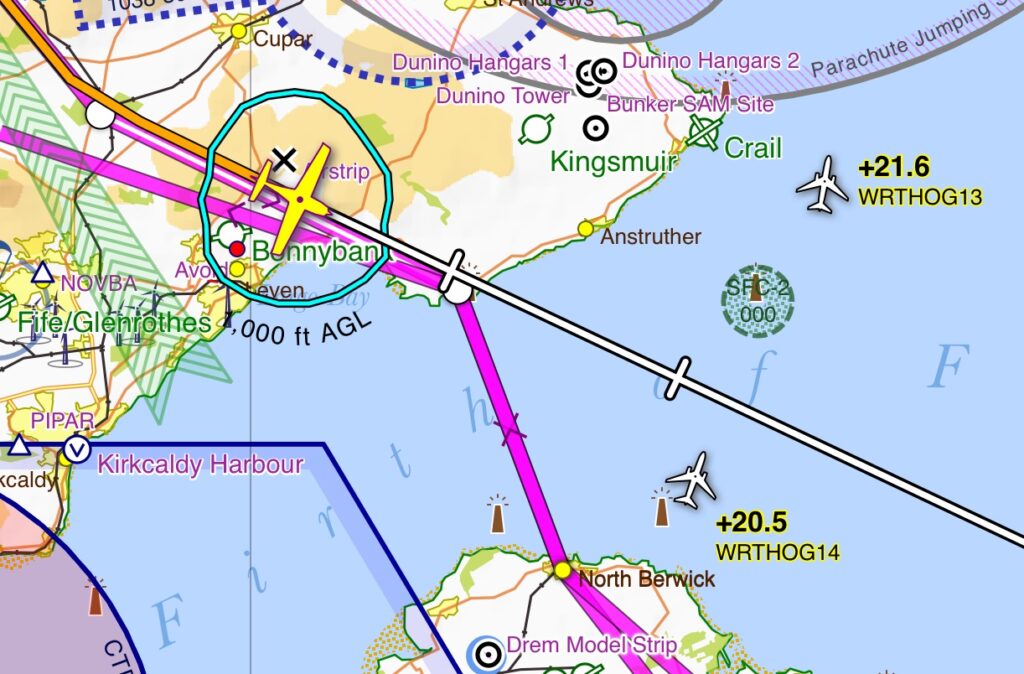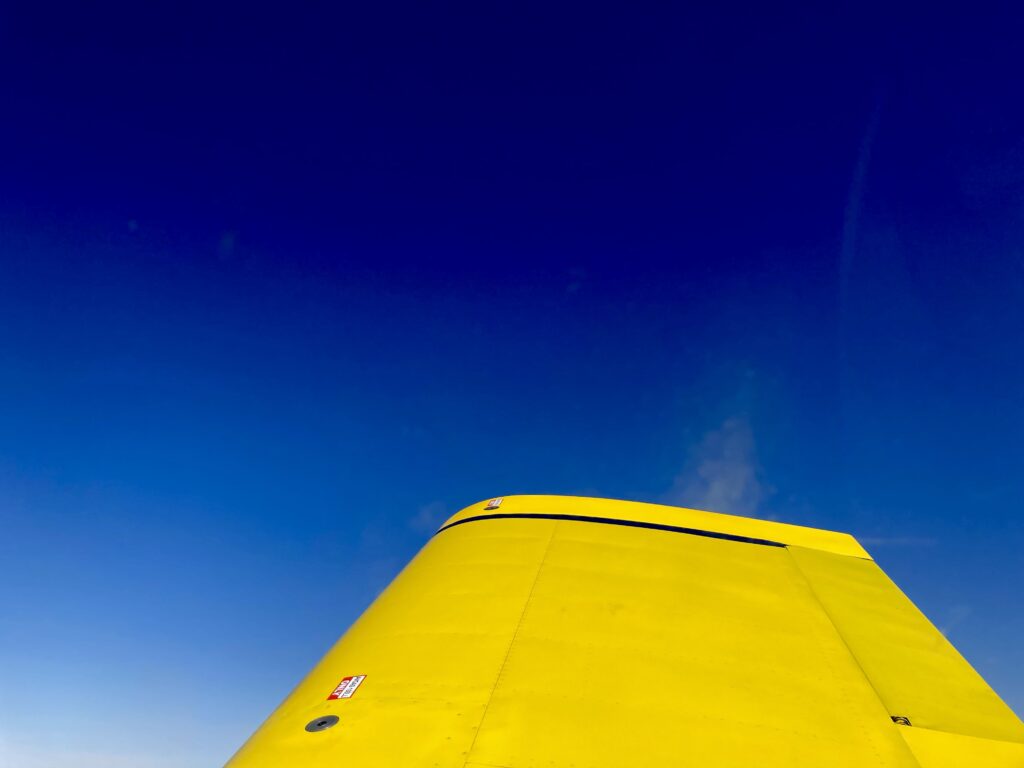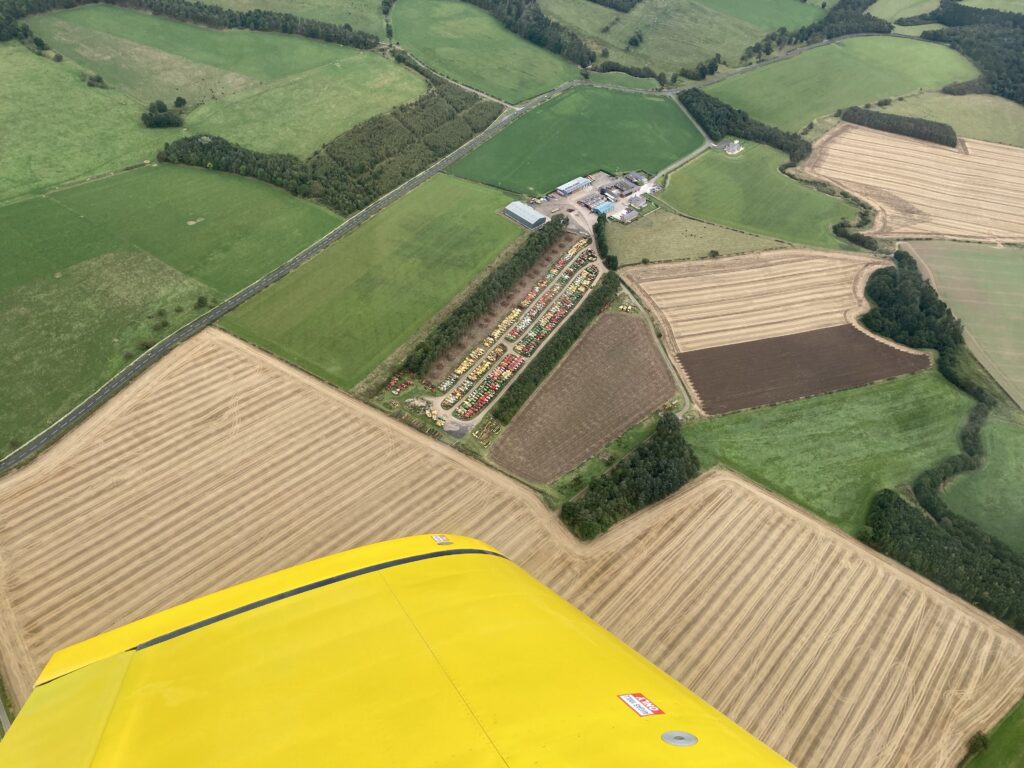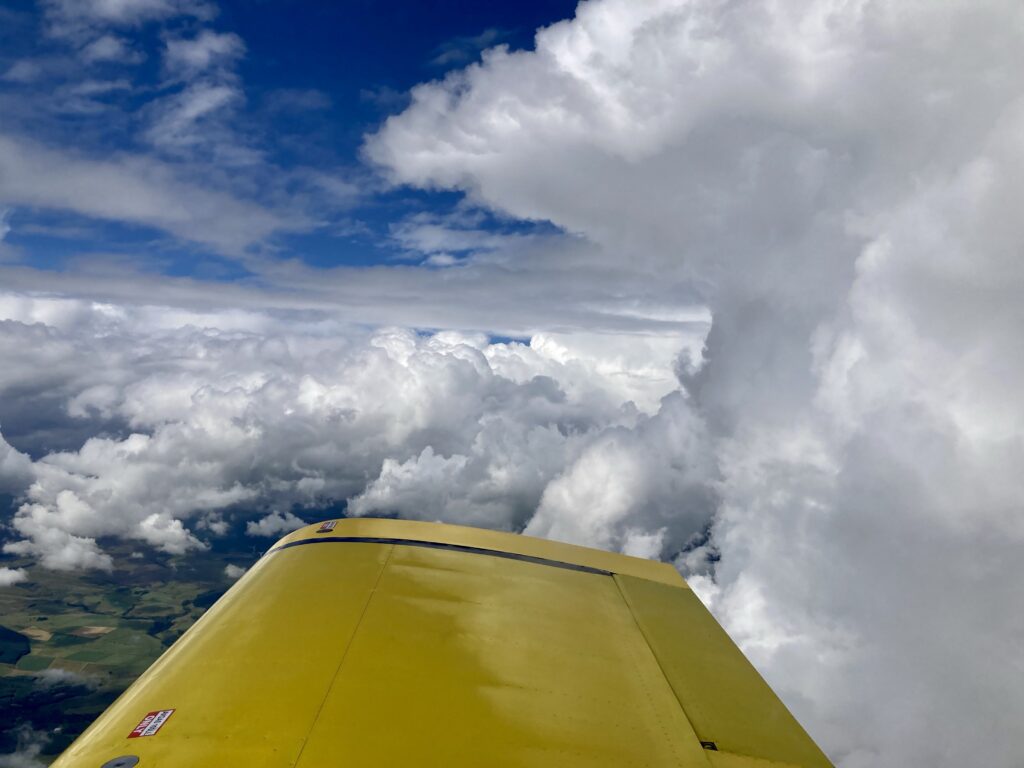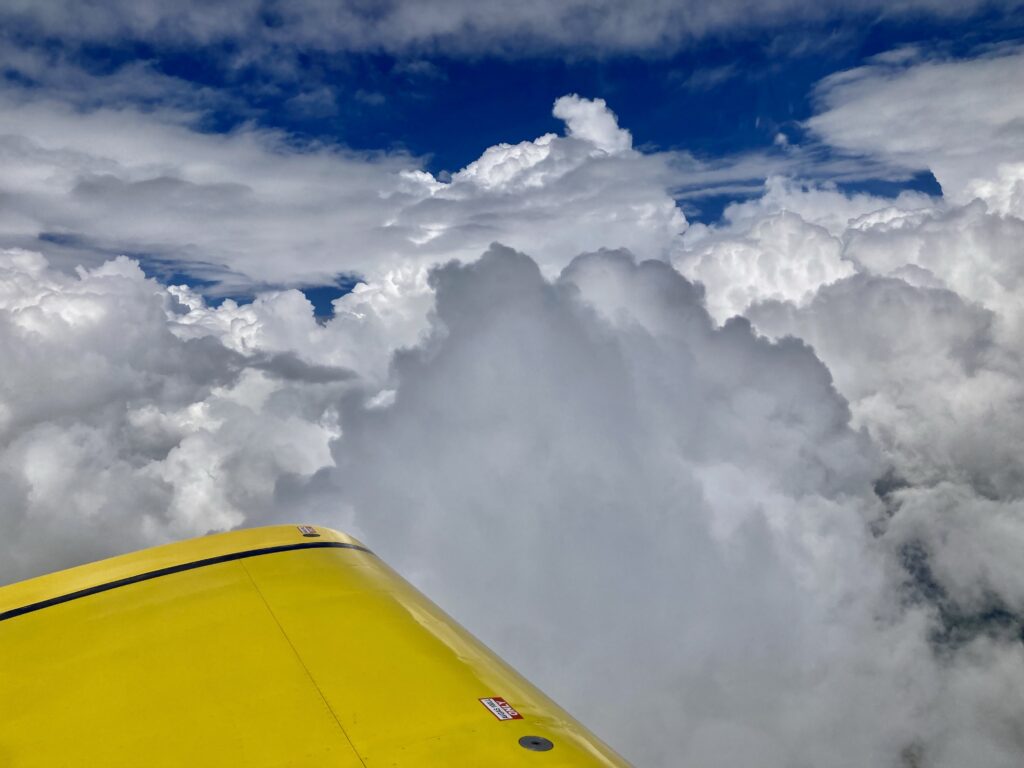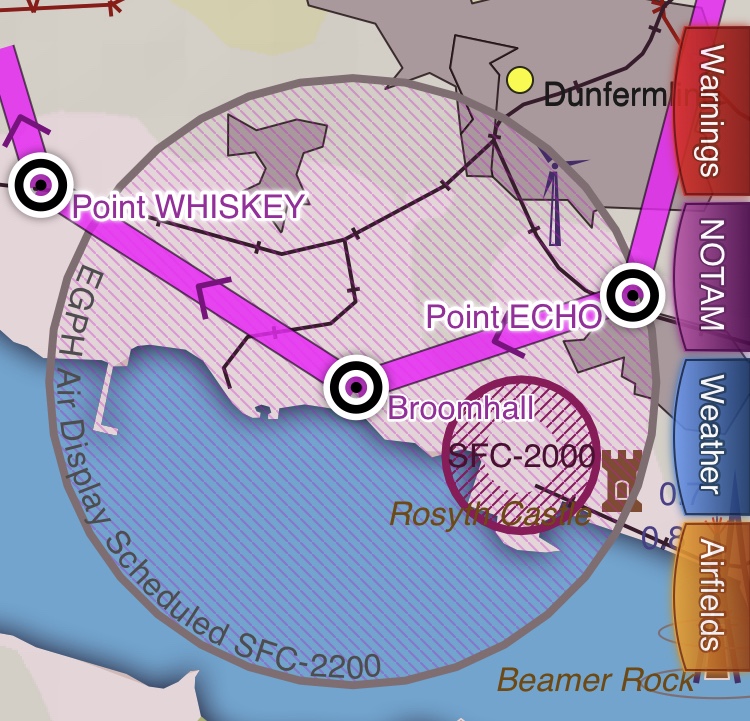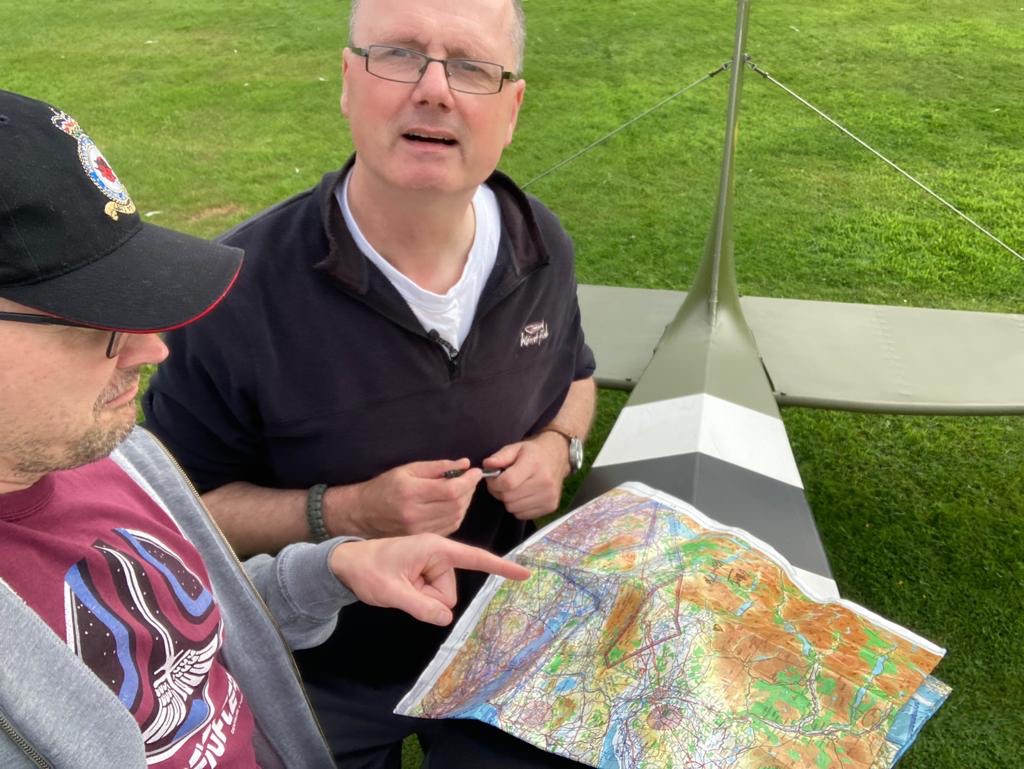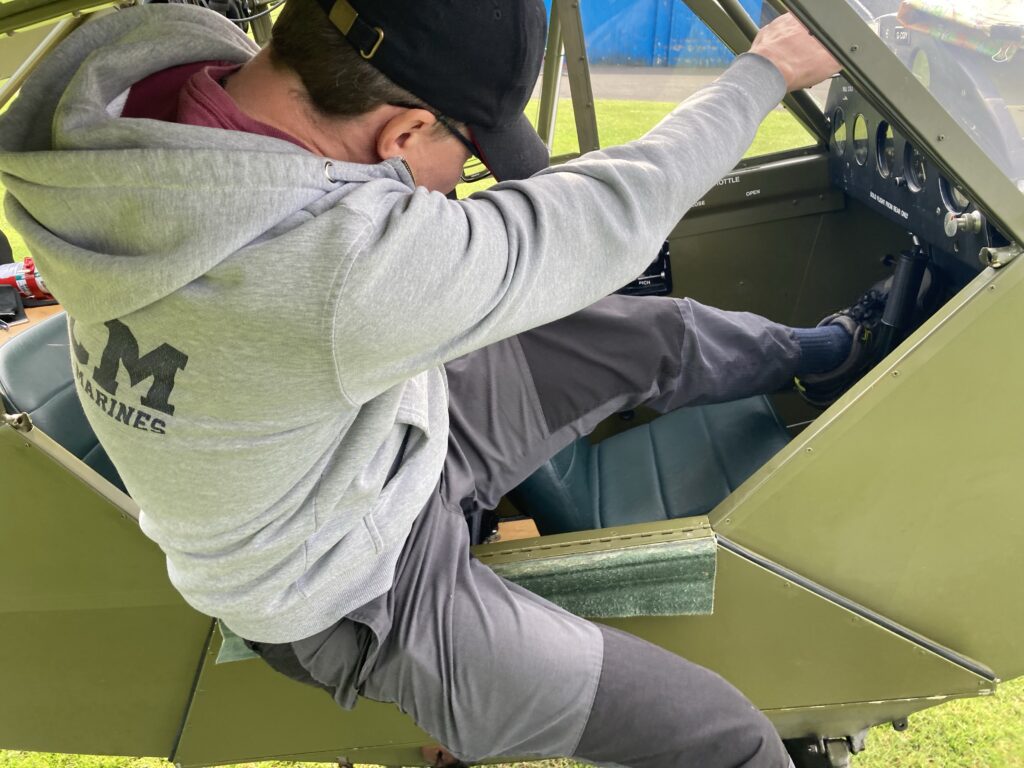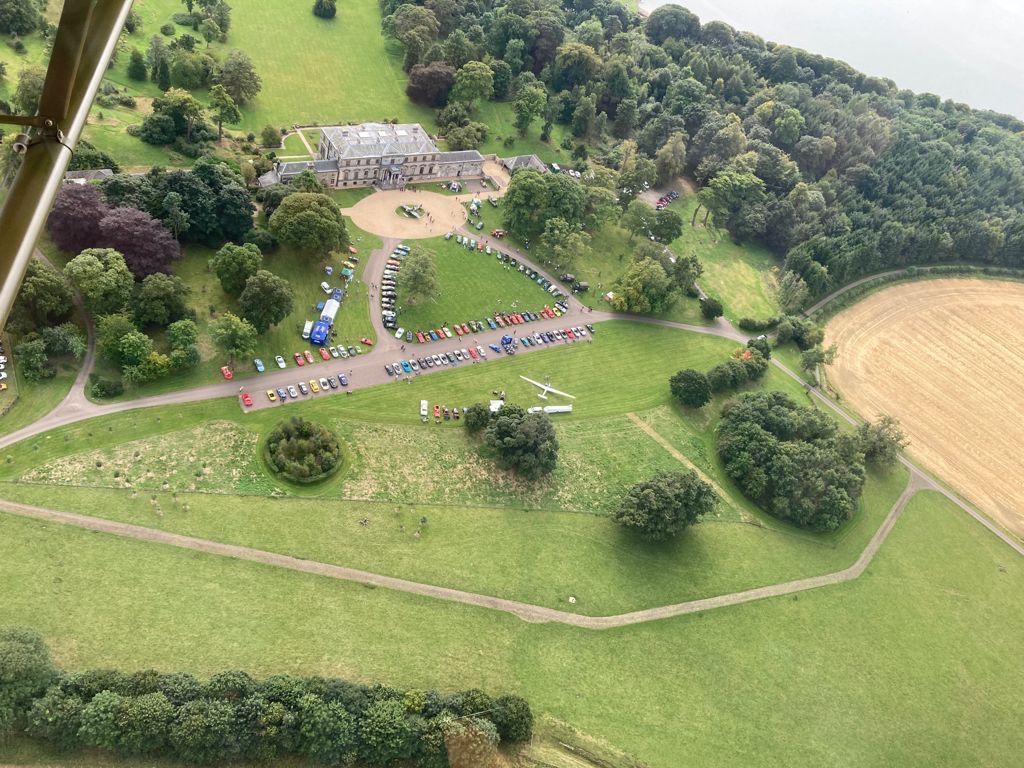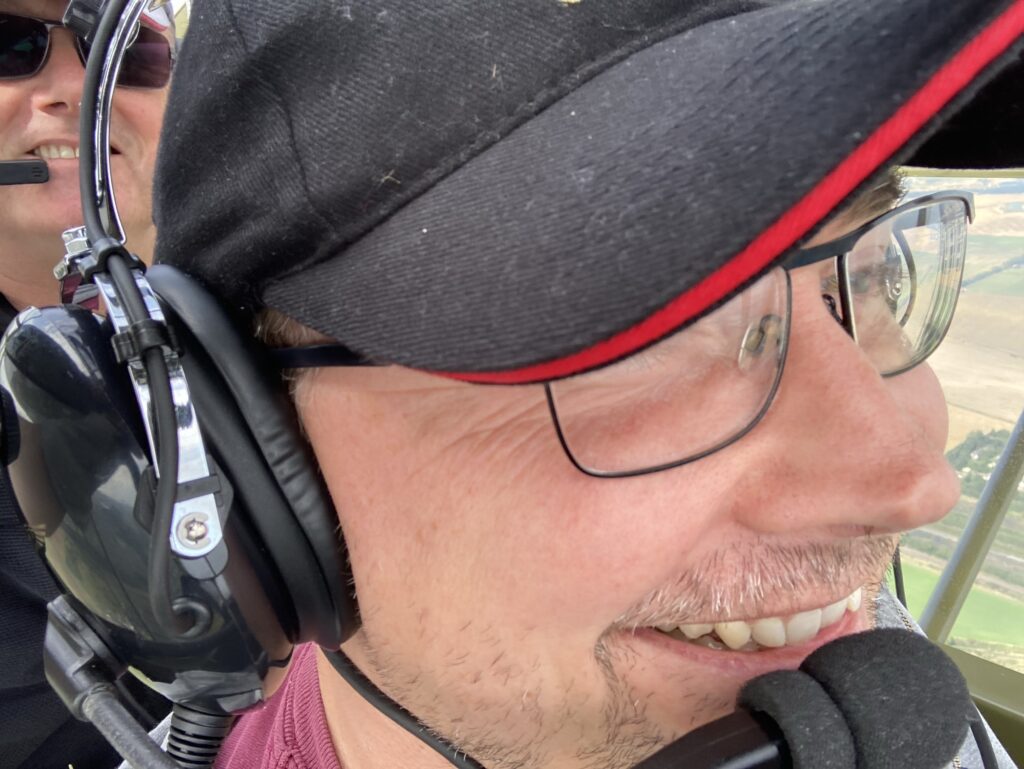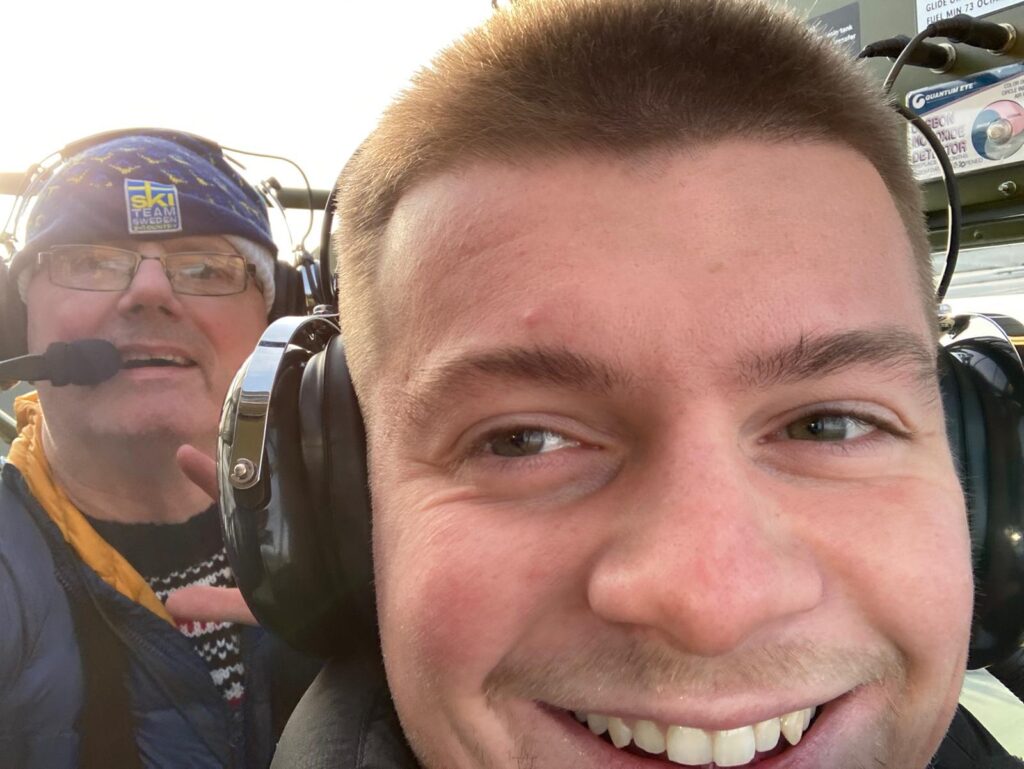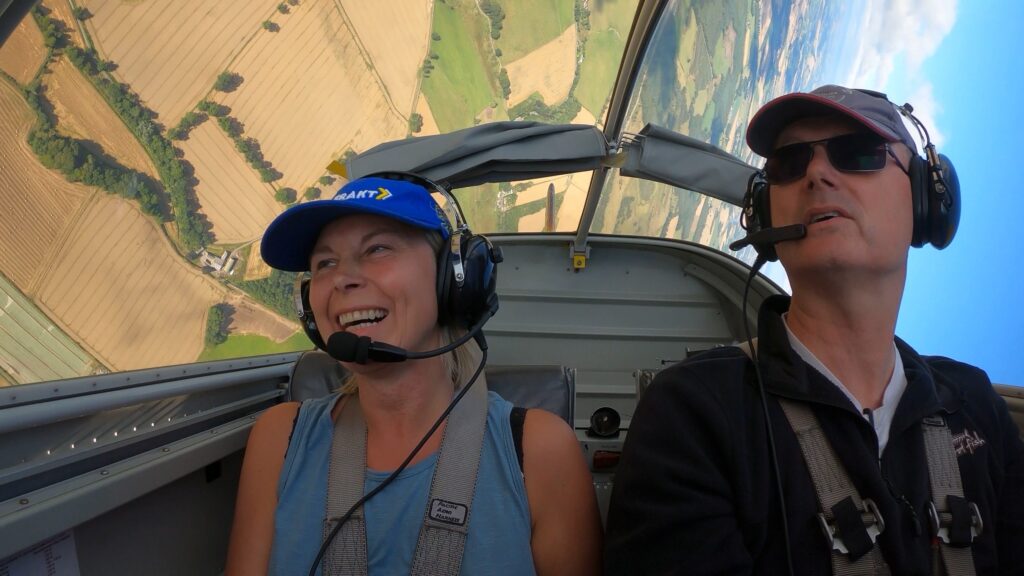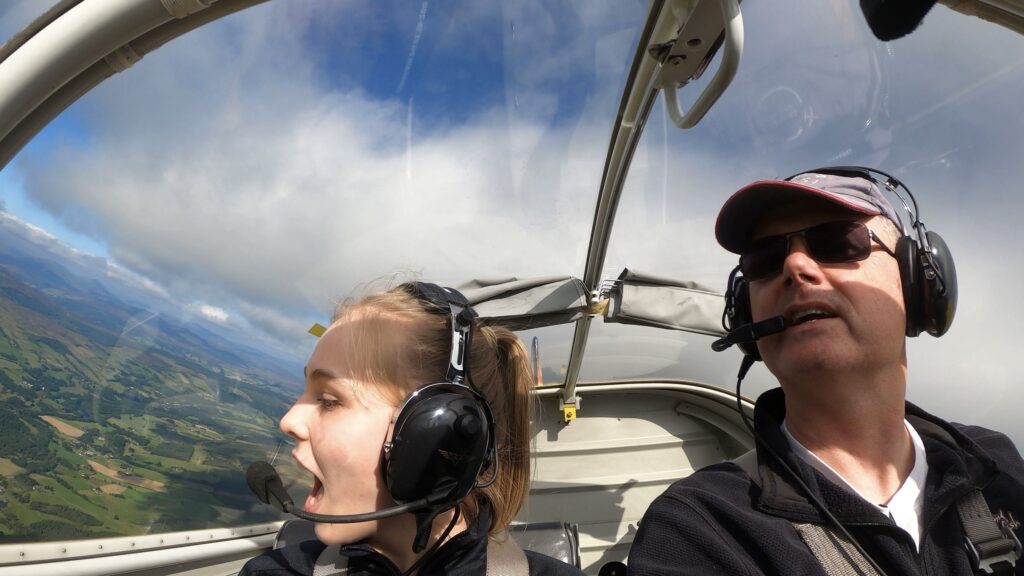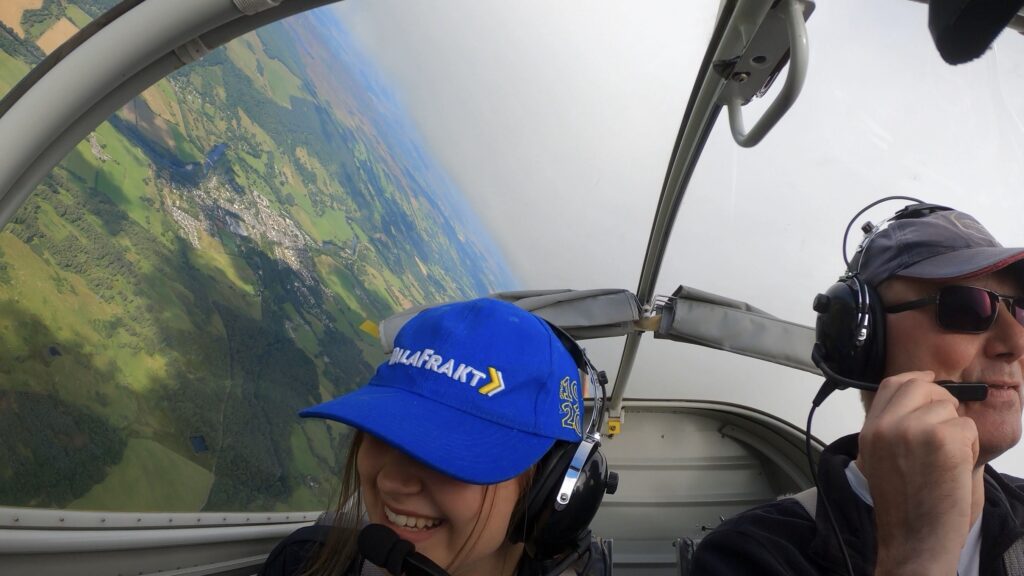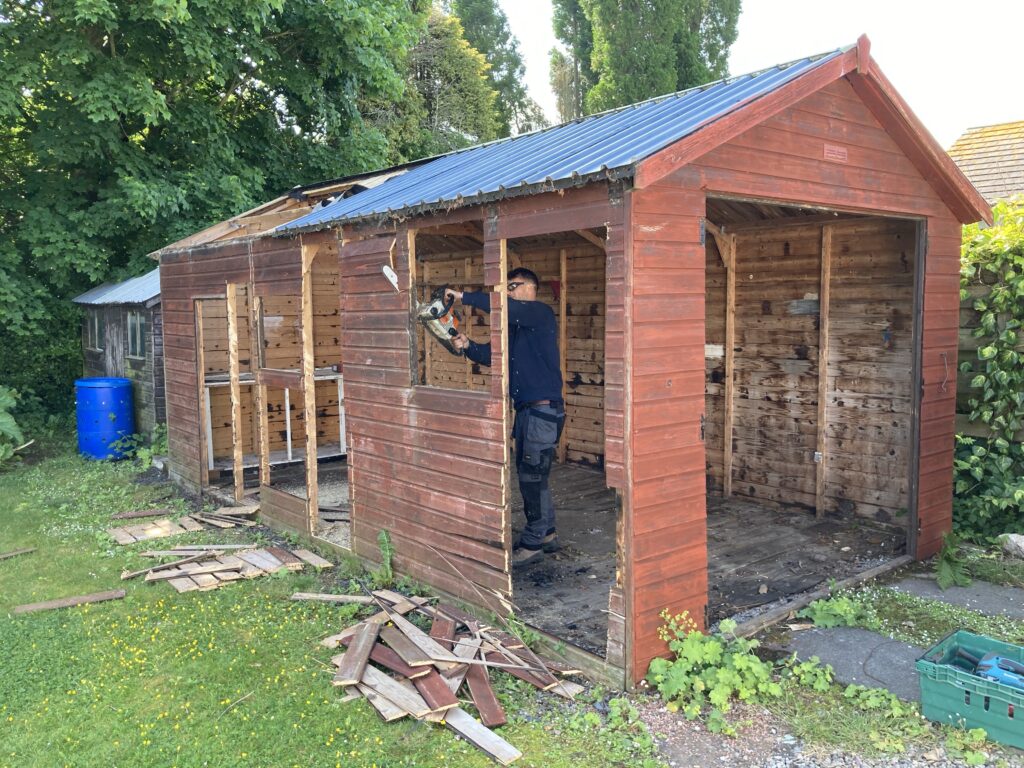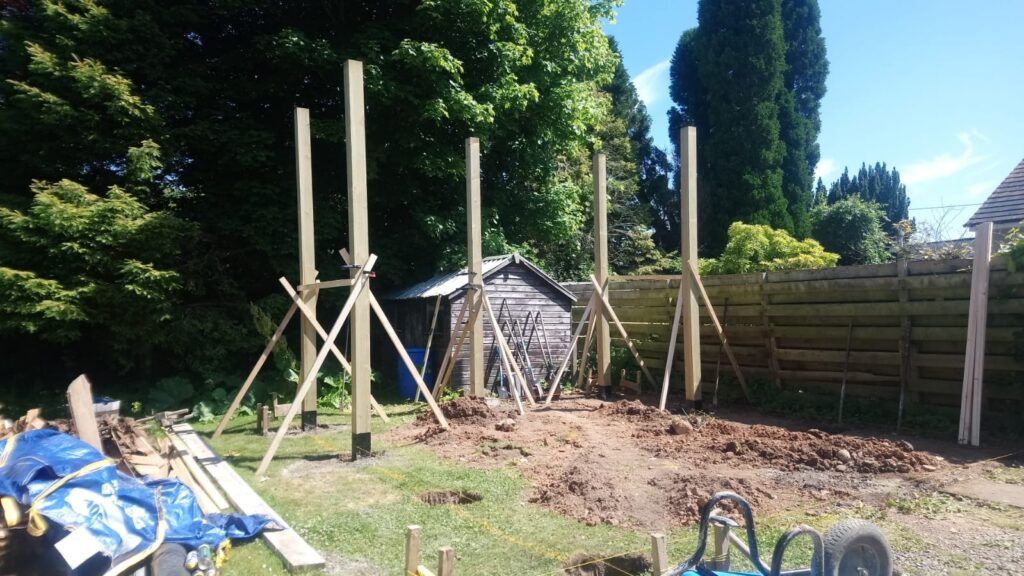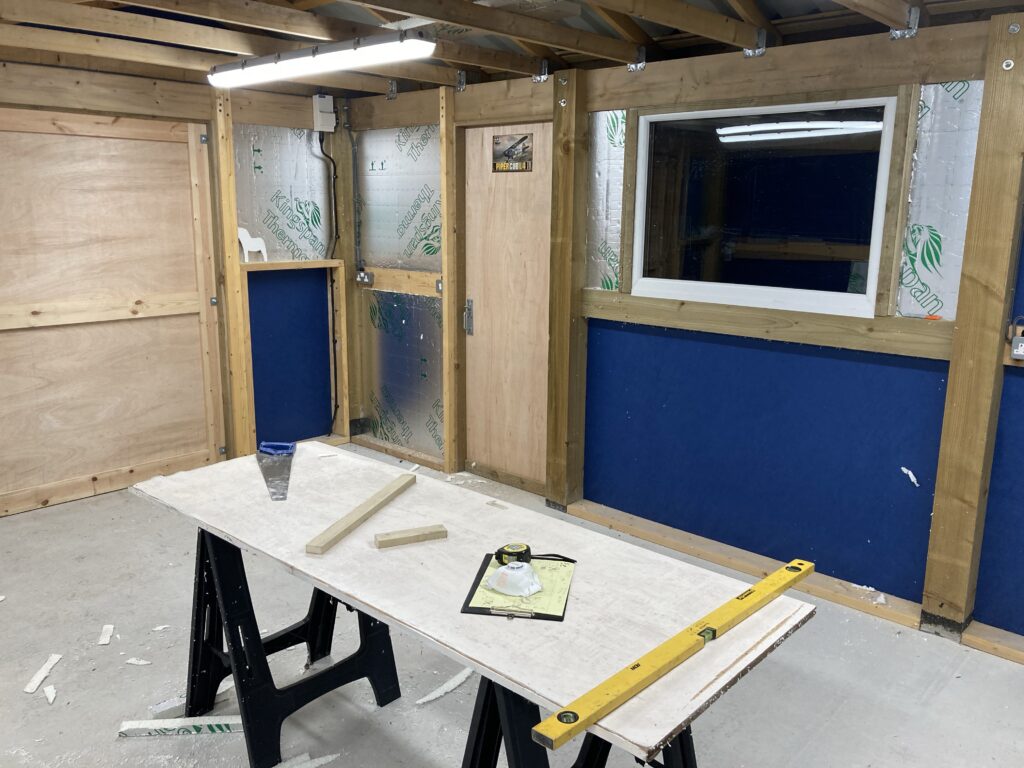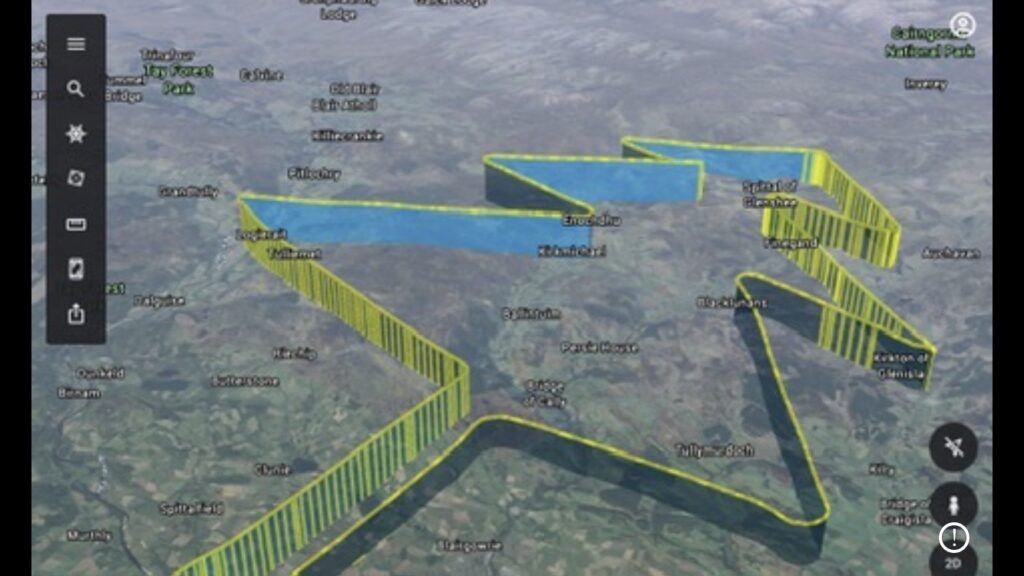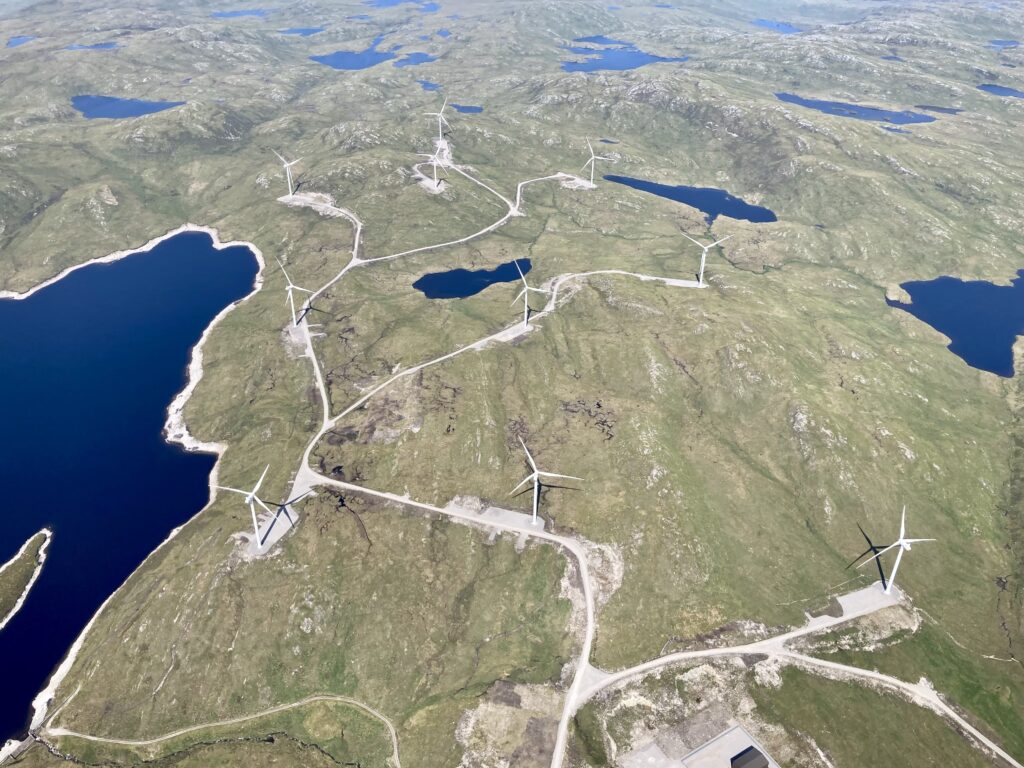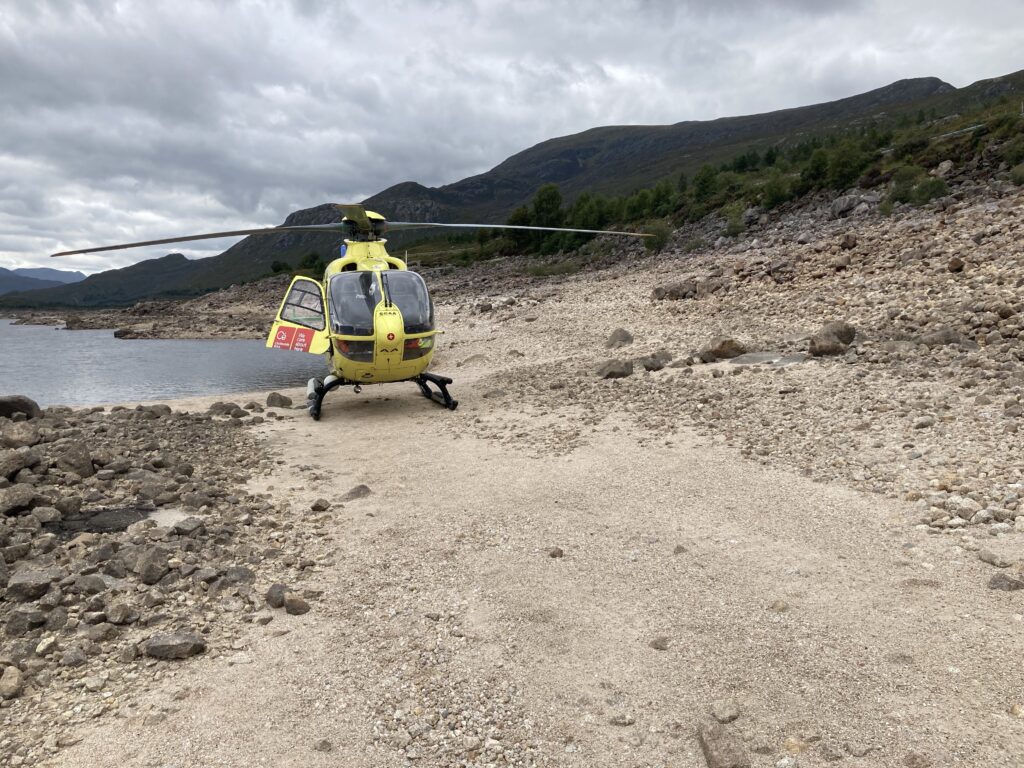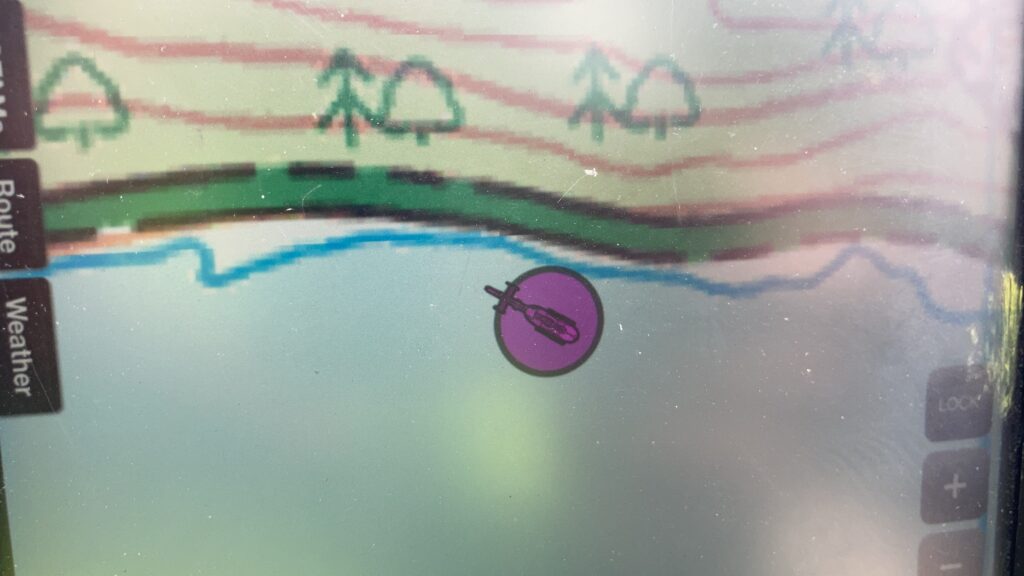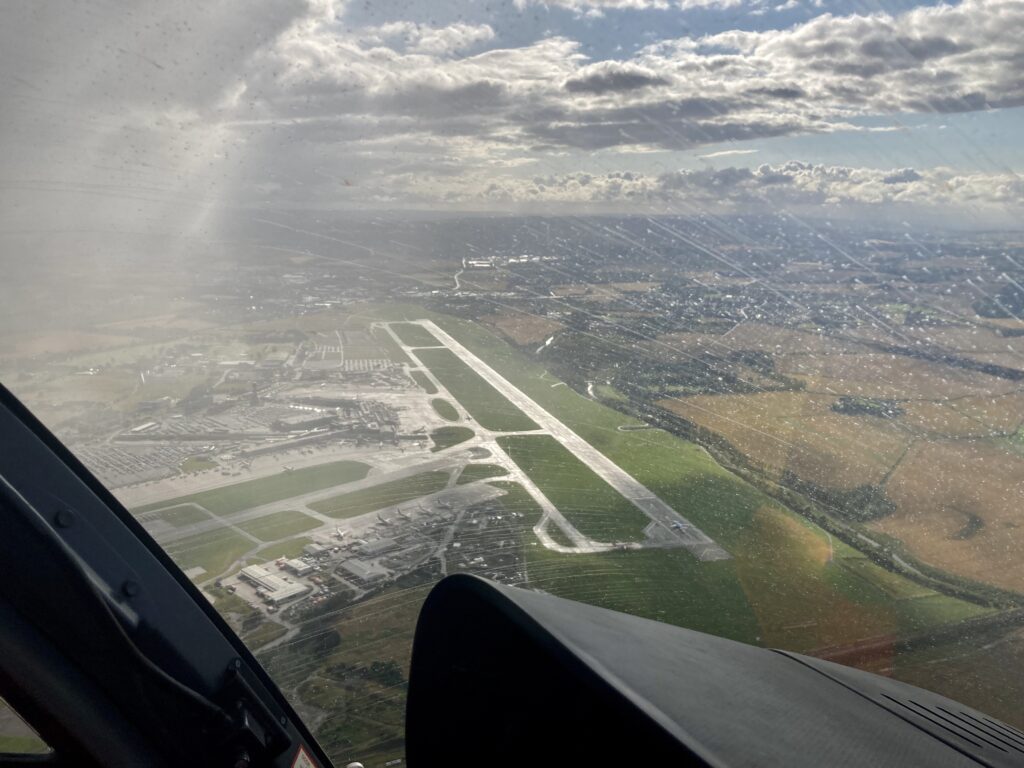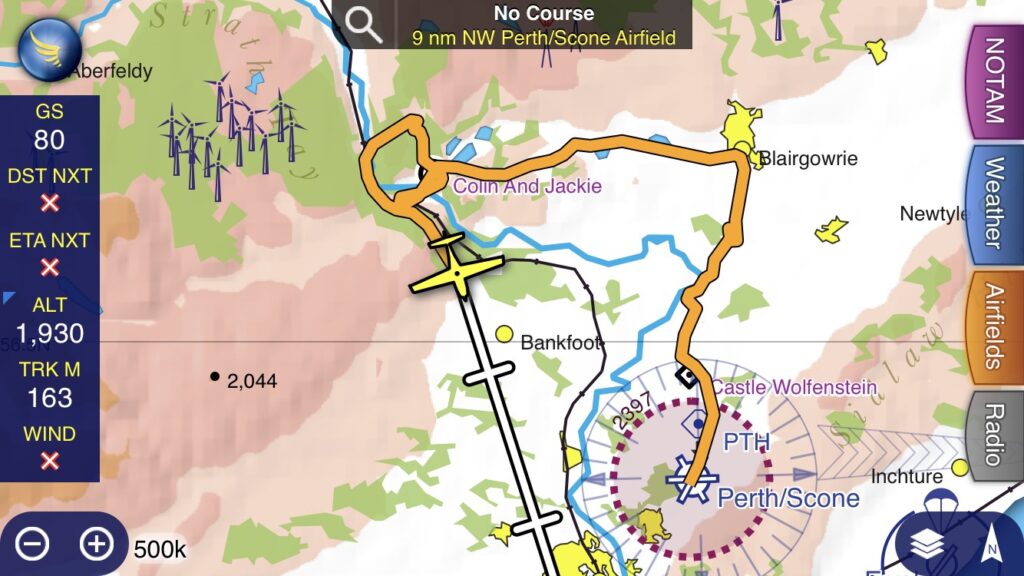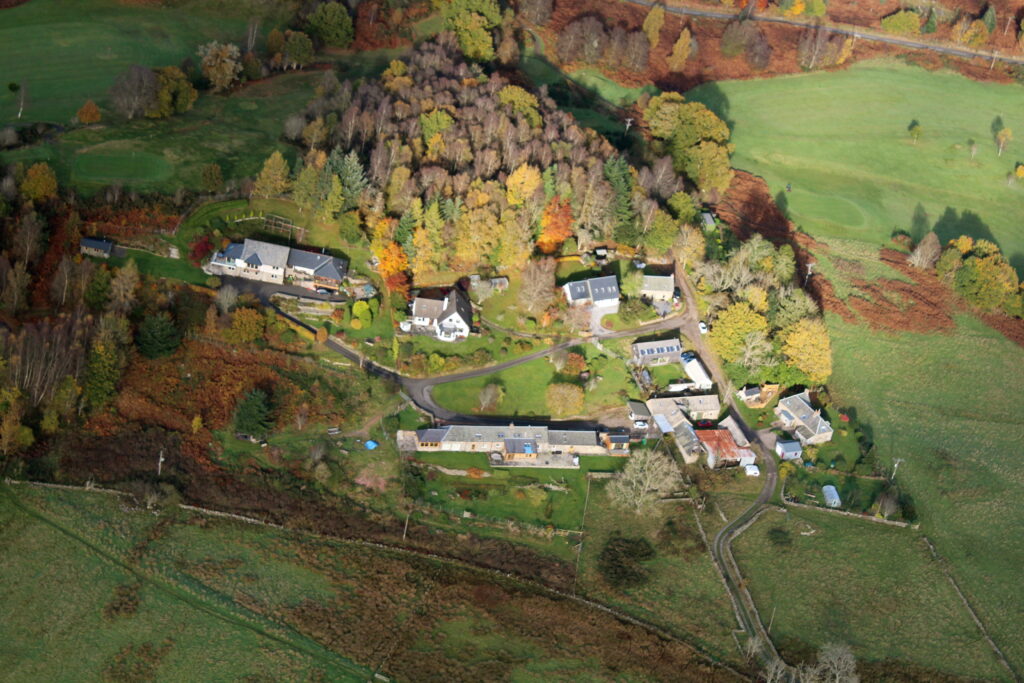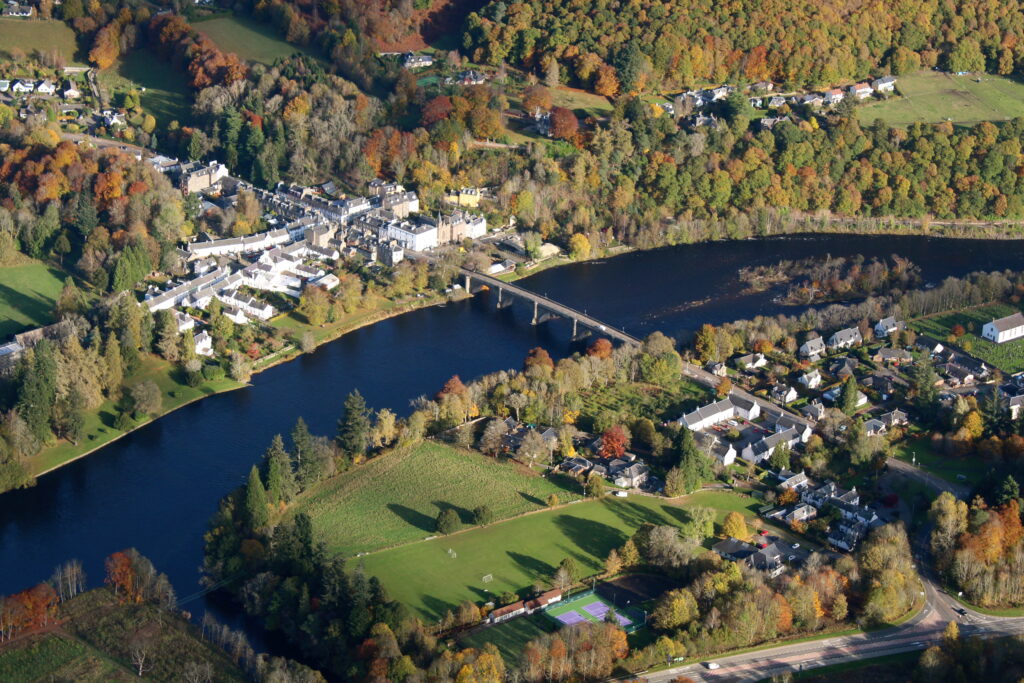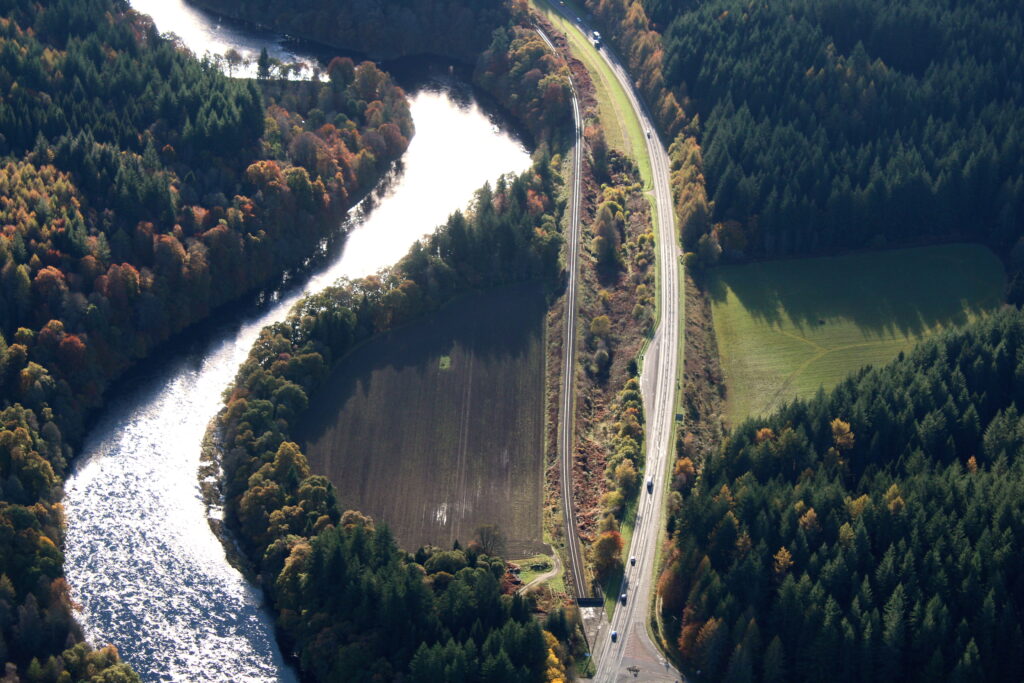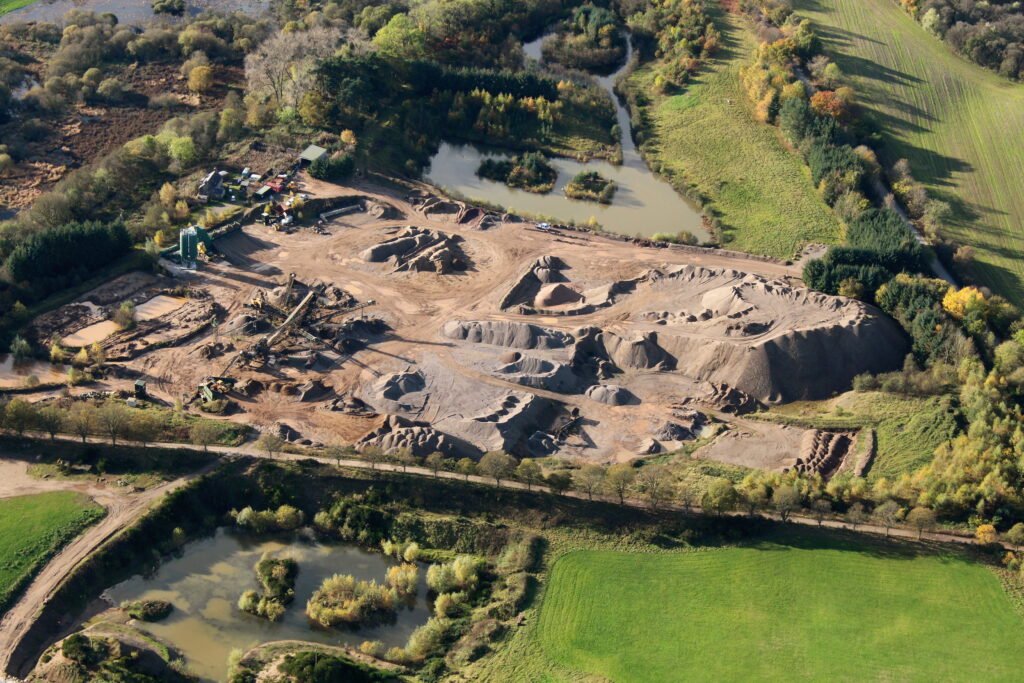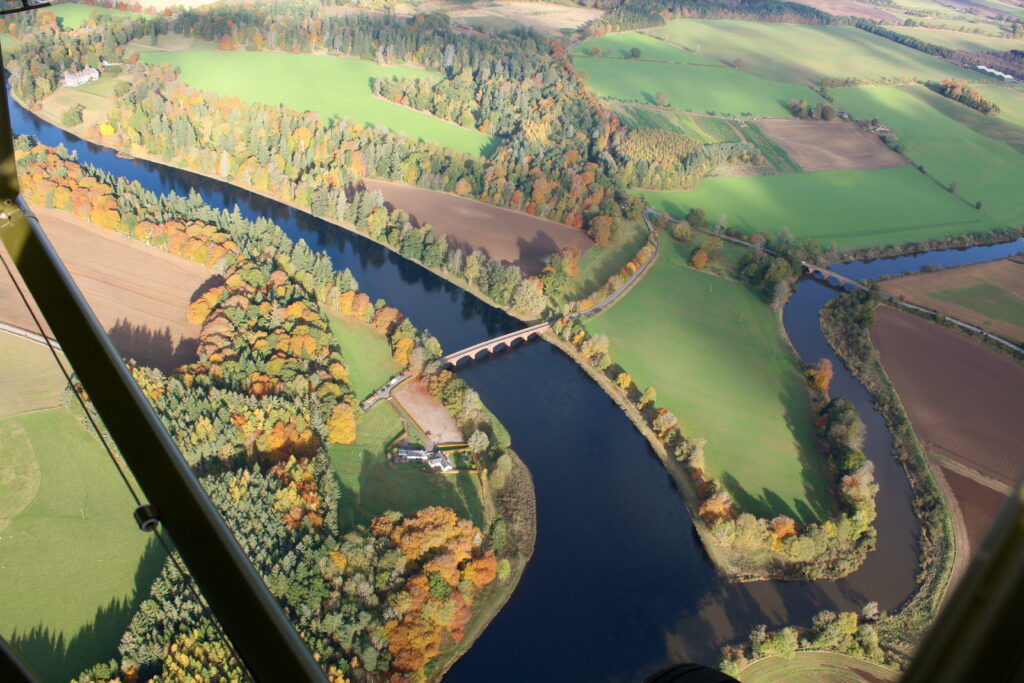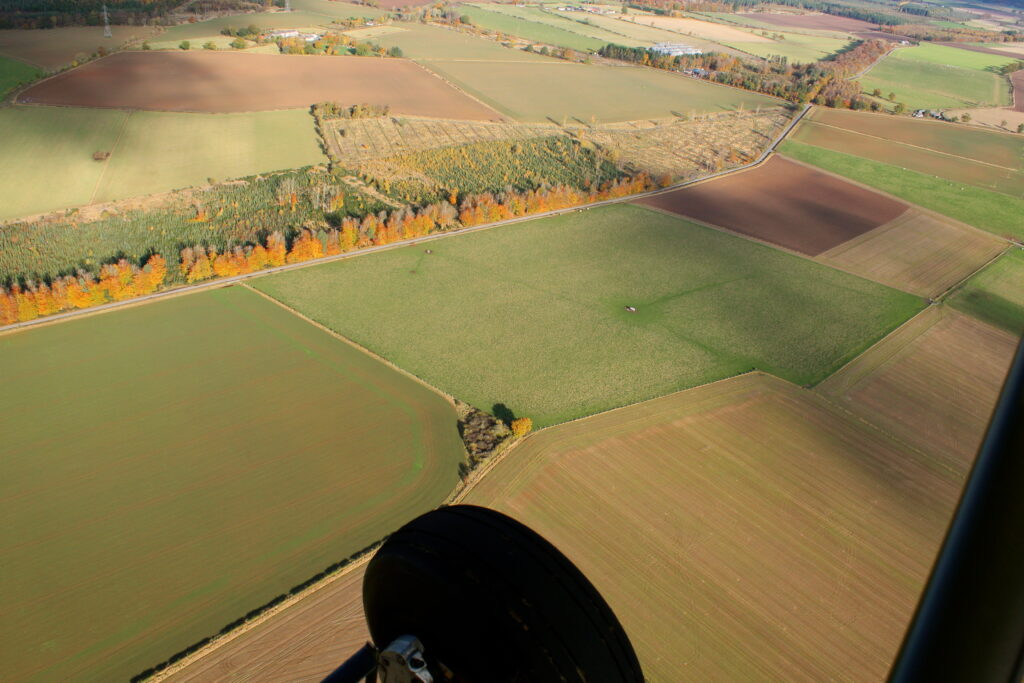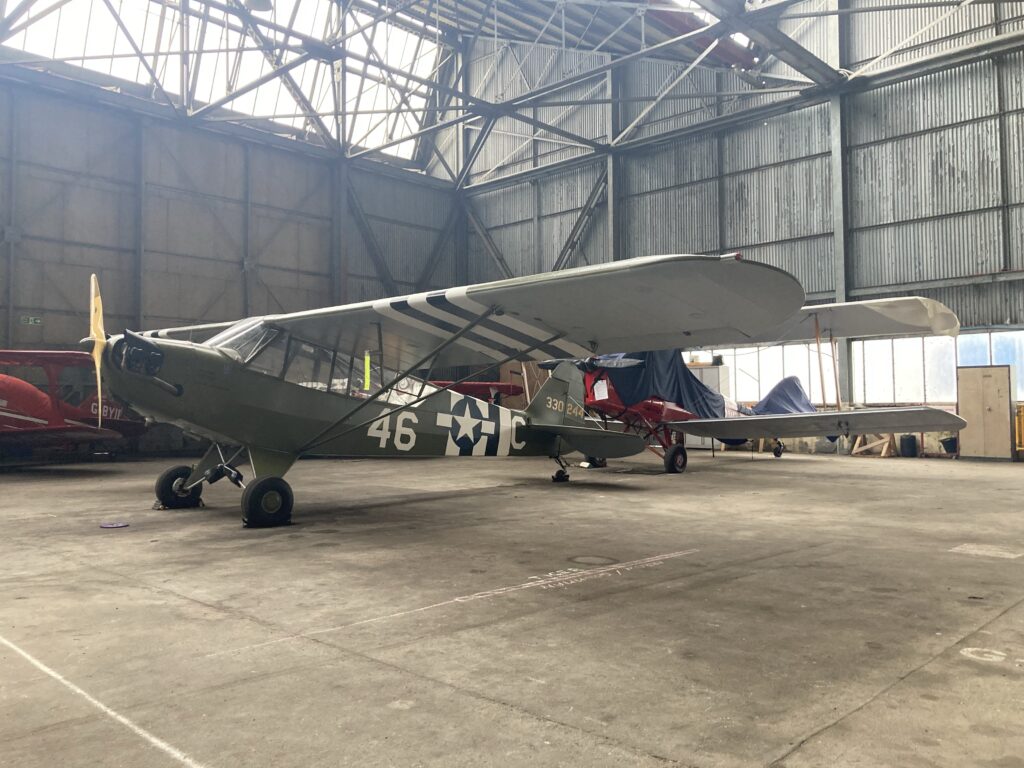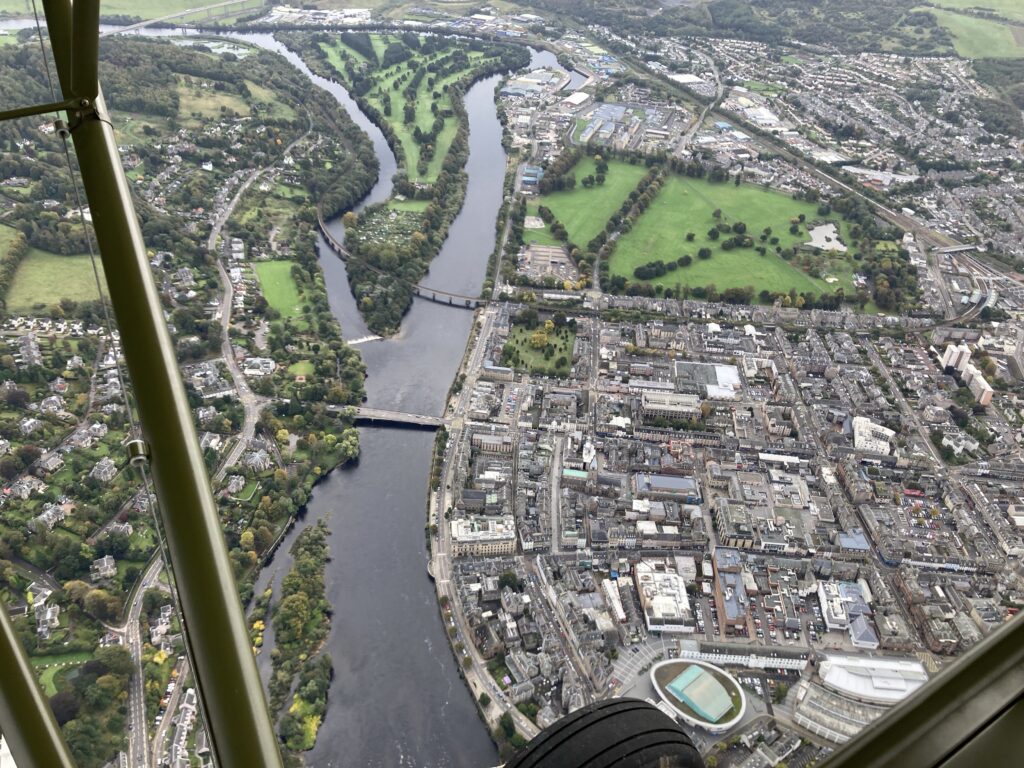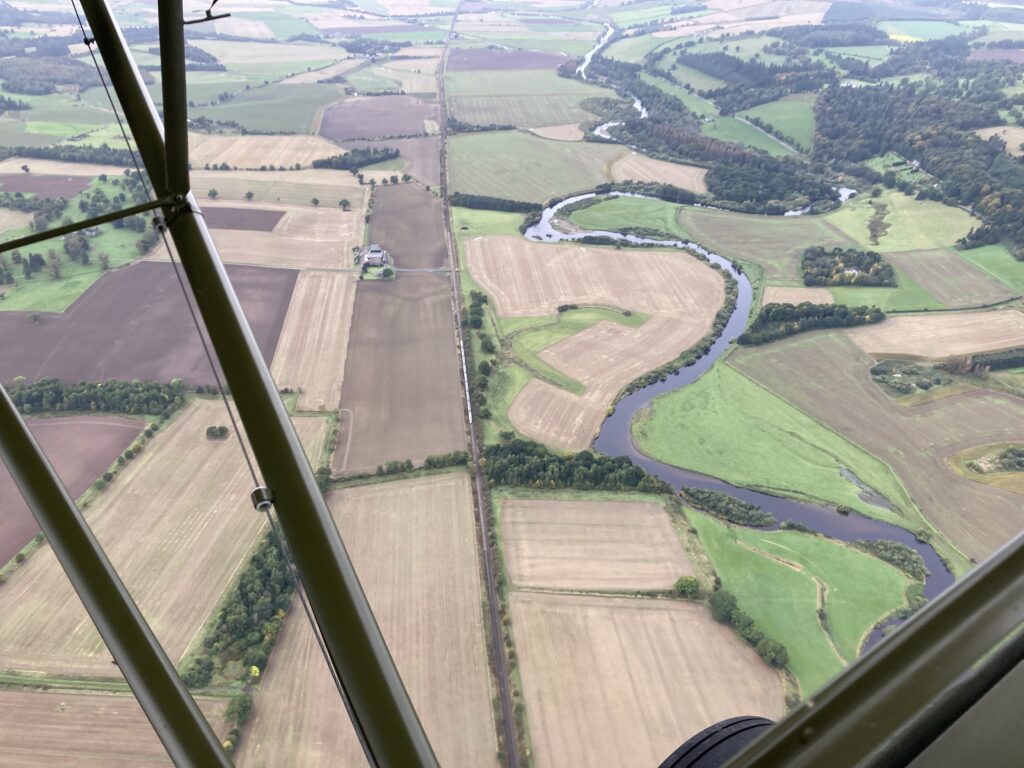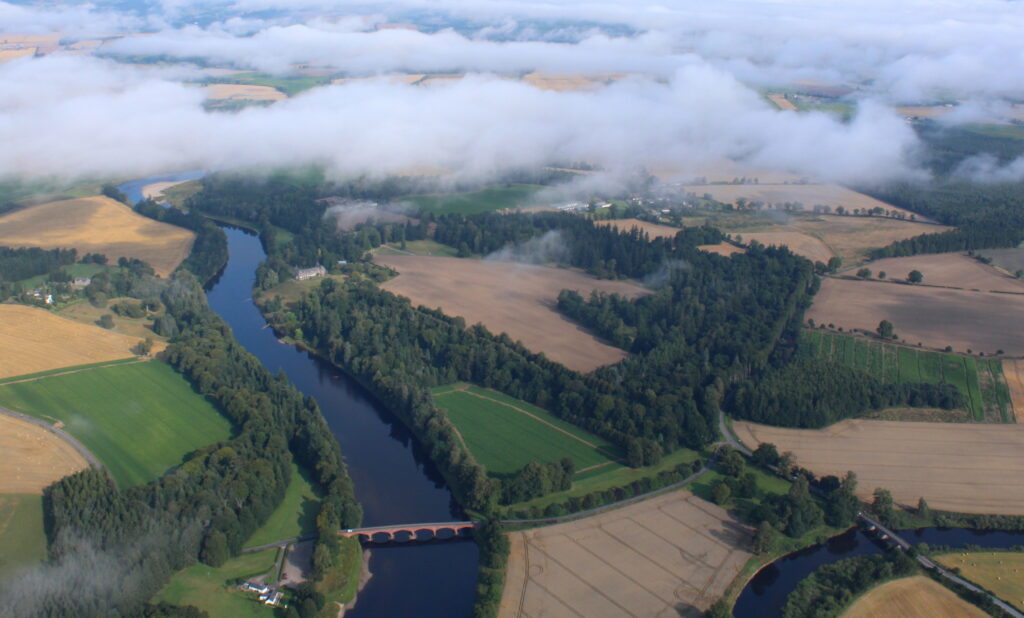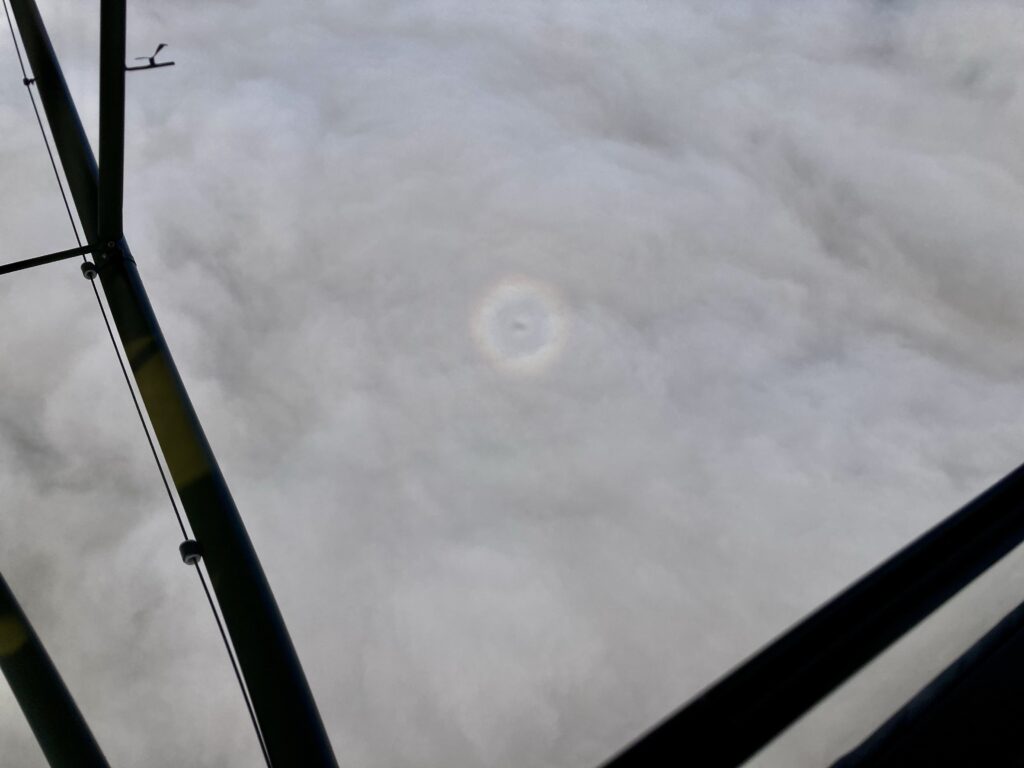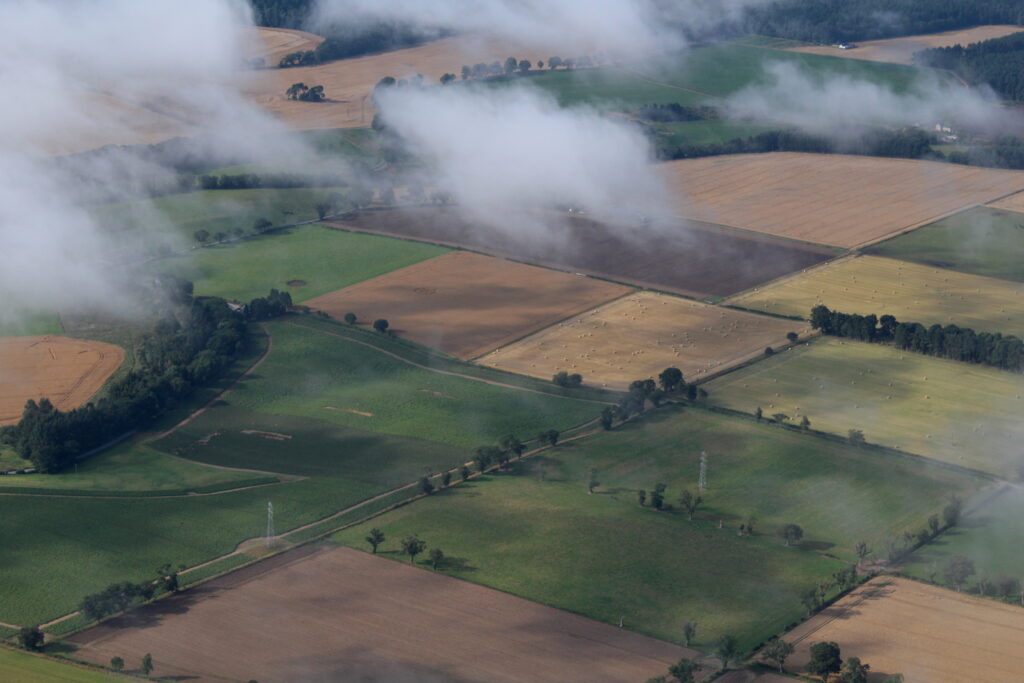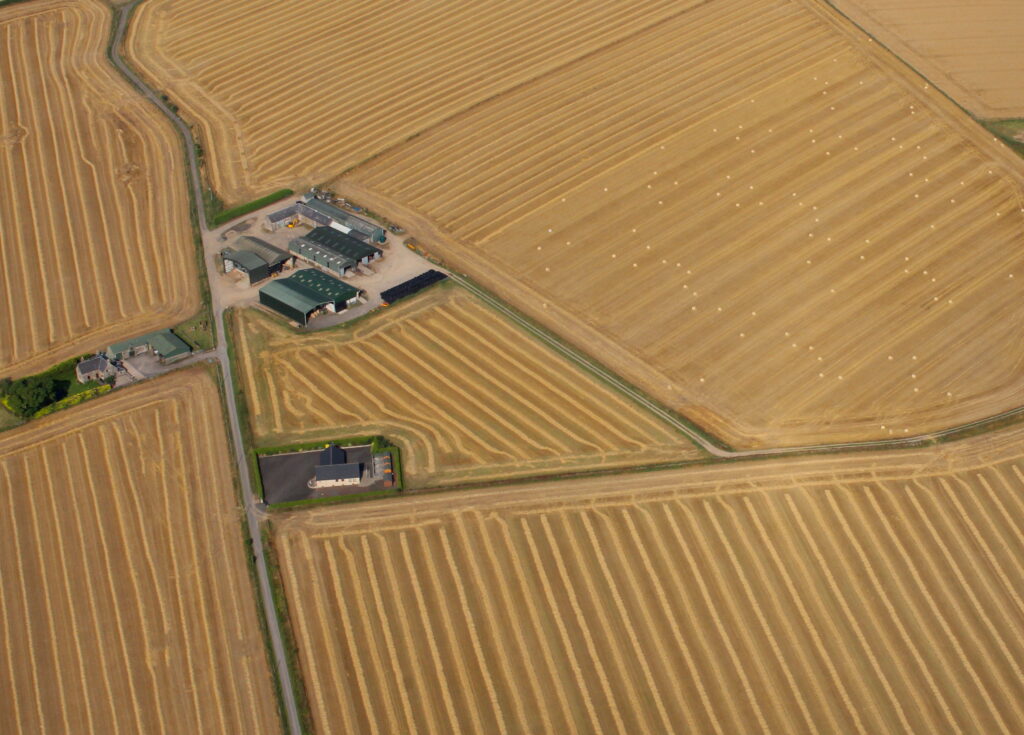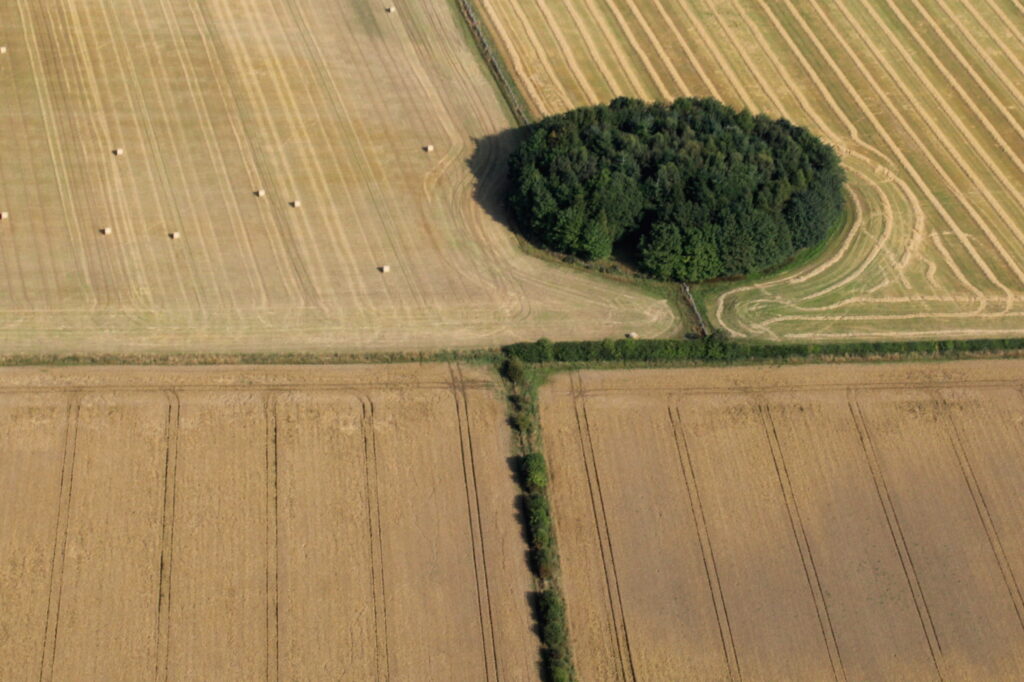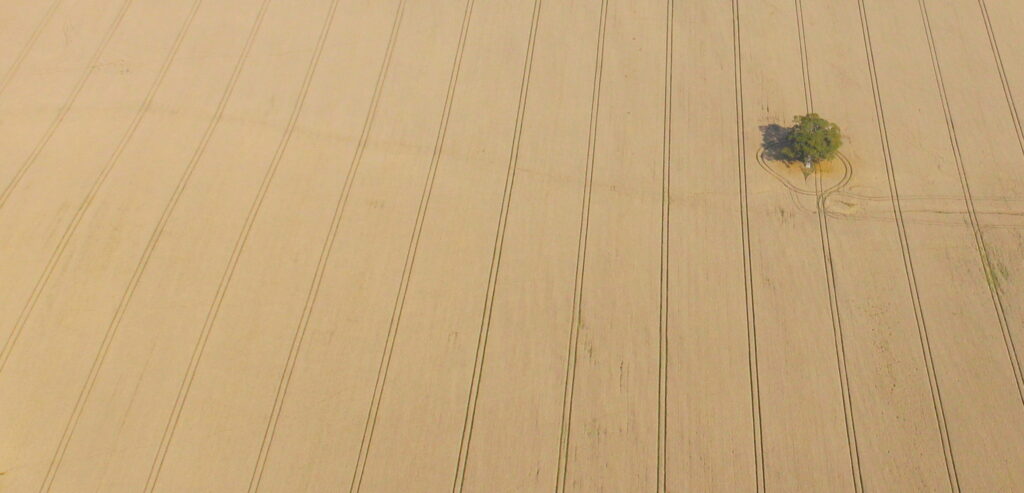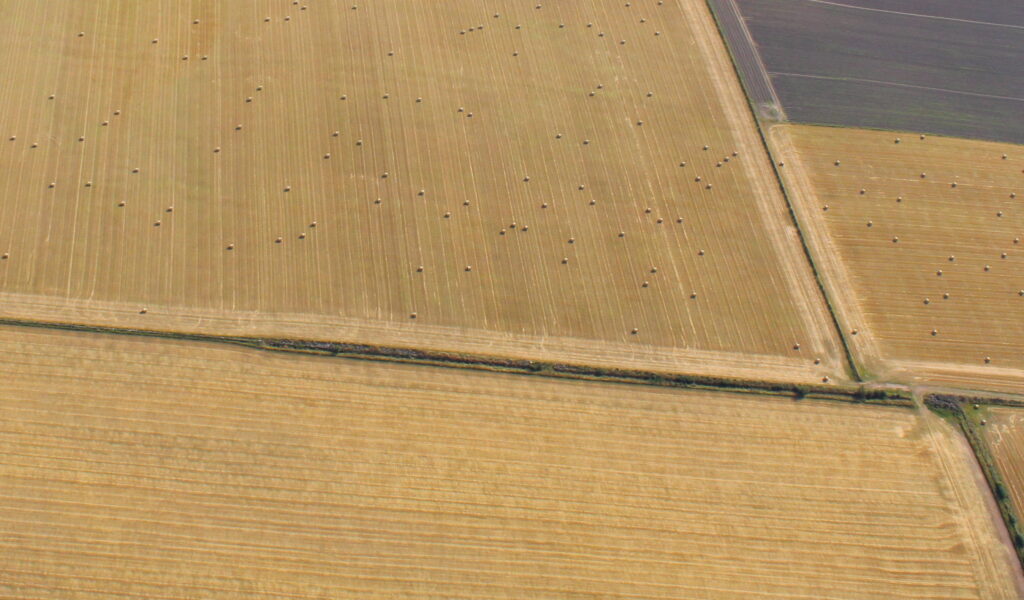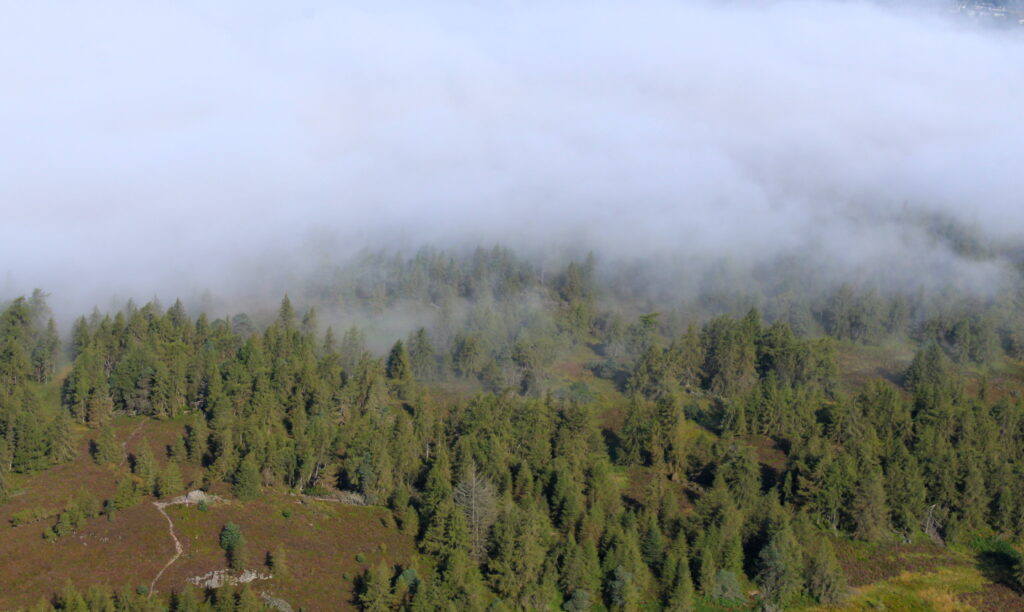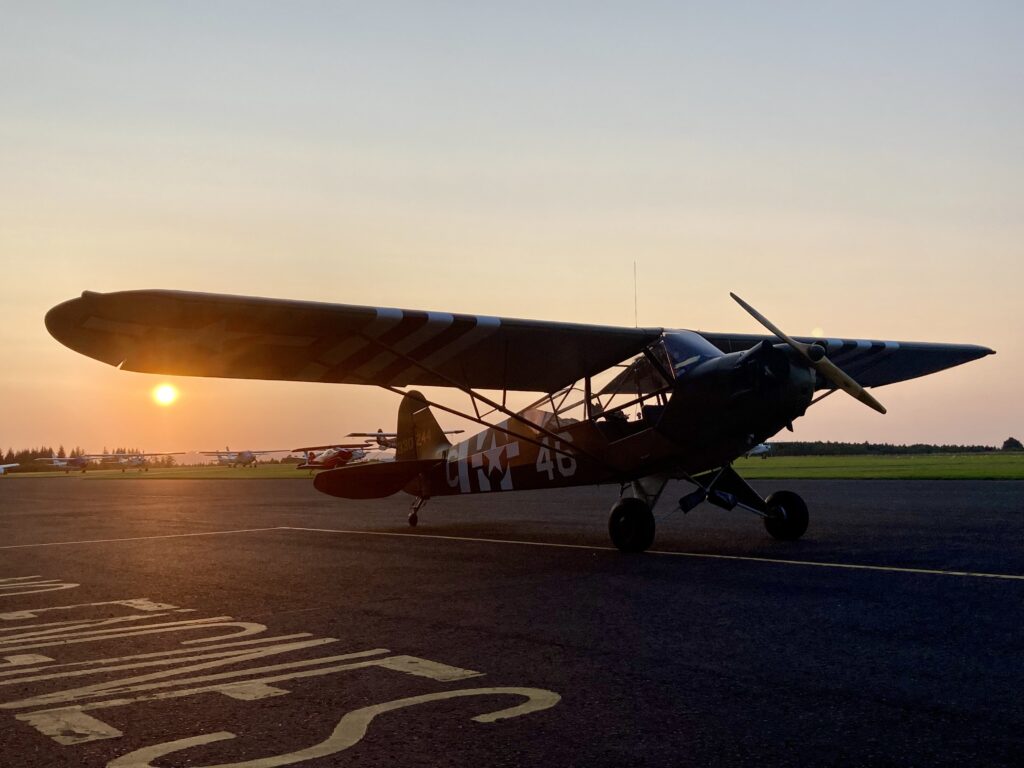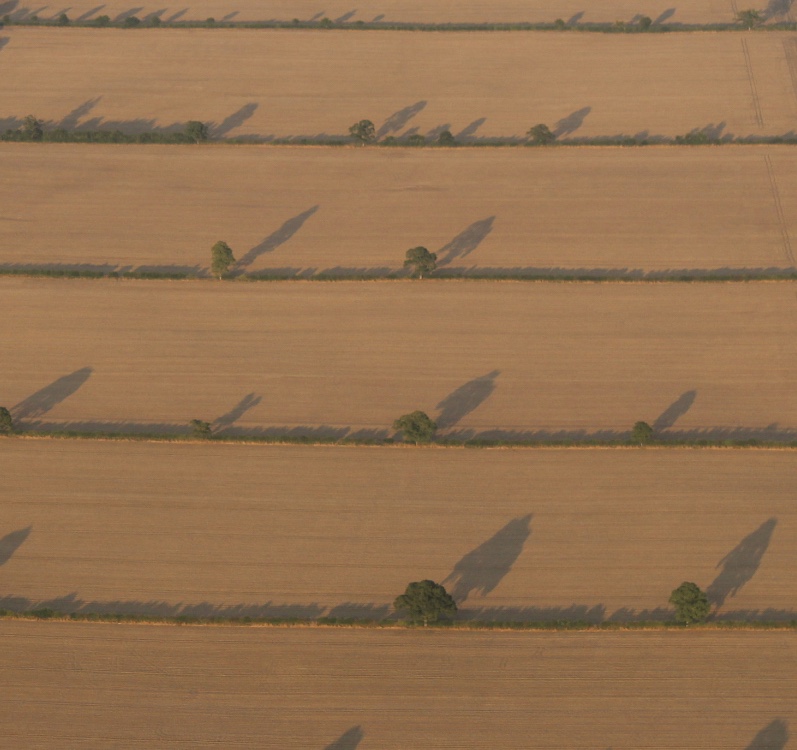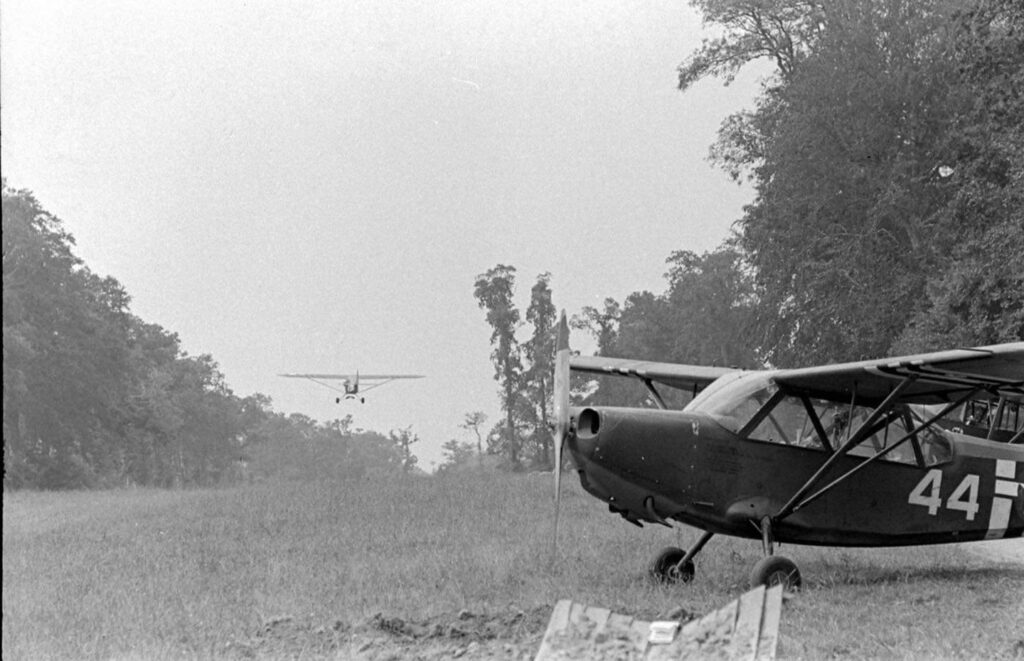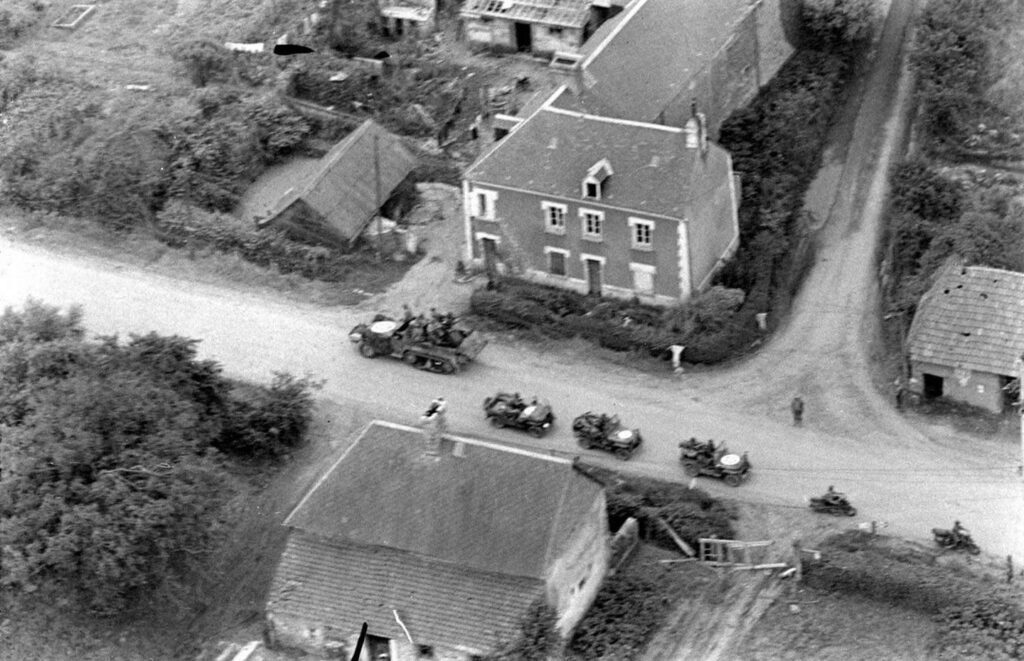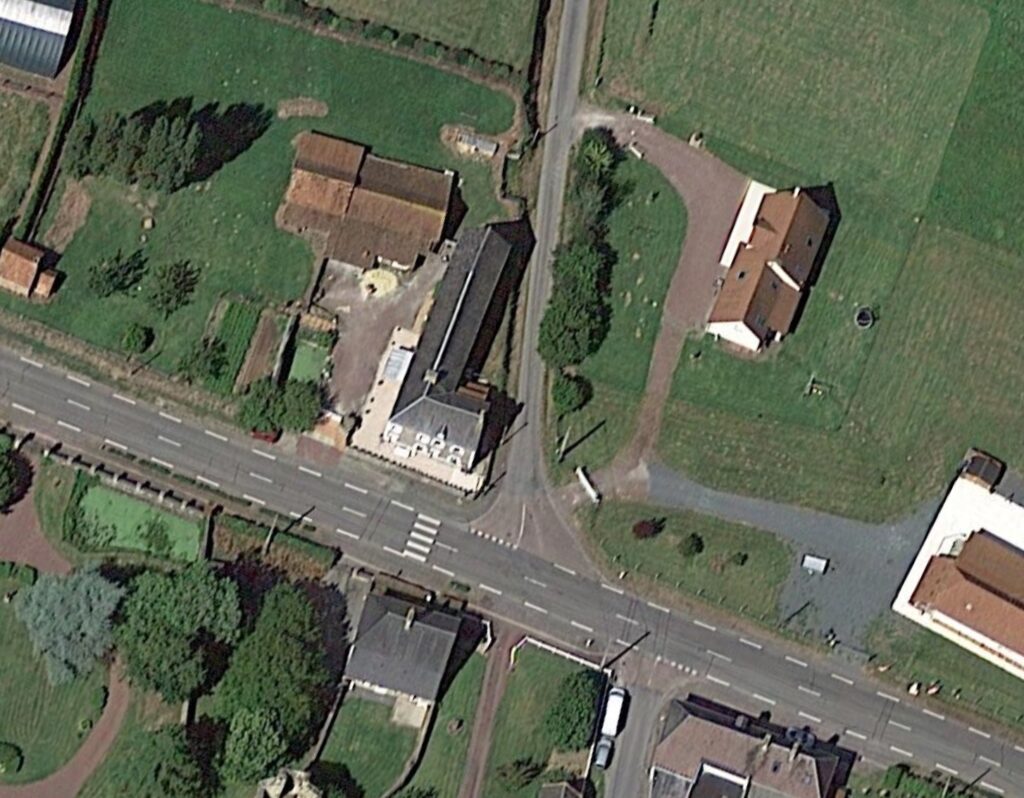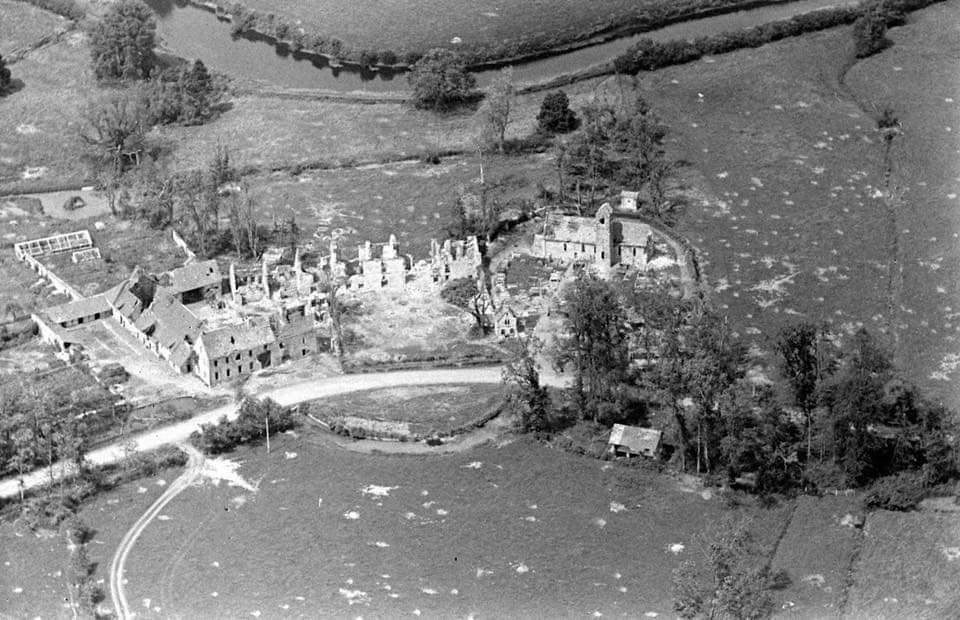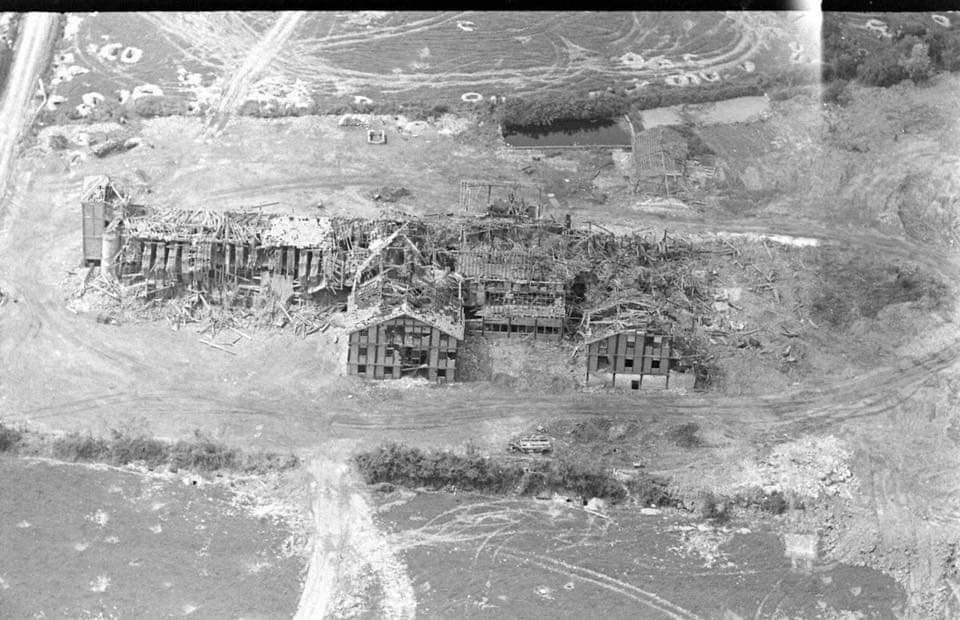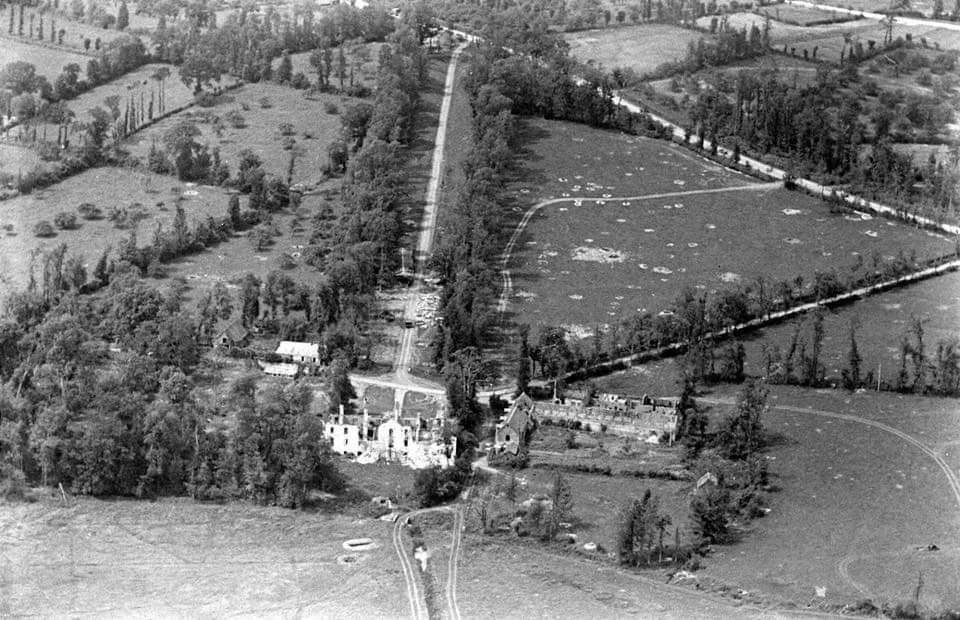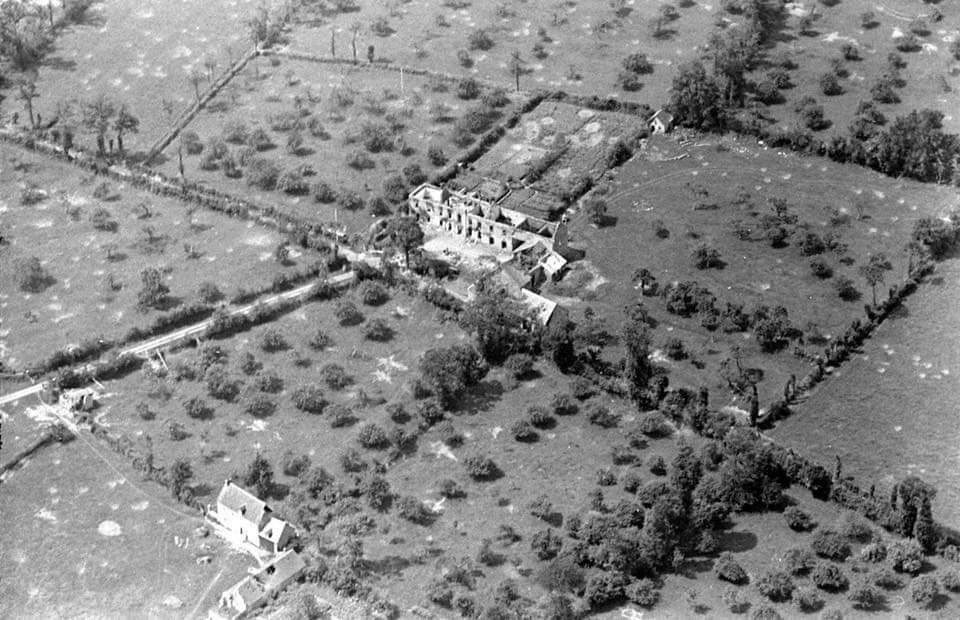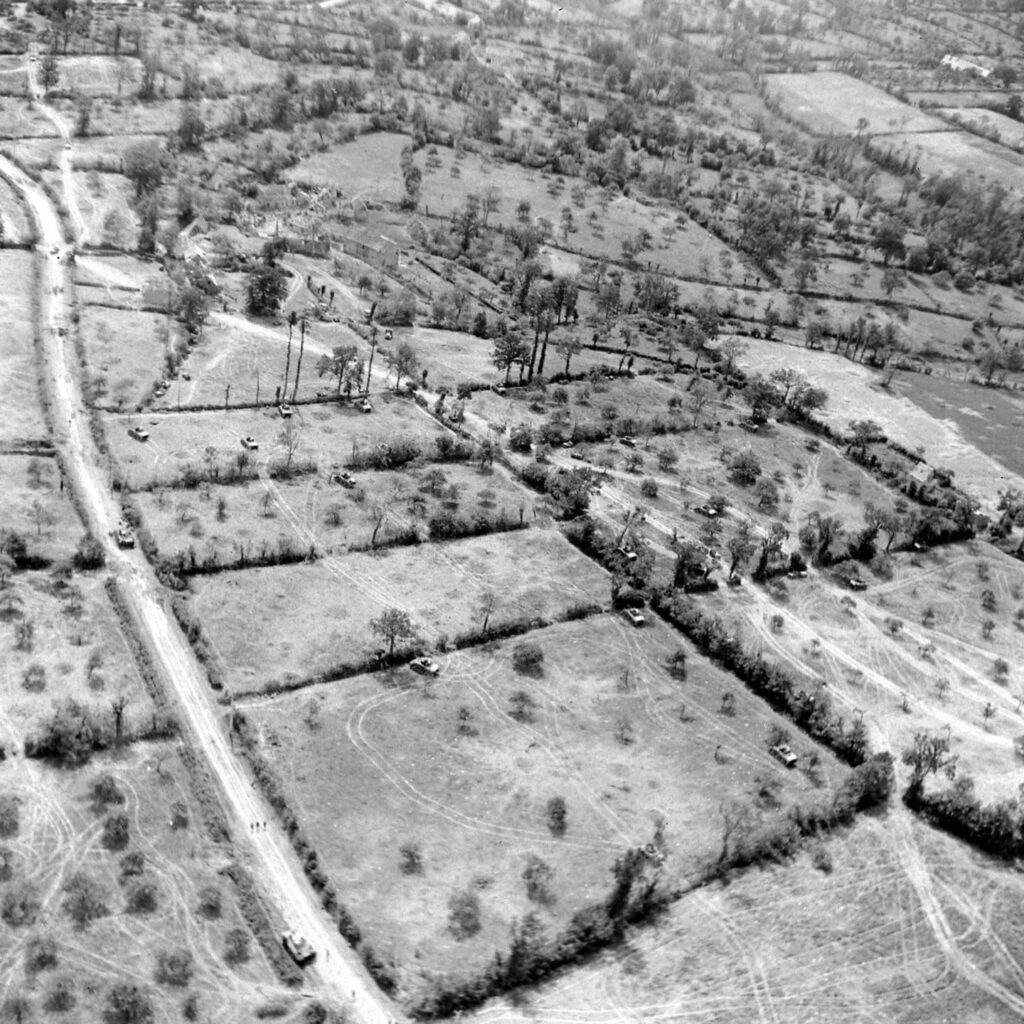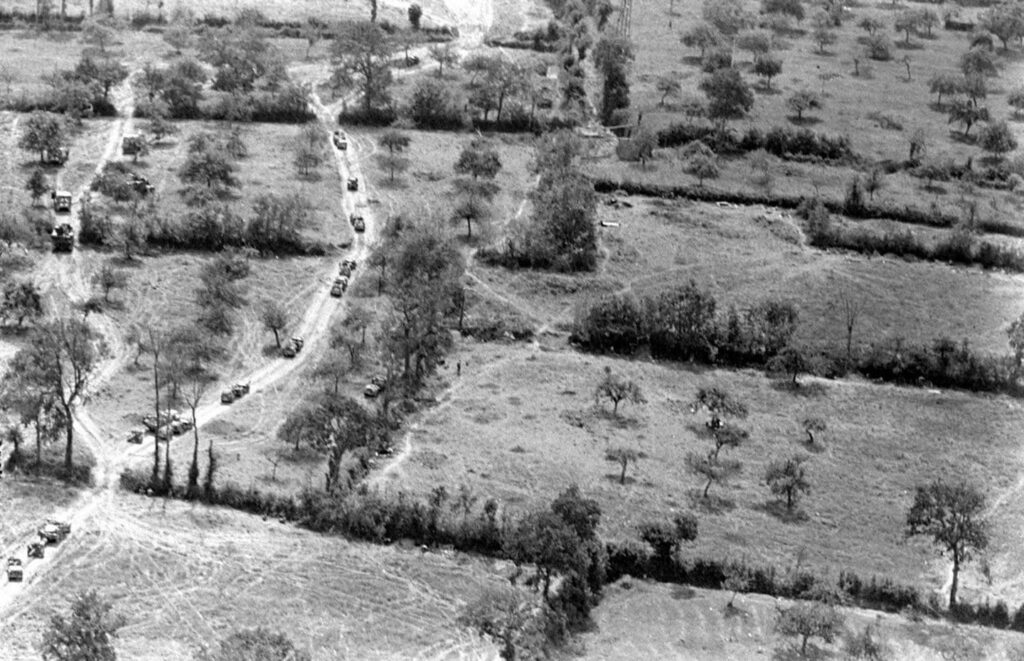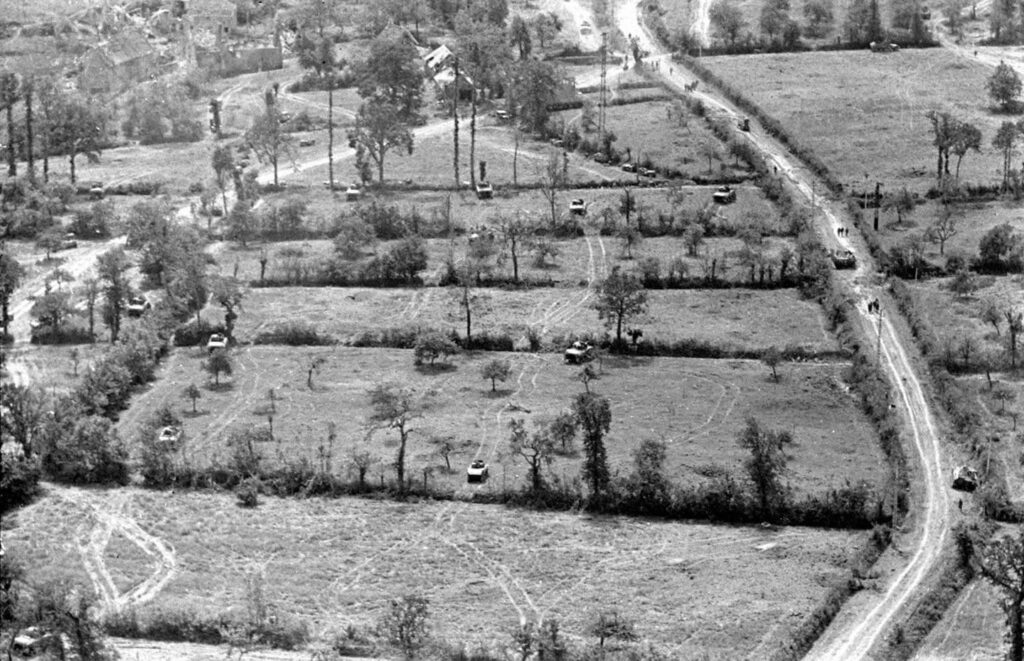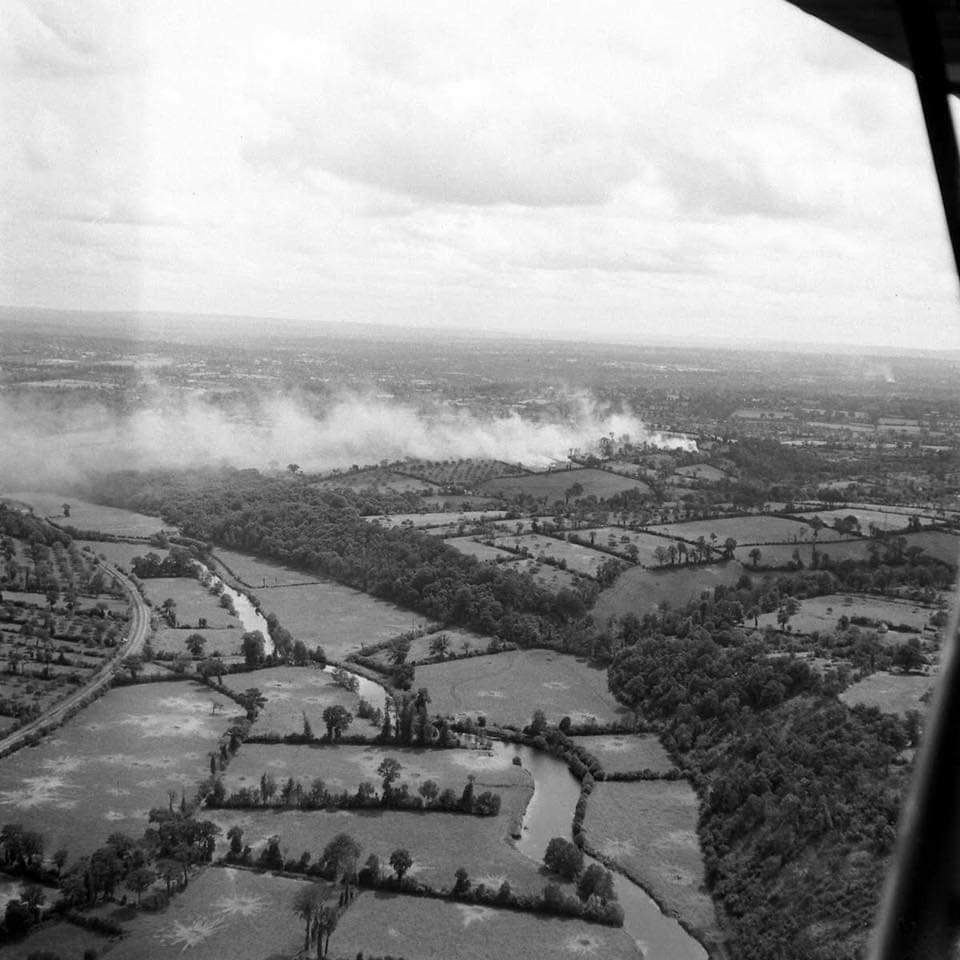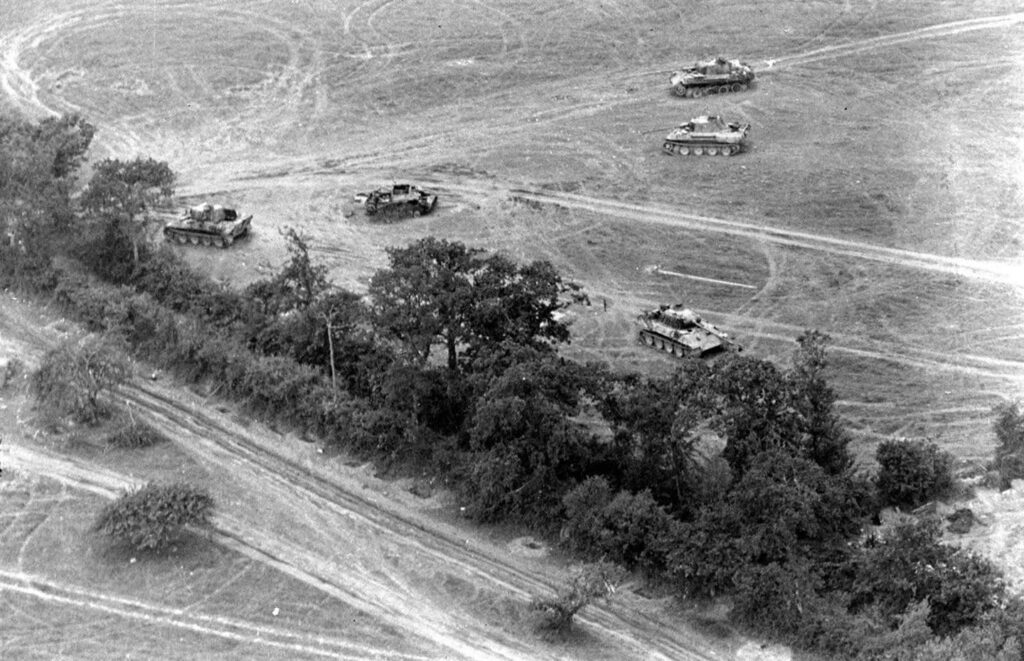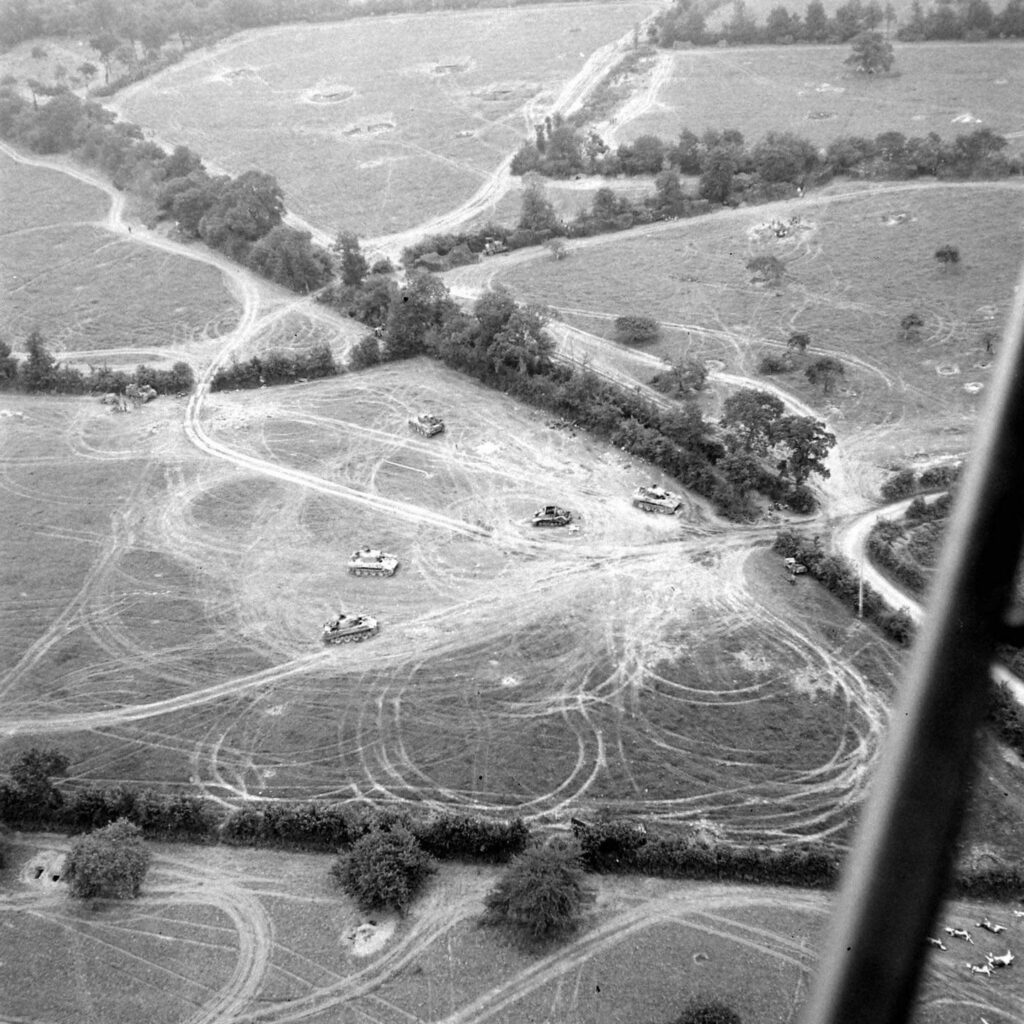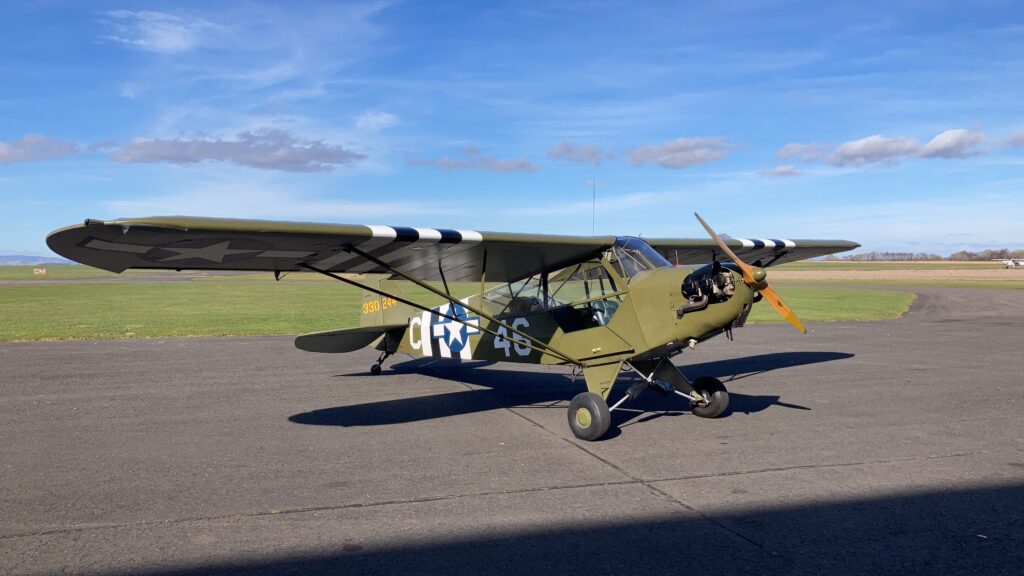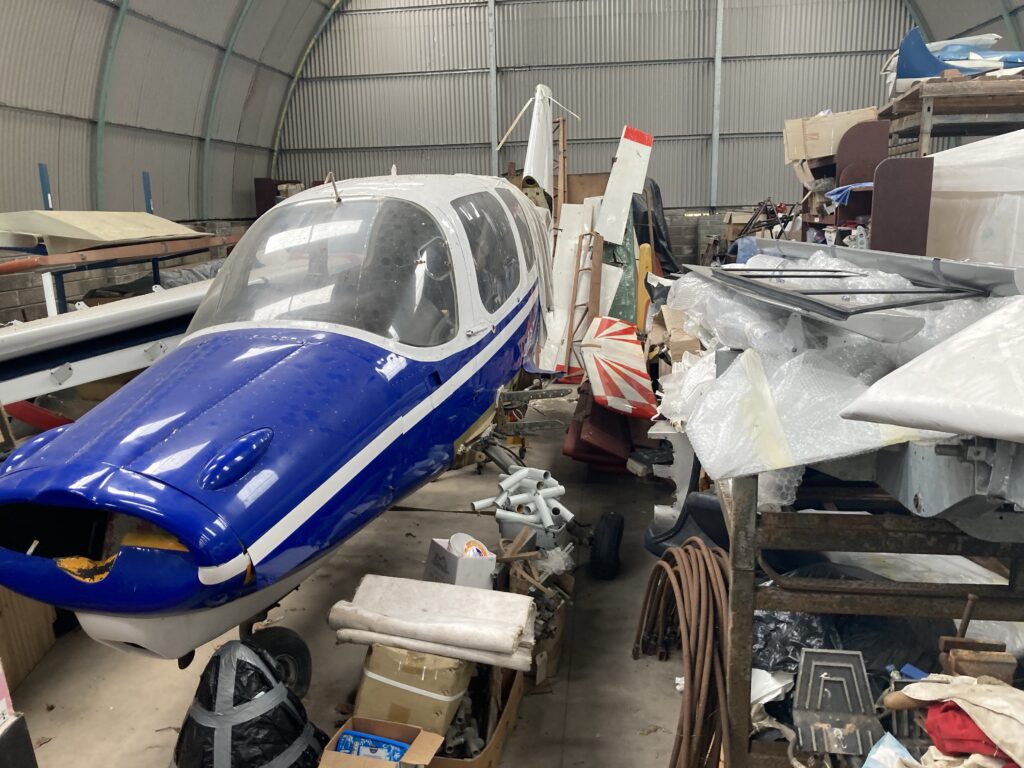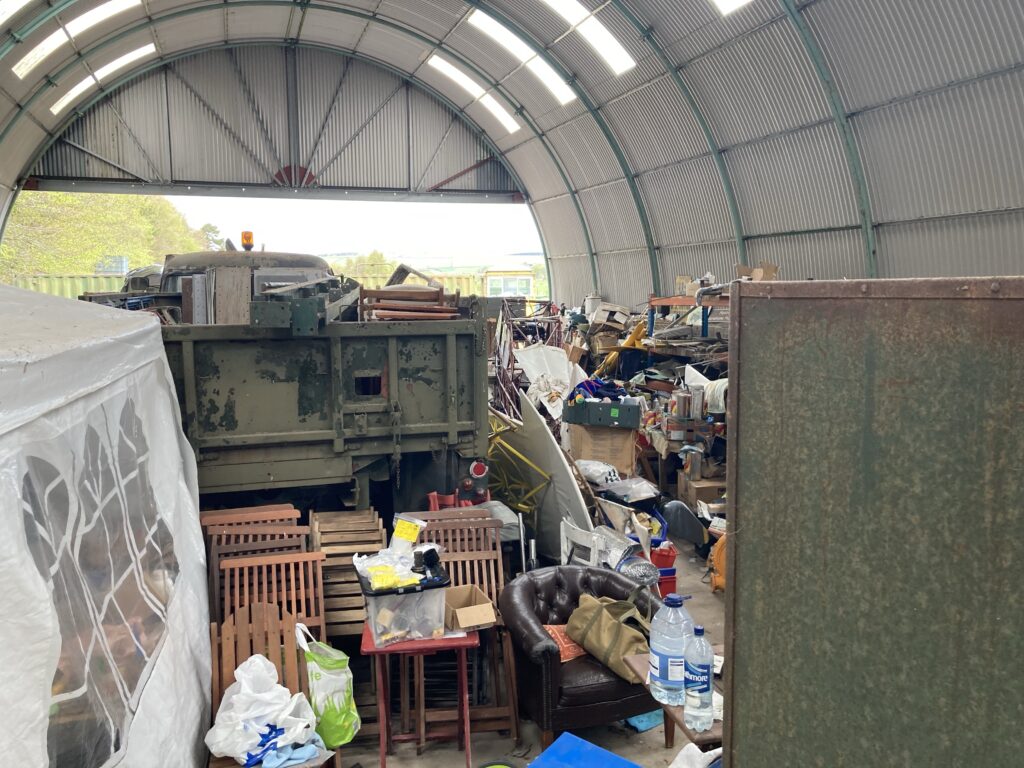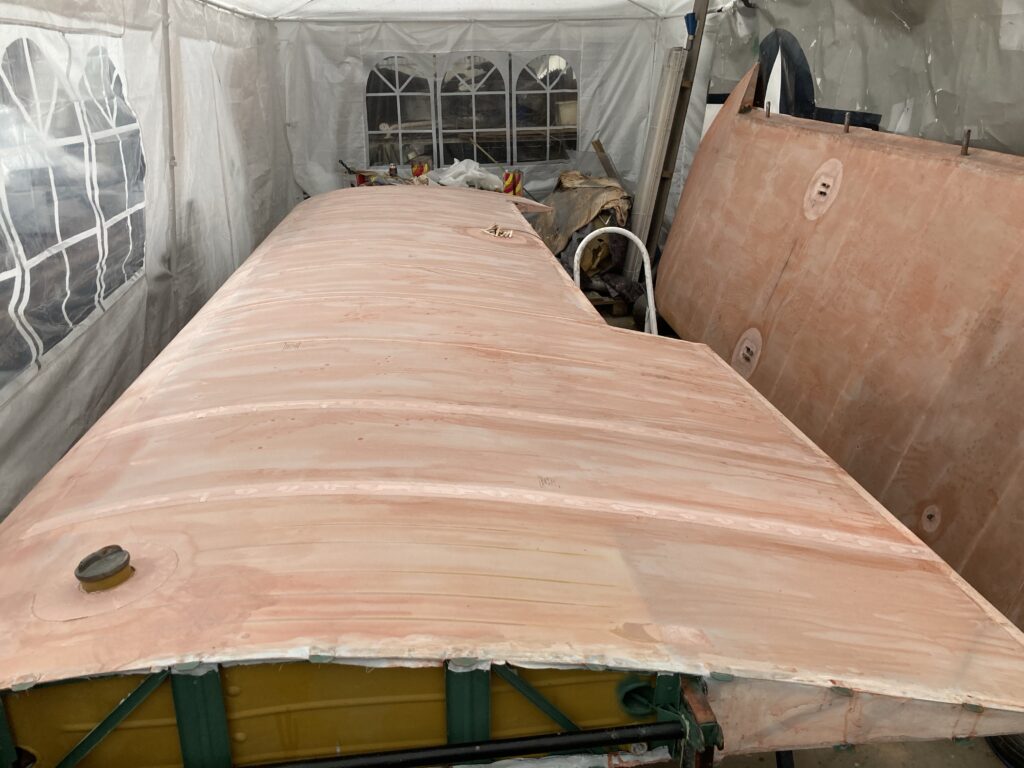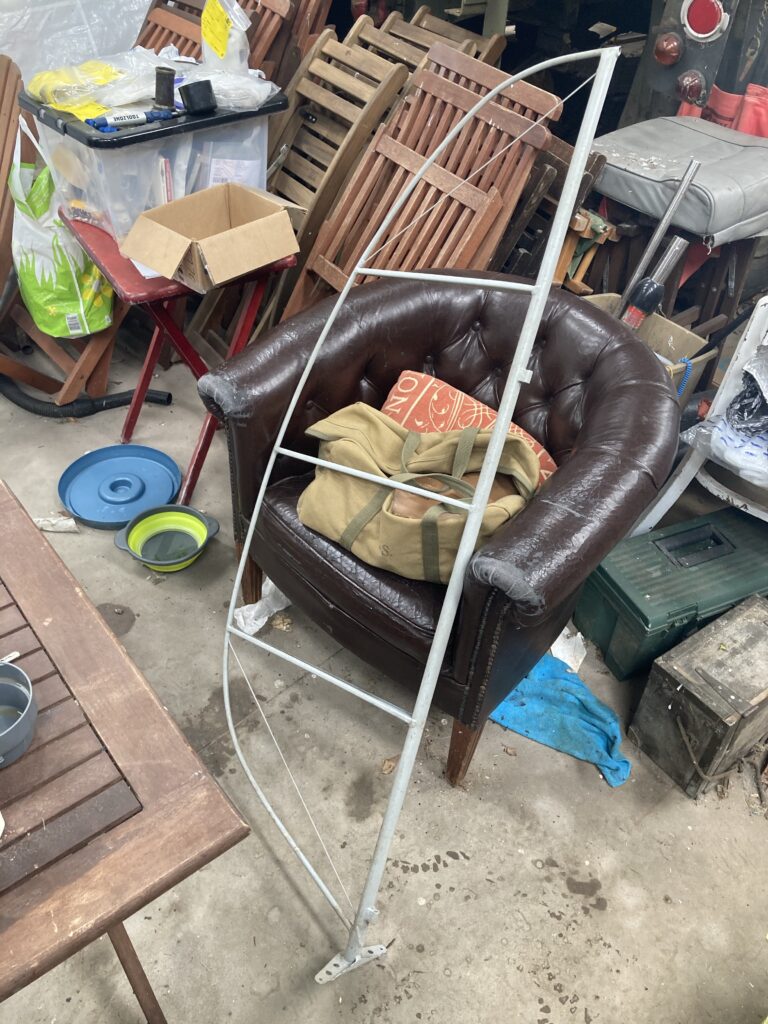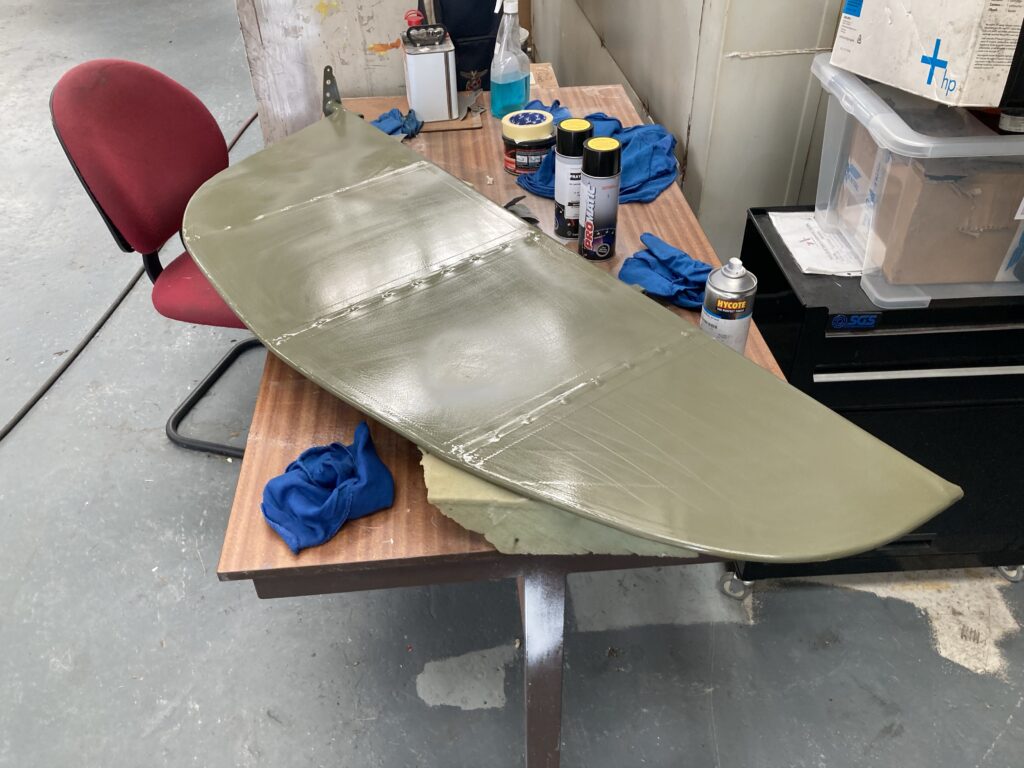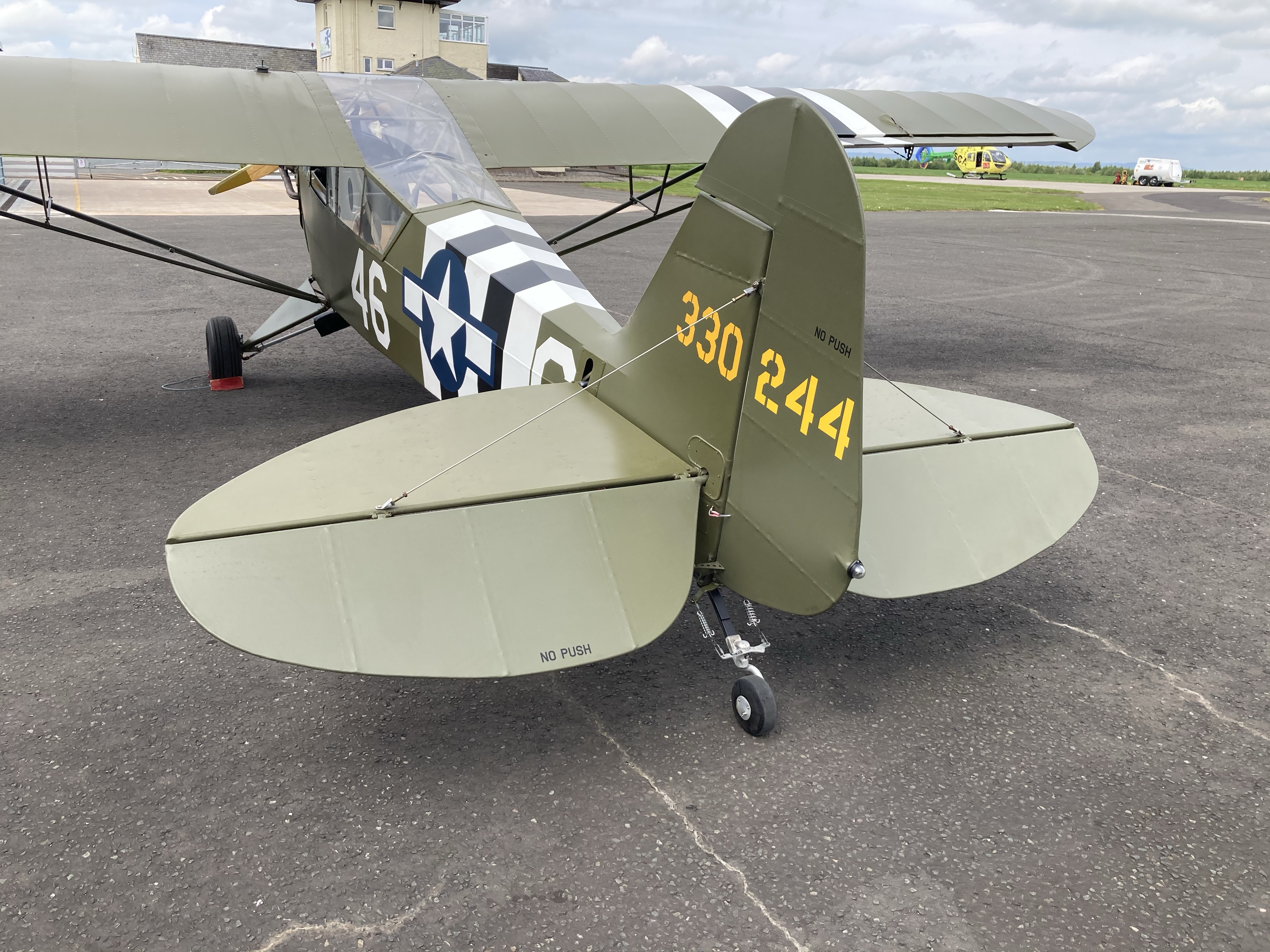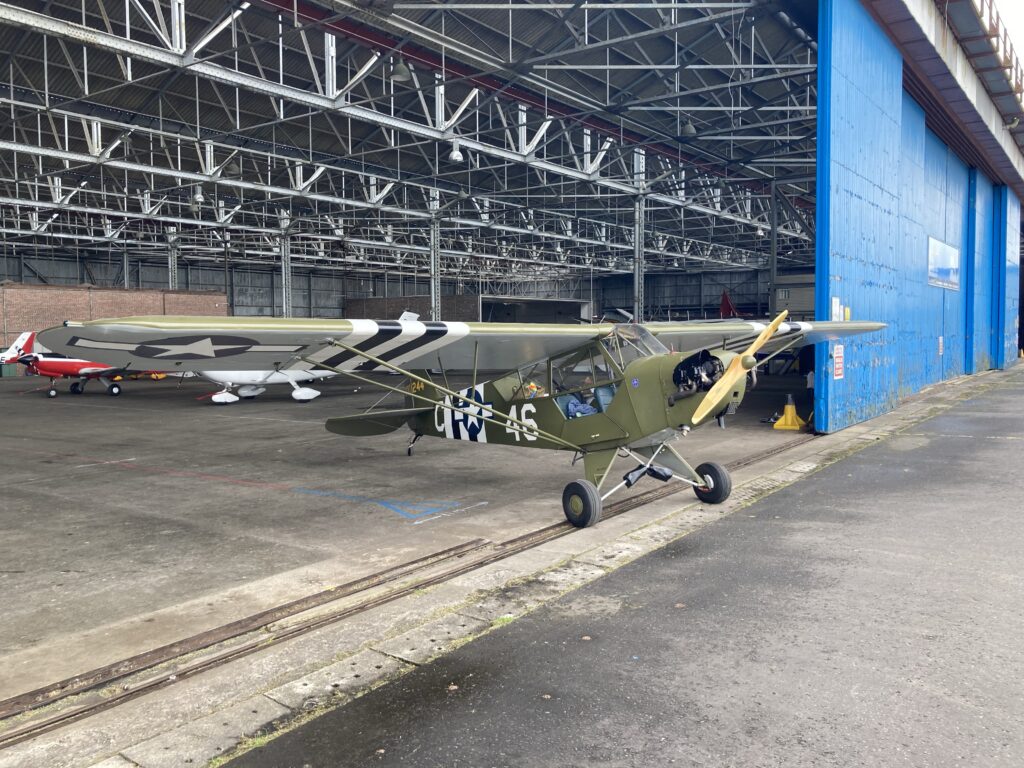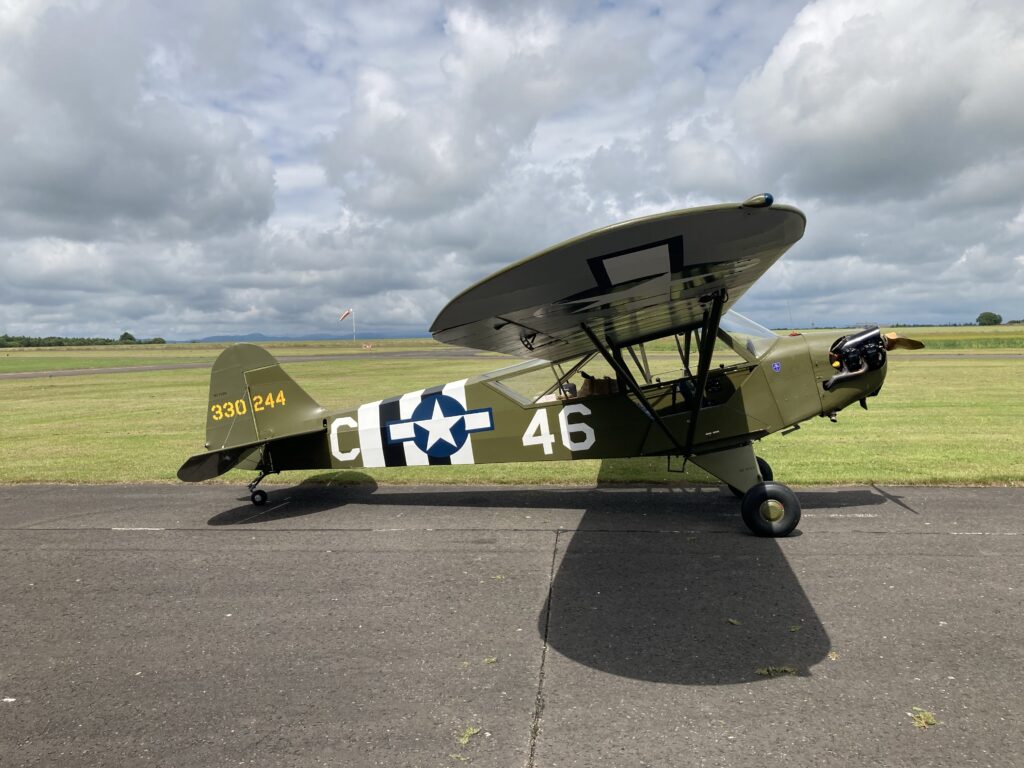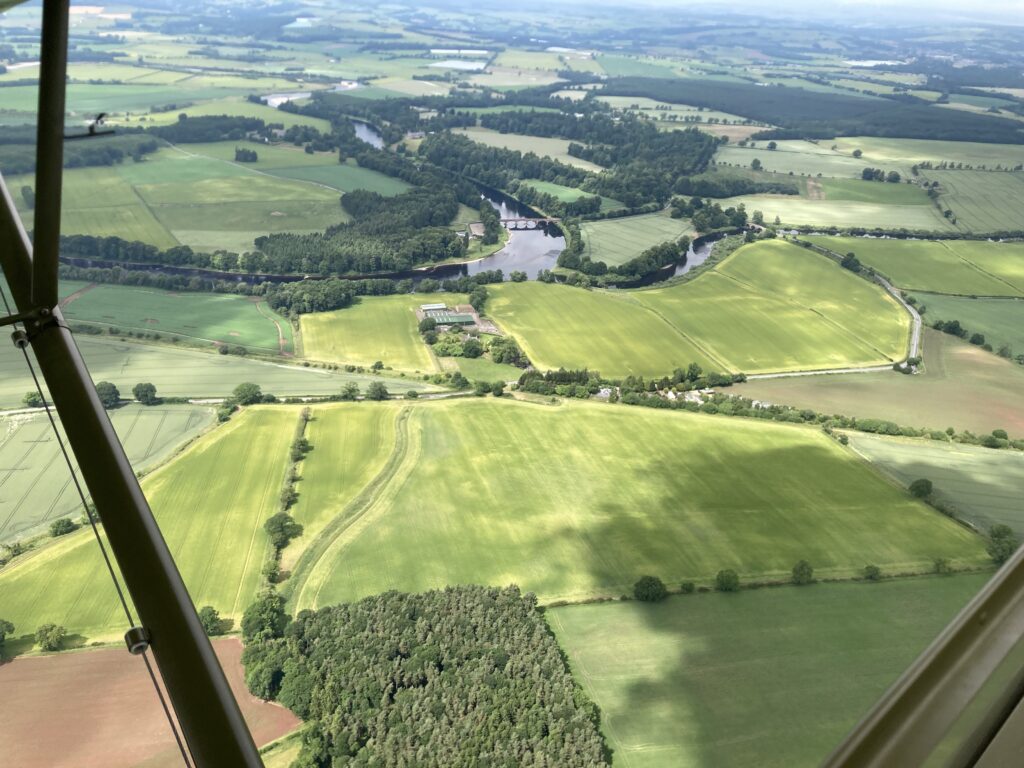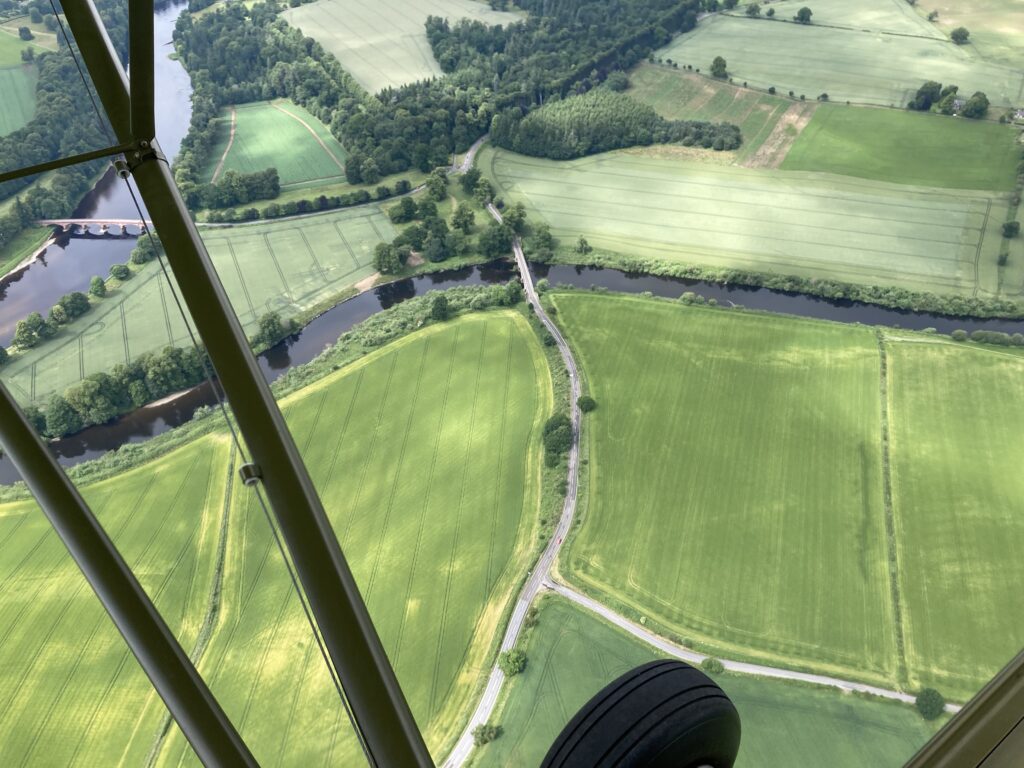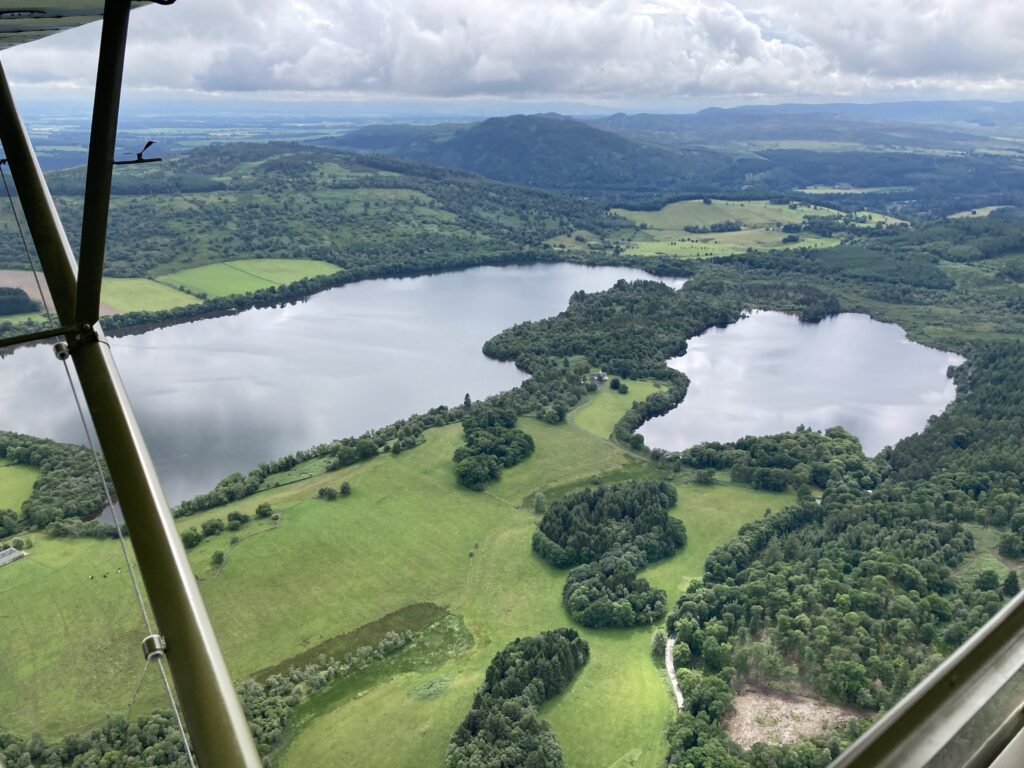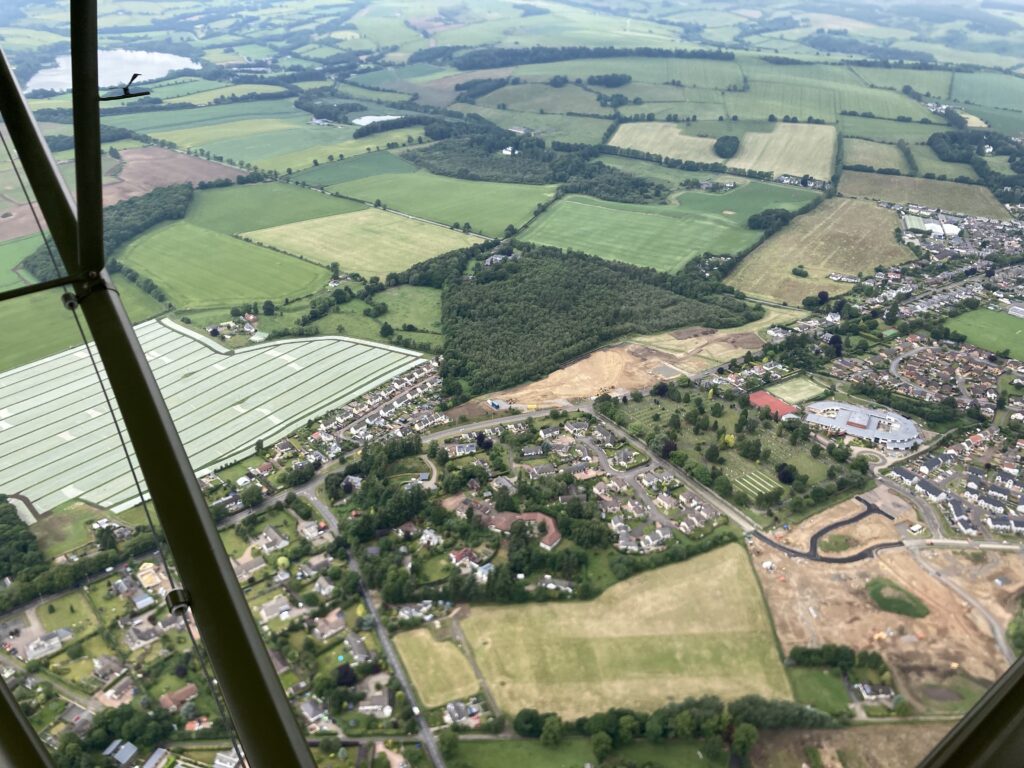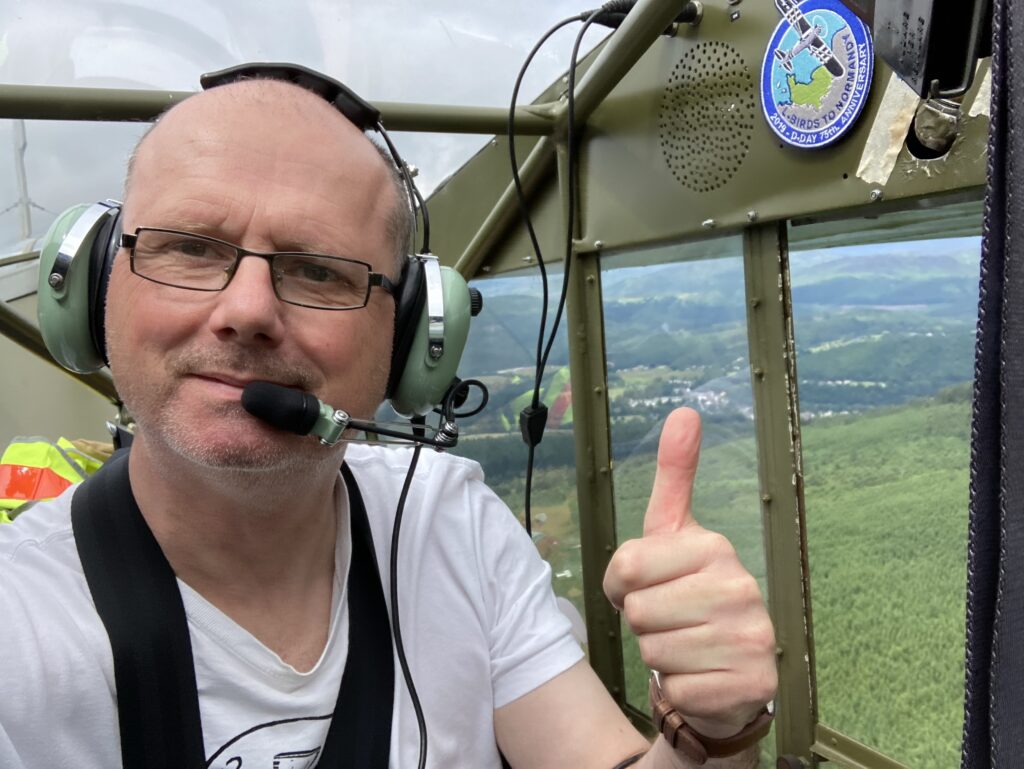Every so often work reminds me that other helicopter jobs are available, and that I have no desire to do them! Here we are in the middle of nowhere, over the sea at low level, wearing immersion suits and with the liferaft fitted to the aircraft:
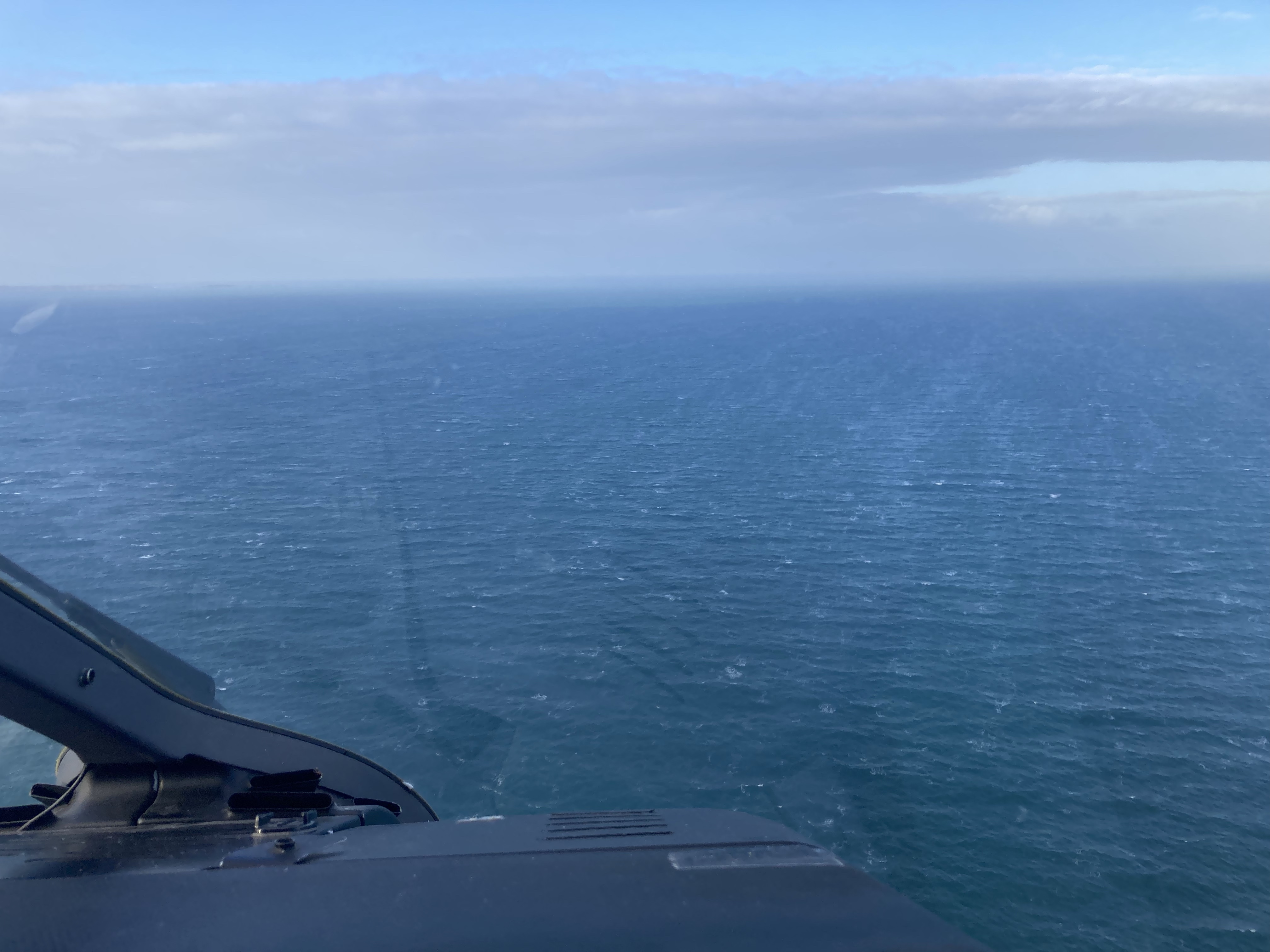
It can be quite tedious overwater when you are out of sight of land. A reminder that I have no desire to fly offshore to oil and gas rigs. Life in a rubber suit does not appeal. Out west there was not a lot to look at apart from the instruments and the odd stray fishing boat…
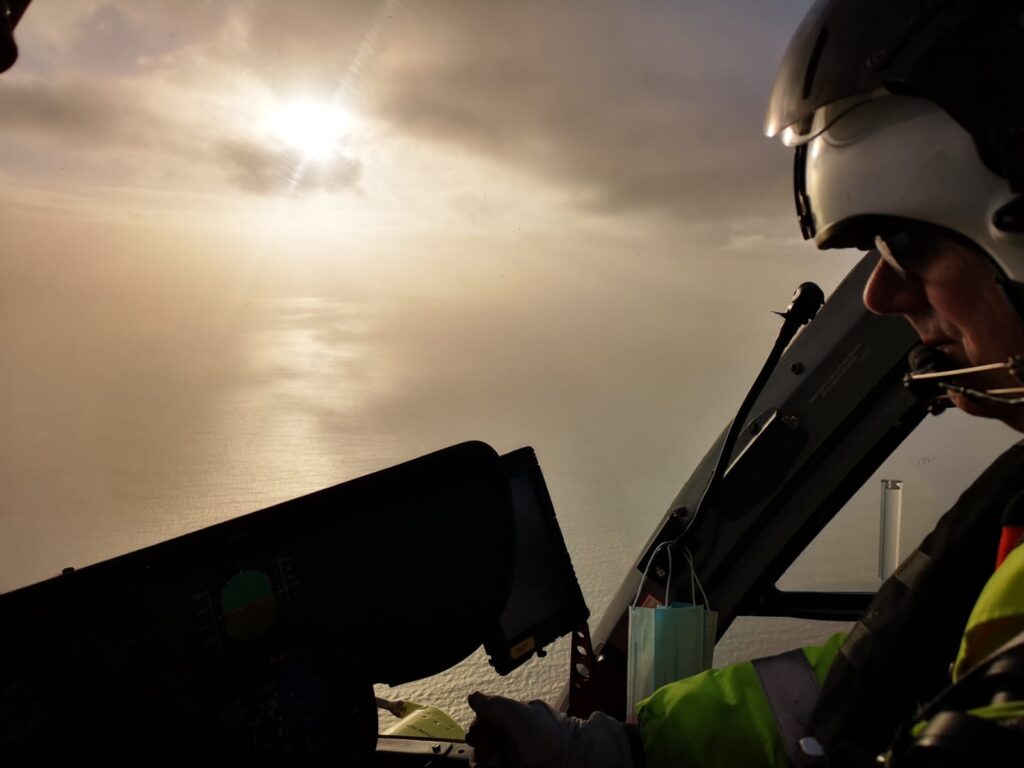
The moving map display is not much help either. Pretty soon after this picture was taken we fell off the end of the map into “here be dragons” territory:
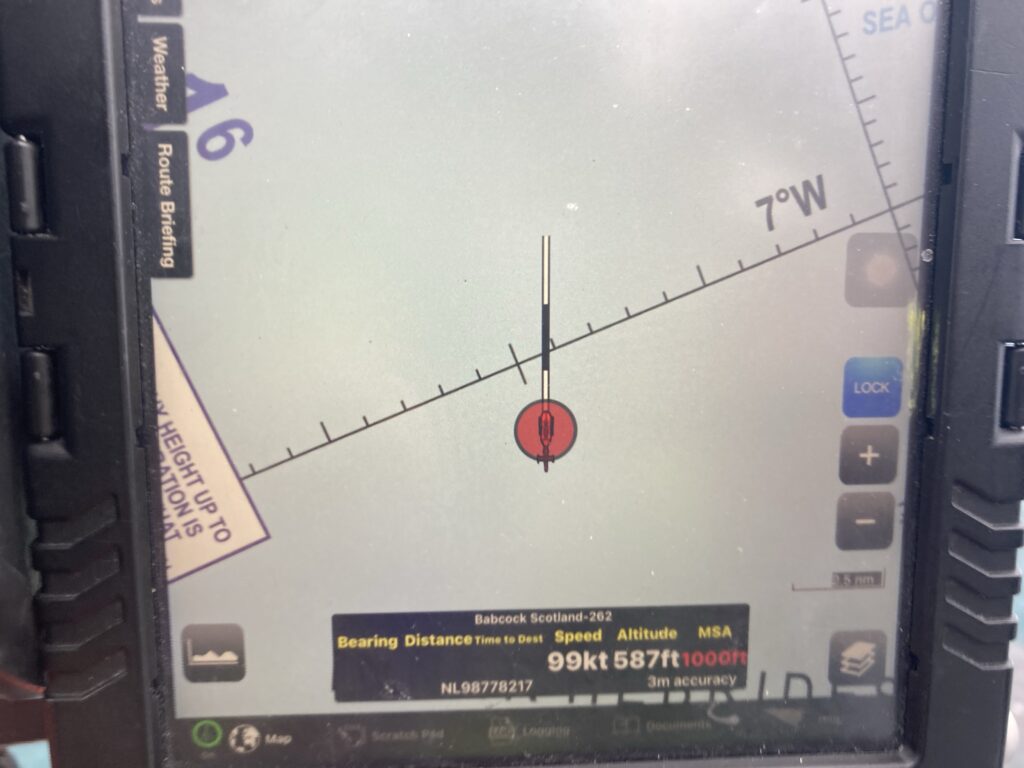
The day had started with a good forecast. We had been trying for several weeks to get out to Barra Hospital in the Hebrides to tick off my night currency requirement…Barra is one of our landing sites that needs a day visit within the previous 12 months to qualify the pilot for a night visit. This is due to distance from the mainland, terrain near the landing site, weather considerations and fuel availability. We used to have a stock of fuel drums at the hospital, together with an electric pump, but the shed they were stored in was damaged in a storm and the roof fell in, letting water everywhere and increasing the risk of contamination. The replacement of the EC135 by the H145 on the Scottish Ambulance contract removed the need for fuel as the 145 carries a lot more fuel. The Barra refuel option was discontinued, but we still have drums of fuel at Tiree and Islay.
We fly a 135, so we needed to leave the mainland with as much fuel as possible. First stop was Oban where there is an ambulance fuel trailer parked next to the helipads at Oban Airport. This is paramedic Rich’s view out of the aircraft as we pass the Oyster Inn ( we’ve been here before…see http://www.sigurdmartin.se/2017/09/14/oban-for-lunch/ ) and the Connel Bridge at the Falls of Lora on the way in to land:
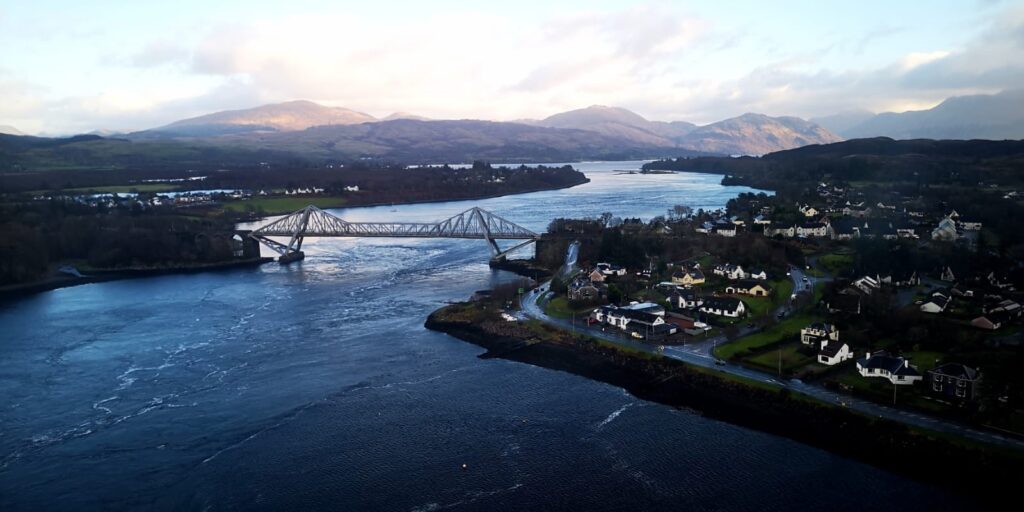
After a quick refuel (in the rain!) we headed up the Sound of Mull for the crossing to Barra. Another photo from Rich in the back as we approach Tobermory, the capital of Mull:
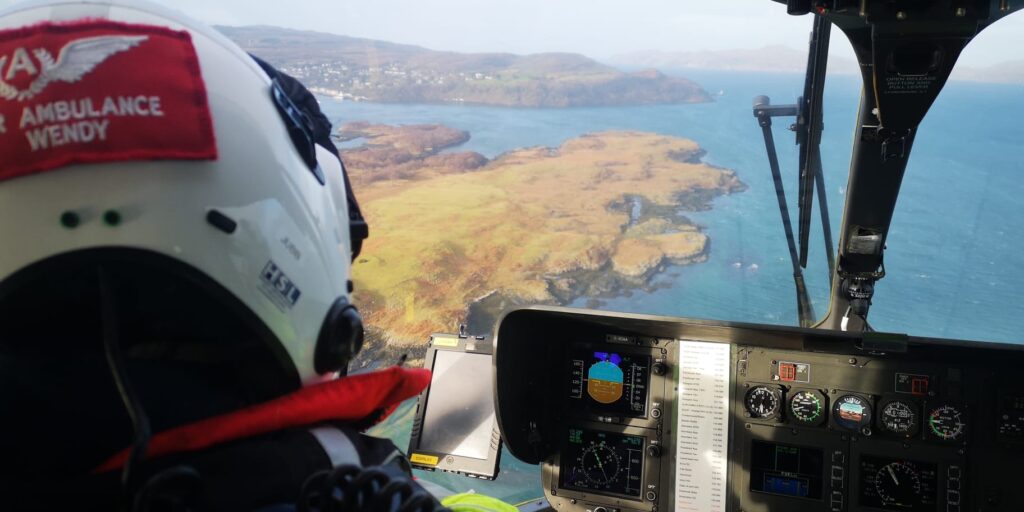
It was at this point that we got a request from ambulance control…as we were out and about on training could we give them a hand and actually move a patient? There was a request for a Stornoway to Glasgow transfer. One patient and one bag going to the mainland for enhanced care at one of the larger hospitals. We did a few calculations and confirmed that we could reach Stornoway with the fuel we had on board. Then we could refuel and load the patient and get going. Our simple training trip was turning into a bit of an epic!
Castlebay is the main settlement on Barra. We could not work out why it is called that! The hospital is just out of sight to the left:
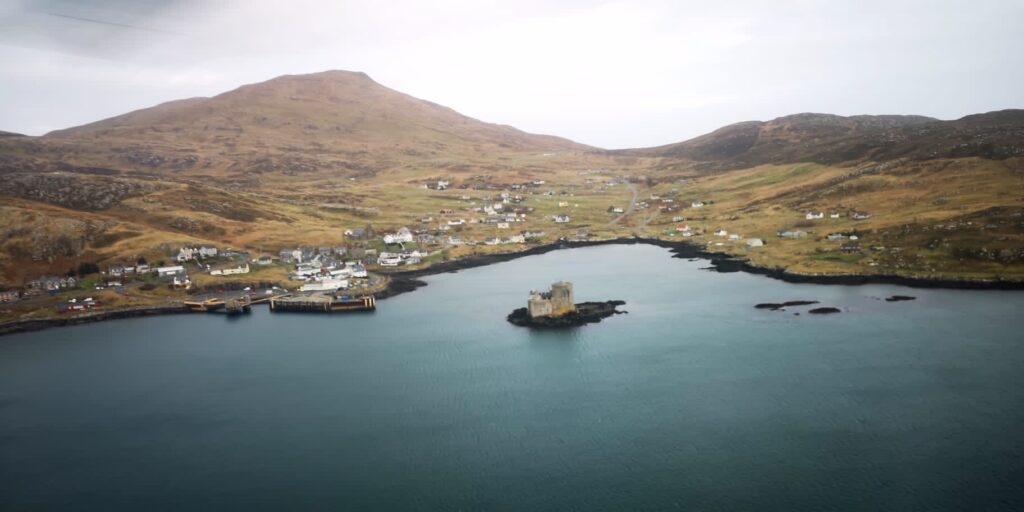
Then it was northbound up the east coast of the Outer Hebrides, passing Benbecula Airport which would have been available for a refuel if we had needed it. This is Eilean Glas lighthouse on Scalpay, a small island off Harris:
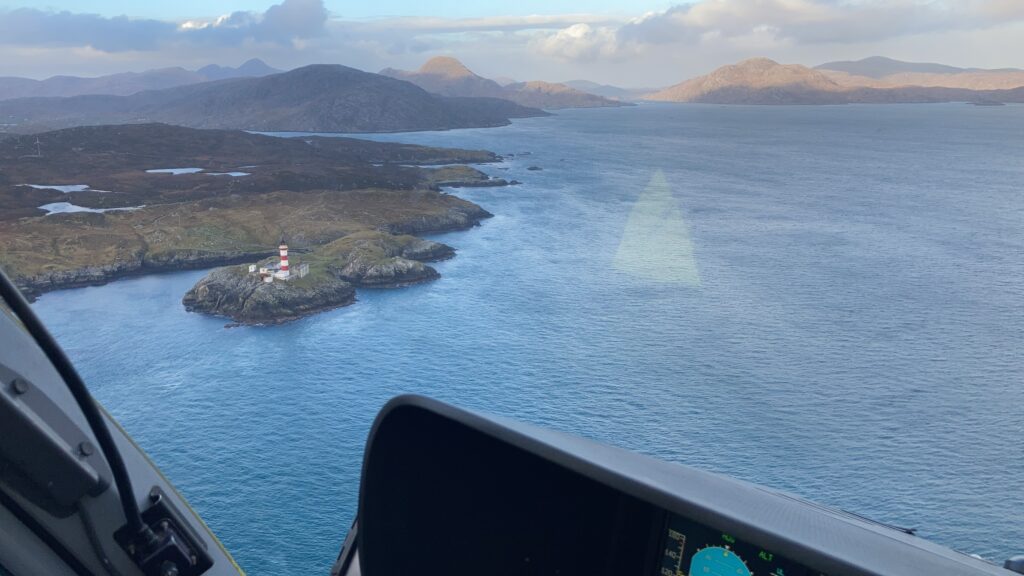
Final approach into Stornoway:
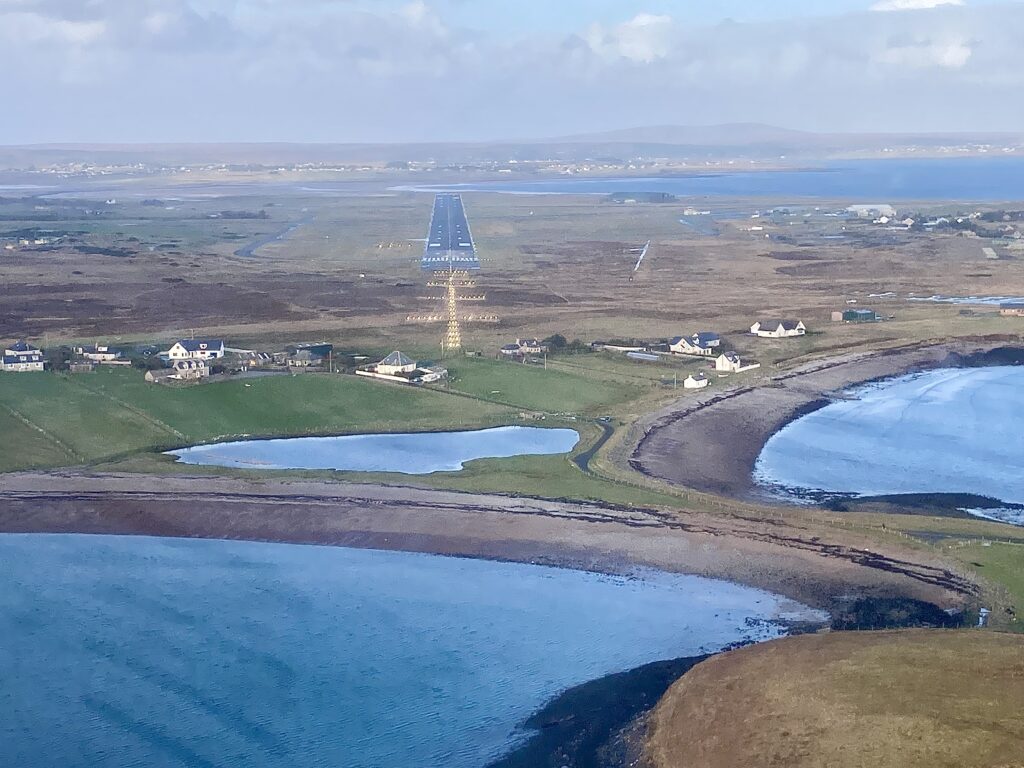
Refuelling on the apron. At the same time the paramedics were in the ambulance talking to the patient. Multi tasking in action…
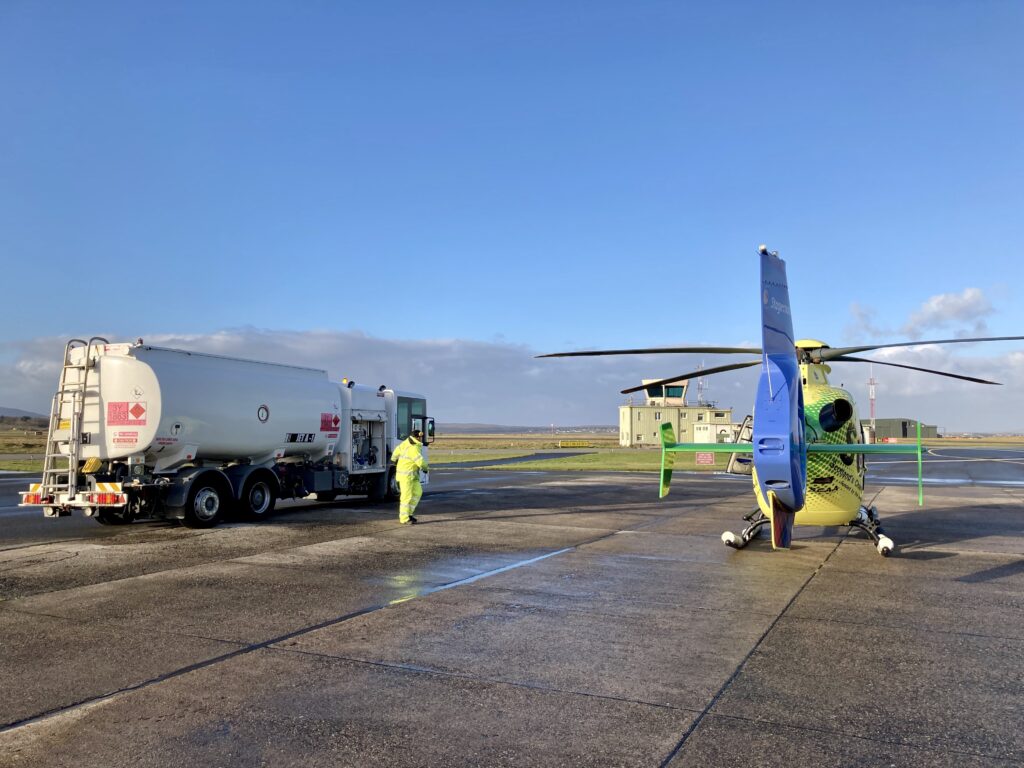
Then it was off to Glasgow. The trip from Oban via Barra to Stornoway had taken 1 hour 40 minutes, but Stornoway to Glasgow took just 50 minutes, due to the tailwind.
I took the next shot on the way to Barra. Notice top left of the screen where it says SPD 103 – that is the groundspeed. Bottom left is the wind indicator, showing that we were headed into a 25 knot headwind at the time. We were at low level to get out of the teeth of the gale:
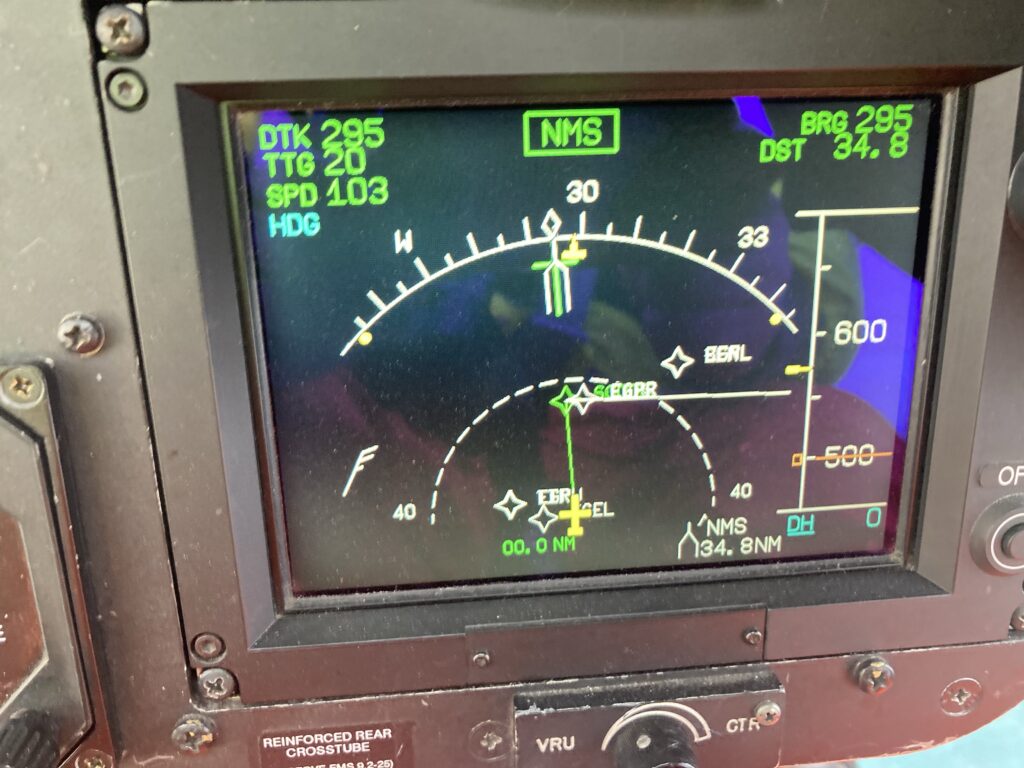
Compare with this next screen. Now the wind indicator is showing a 45 knot tailwind and the groundspeed readout now shows SPD 171. We were now at 4000 feet to get as much advantage of the tailwind as possible.
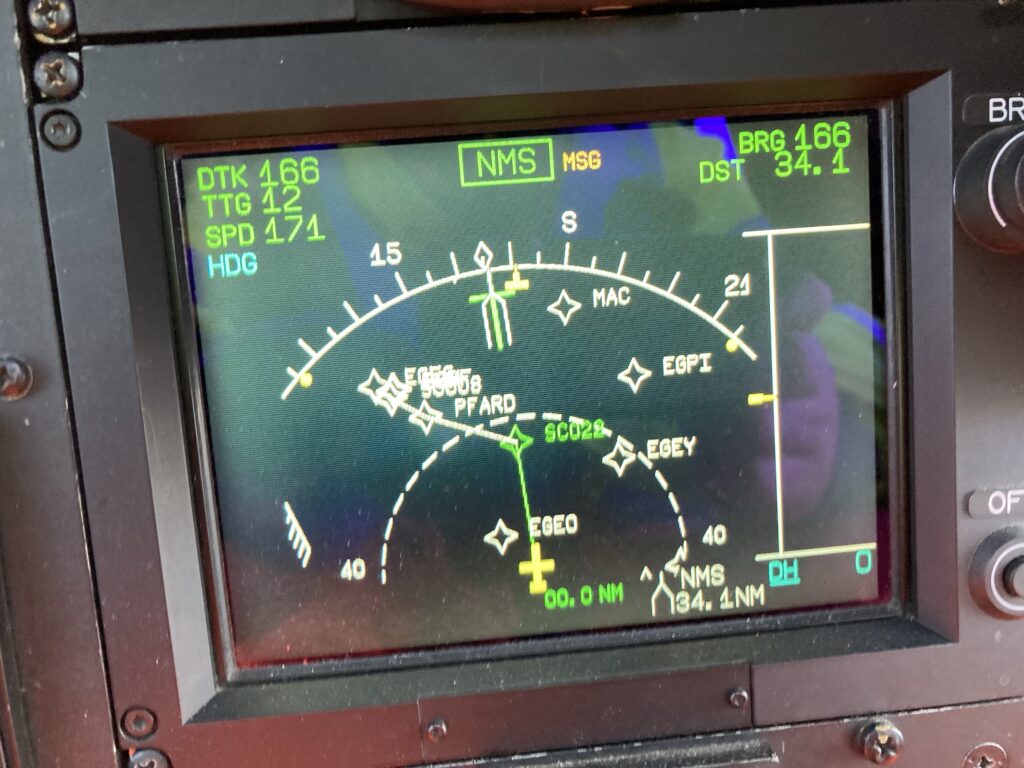
Interestingly, by a mere fluke in both cases we are about 34 miles from the next waypoint, top right where it says DST 34.1 or 34.8. Comparing the TTG figures top left of each screen shows a 20 minute time to go (TTG 20) into wind and TTG 12 with the wind behind us. An eight minute difference over just 34 miles due to the wind. Groundspeed 1-0-1.
The return trip didn’t take long at all. Some great views which made it all worthwhile in the end. Here we are approaching the Isle of Skye:
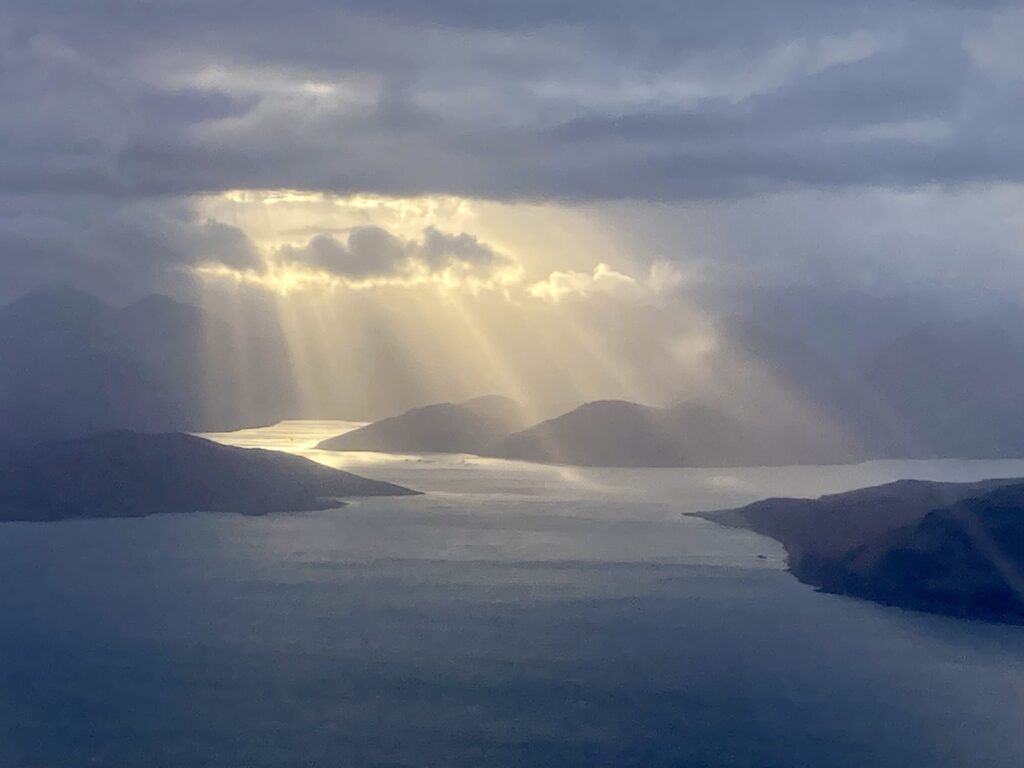
Training completed, a patient transferred and loads of flying. Another great day out, even if it was in an uncomfortable rubber suit.

